Fordham University Women’s Basketball has had an impressive run thus far in their season. With a 6-4 conference record, the Rams have performed well, even claiming a narrow victory against the top team in the Atlantic 10 (A-10), the University of Richmond, earlier this month. Standout players like graduate students Irene Murua and Taylor Donaldson have led the team toward the middle of the A-10 standings.
On the contrary, Fordham Men’s Basketball has not been seeing the same level of achievement. Placed at the bottom of the A-10, with a 2-7 conference record, the men in maroon are struggling to gain any kind of momentum this season. Players like junior Joshua Rivera and graduate student Japhet Medor can’t seem to bring the team to success despite some solid individual performances; and following Fordham’s self-imposed suspension of Head Coach Keith Urgo, the odds are not stacked in their favor.
In the previous five out of six seasons, Fordham’s women’s team has placed above the men’s team. For reference, here is a record of each team’s conference standing in previous years, starting in the 2018-19 season and going up until the 2023-24 season (women’s standing vs. men’s standing) — first vs. 14th; third vs. 13th; second vs. 14th; sixth vs. eighth; third vs. second; 10th vs. 11th.
However, despite this disparity in performance, Fordham Athletics seems to have little interest in promoting the women’s team at the same level as the men’s. According to a promotional email for the Jan. 25 women’s game and the Jan. 26 men’s game, Fordham students who attended the women’s game received a sticker sheet to celebrate Pride Night, while students who attended the men’s game received a free t-shirt, a breakfast sandwich for the first 200 students and a commemorative poster for the first 100 students. This difference in promotional content can be seen throughout the entire 2024-25 season, with the women’s team having nine games with fan giveaways, and the men’s team having 11.
In addition to the difference in quantity for these giveaways, the incentives for these giveaways are quite different in quality. Of the nine women’s games with giveaways, four of the giveaways are for items that would not particularly encourage student attendance — two free posters, a scrunchie and a Christmas ornament. There are only two giveaways at the men’s games that reflect the same low-value nature.
Attention towards women’s sports as a whole has always paled in comparison to that of men’s sports. Players like University of Connecticut senior Paige Bueckers and University of Iowa alum Caitlin Clark have brought a new wave of viewers towards women’s sports, especially on social media platforms. However, this attention cannot make up for the consistent and systemic lack of coverage of women’s sports. According to a study by Purdue University and the University of Southern California, over the course of three decades, there has been “little change in the quantitative apportionment of coverage of women’s and men’s sports.” The study, which gathers data every five years, found that in 2019, only 5.7% of total television and highlight coverage of sports was dedicated to women players and teams. However, this number is an average. During some months where there were no major women’s sporting events, coverage was as low as 0.7%.
Contrary to what many men’s sports enthusiasts will tell you, it’s not because women’s sports are less competitive or women are worse at the game. It is because the sports media industry is overwhelmingly homogenous. In fact, sports media has the worst ratio of women to men in reporting, with women reporting on 15% of sports news and men reporting on 82%. Men are reporting on women secondarily and with less enthusiasm. However, the question of how to fix this boils down to a chicken-and-egg question: should the media create an audience for women’s sports, or should they promote what audiences already watch?
In the case of Fordham Basketball, promotional content needs to be balanced between our women’s and men’s teams, or be even more focused on our women’s team at this moment. It is entirely possible to create demand for women’s basketball — a team which has thus far performed better than our men’s team. Fordham Athletics can and should create an audience for our women’s basketball team, not only because they perform better than the men’s team, but because they are amazingly talented players in their own right who deserve to have loud and enthusiastic crowds at all of their games.
Encouraging student attendance at our women’s basketball games will get people excited about the sport and give our hard-working players an audience. Our women’s basketball games should be just as much of an event as our men’s games. Exciting casters, halftime performances and fan shooting contests make college-level sports games something worthwhile. I have attended almost every basketball game this season, and even amongst men’s games, there is an obvious difference in attendance between games that offer incentives and those that do not. The blatant inequalities in promotion between our women’s and men’s team are only perpetuating the inequalities of sports media as a whole — balancing the number of free t-shirt and Chick-Fil-A sandwich offerings across both teams may be a first step towards addressing the issue.
Cailee Zeraat, FCRH ’25, is an English major from Fairfax, Va.
—
Editor’s Note: A previous version of this article erroneously stated that the women’s basketball team has six games with fan giveaways, and the men’s team has 11. The actual numbers have been updated in the above version.

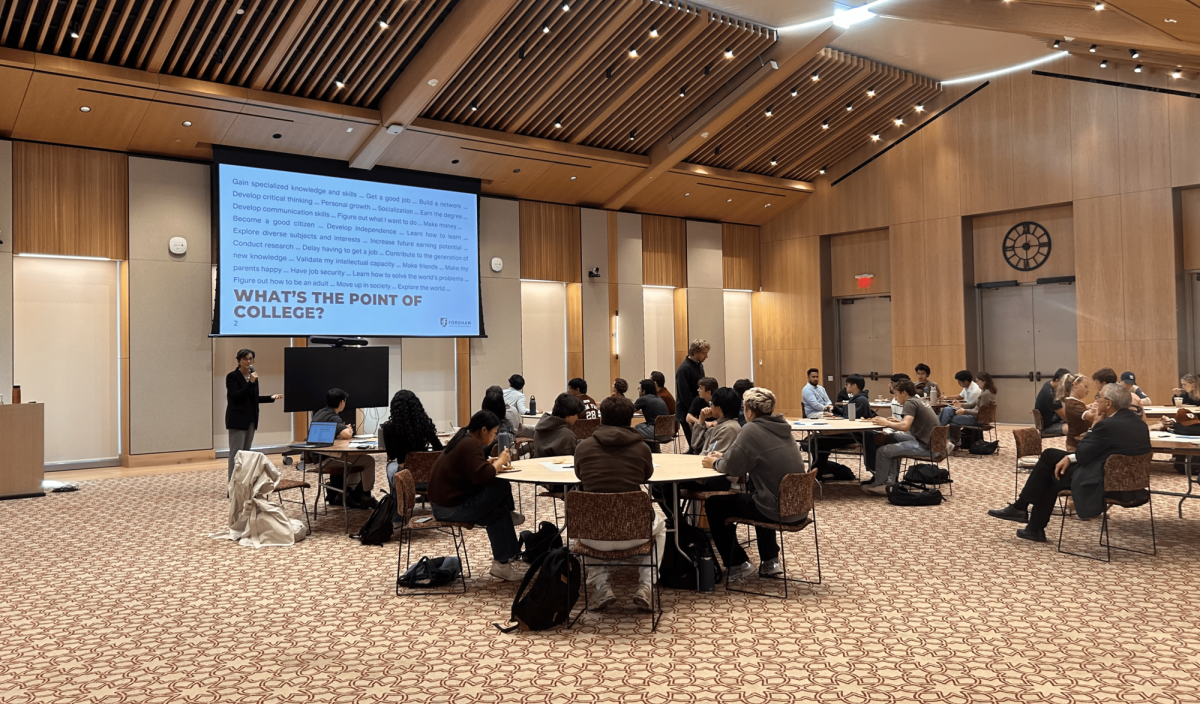




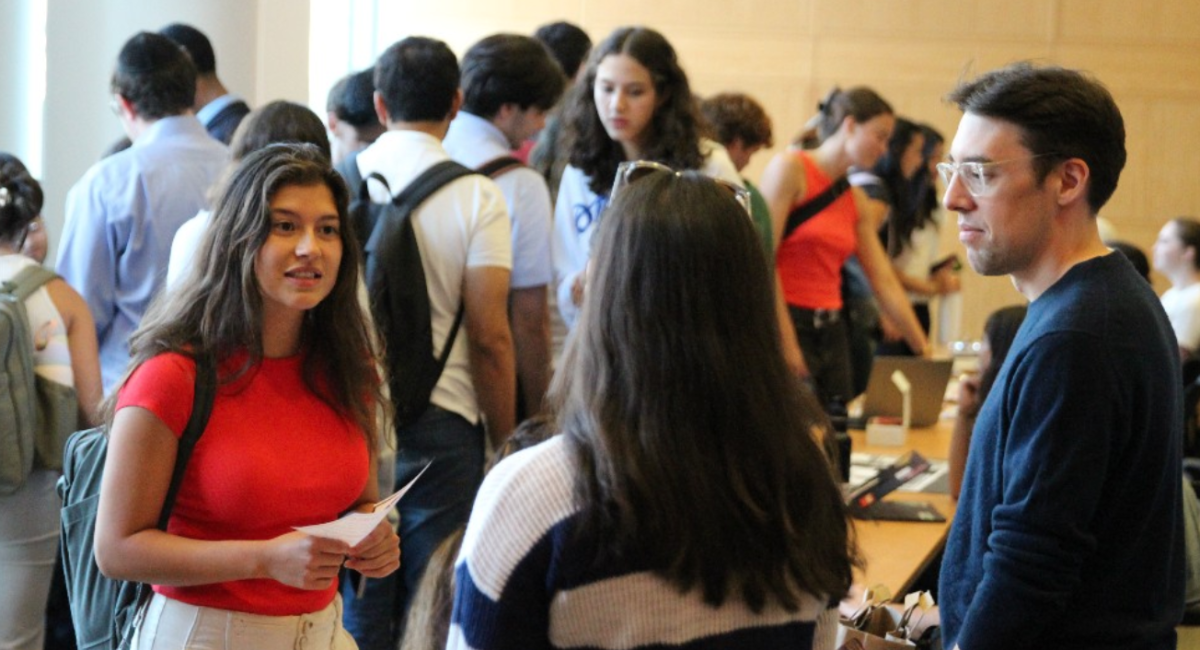














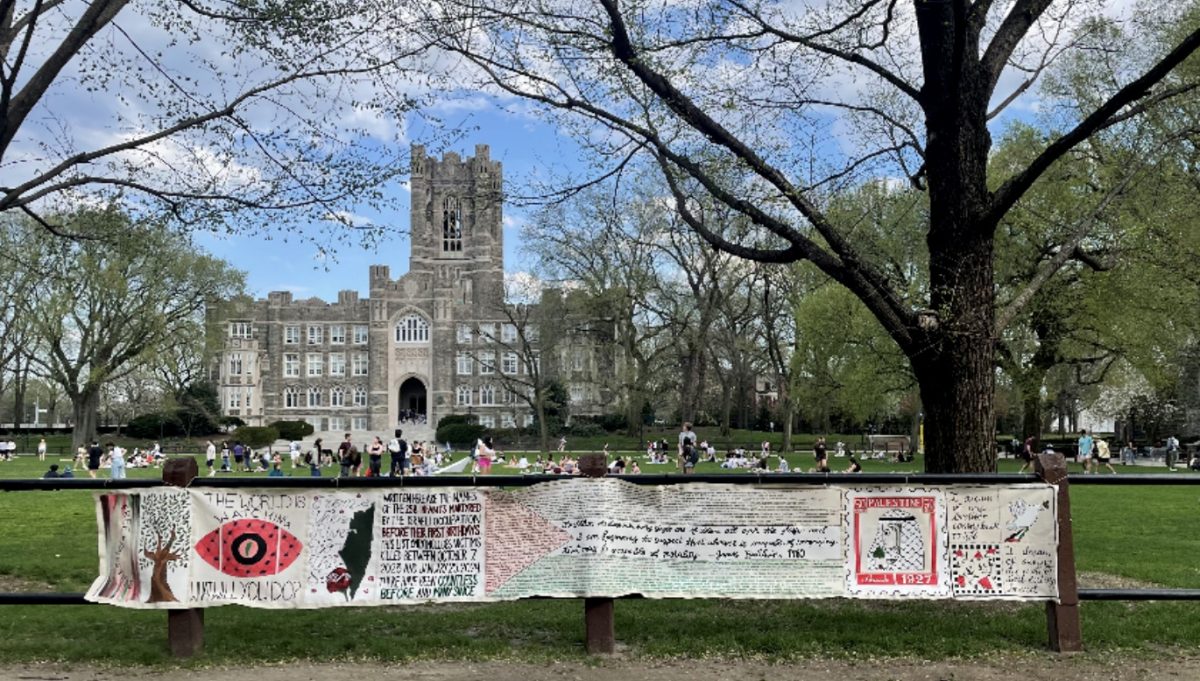













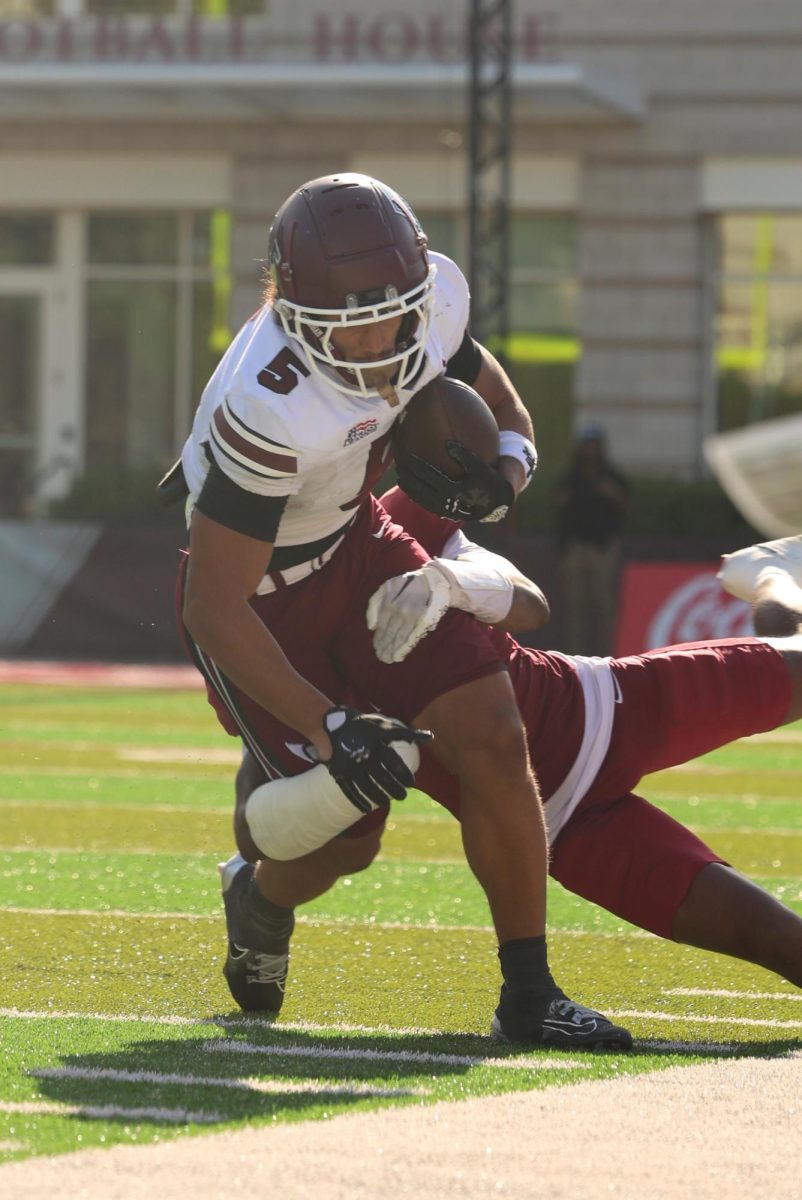


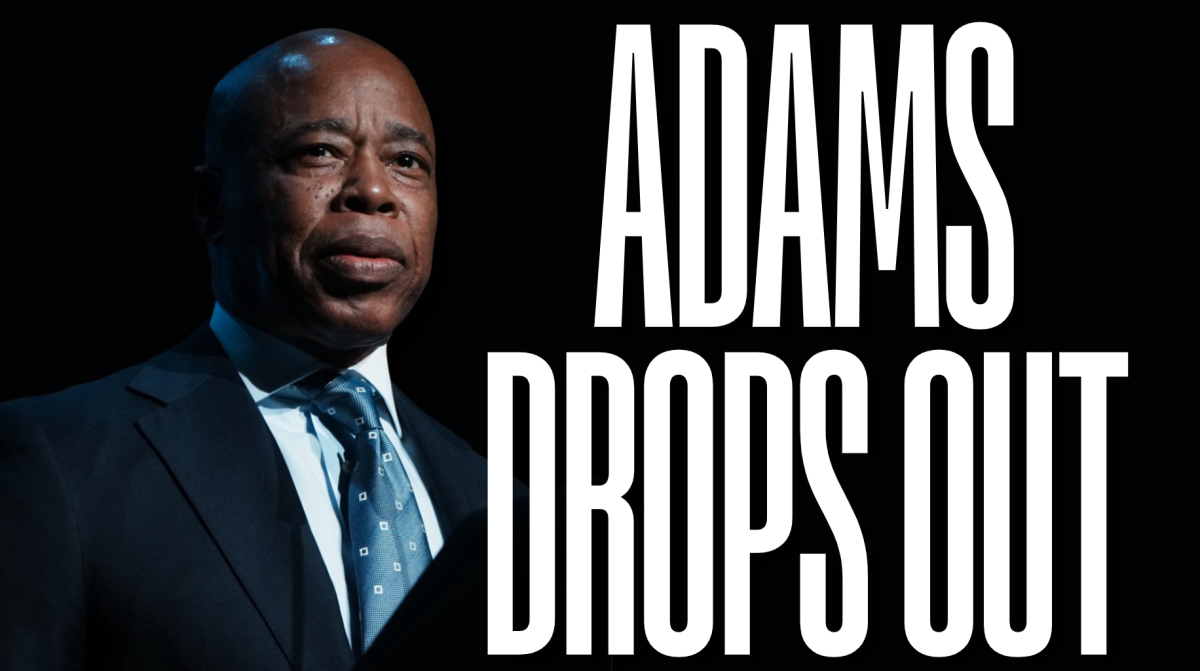
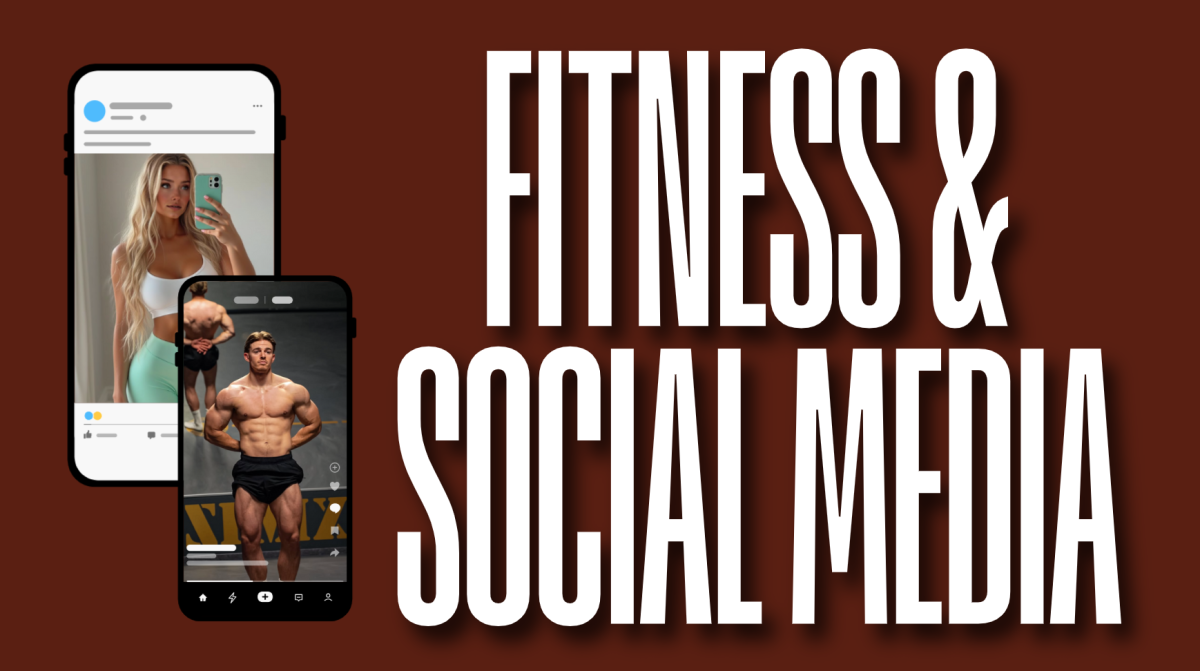
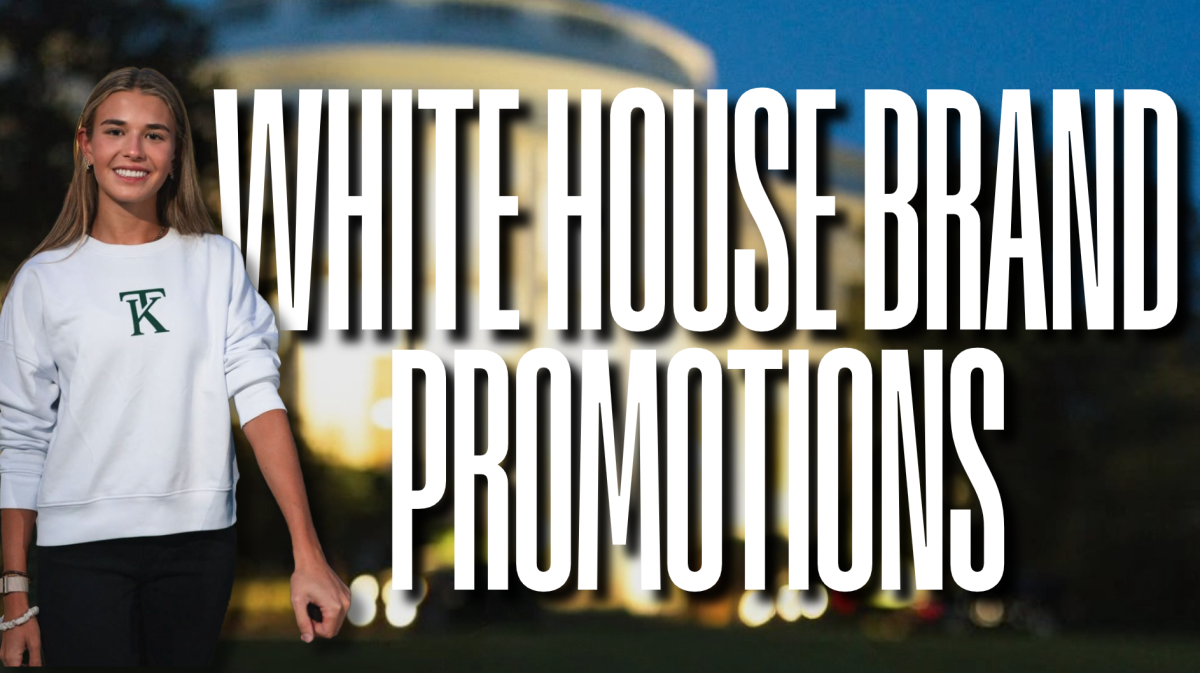












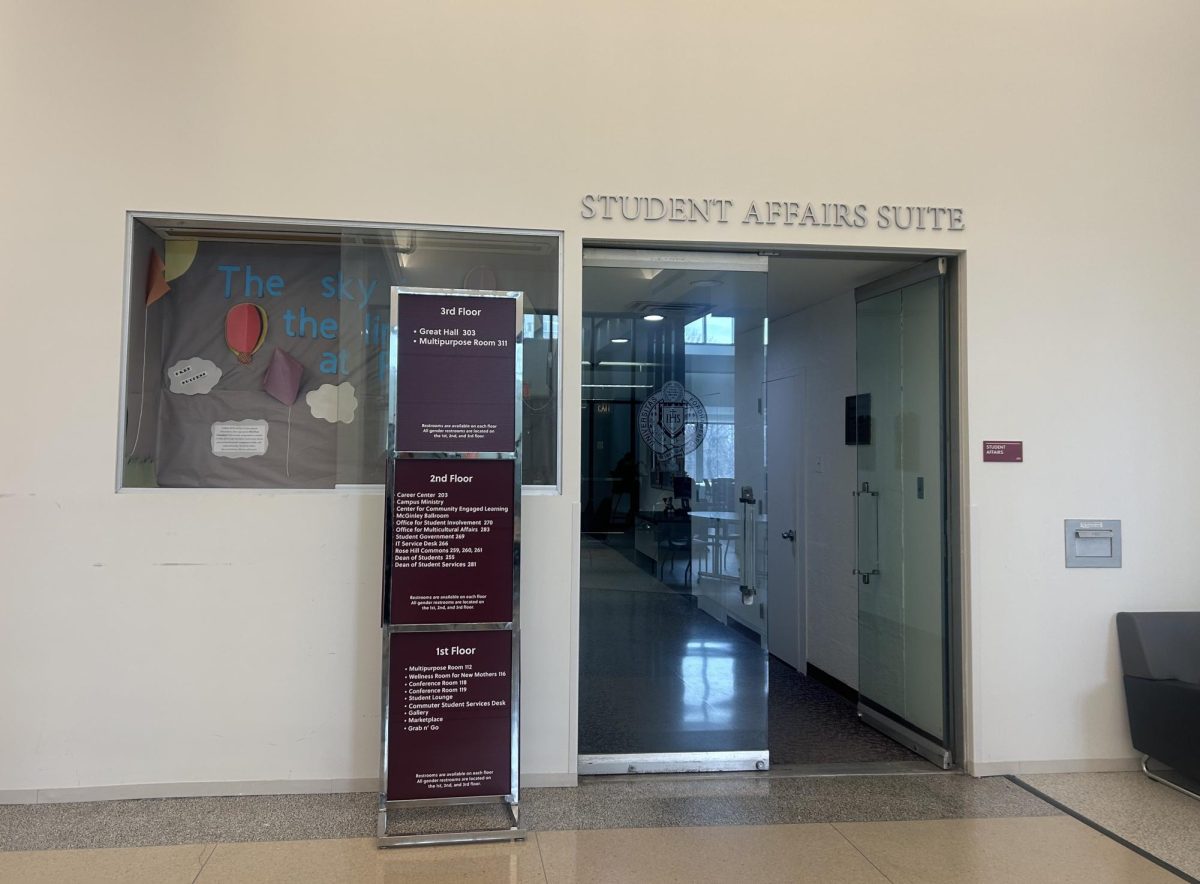




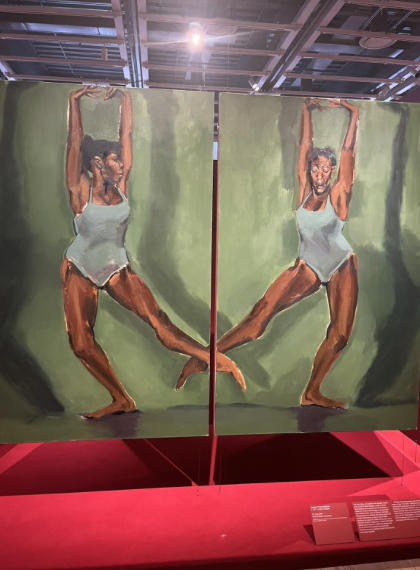


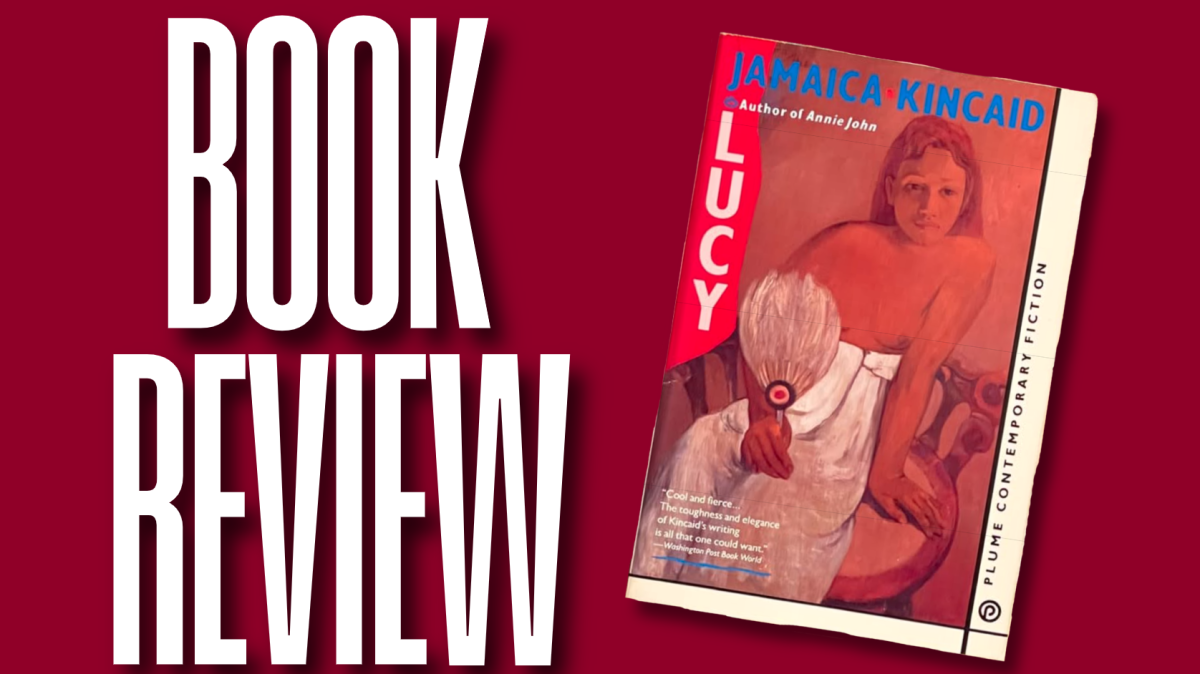
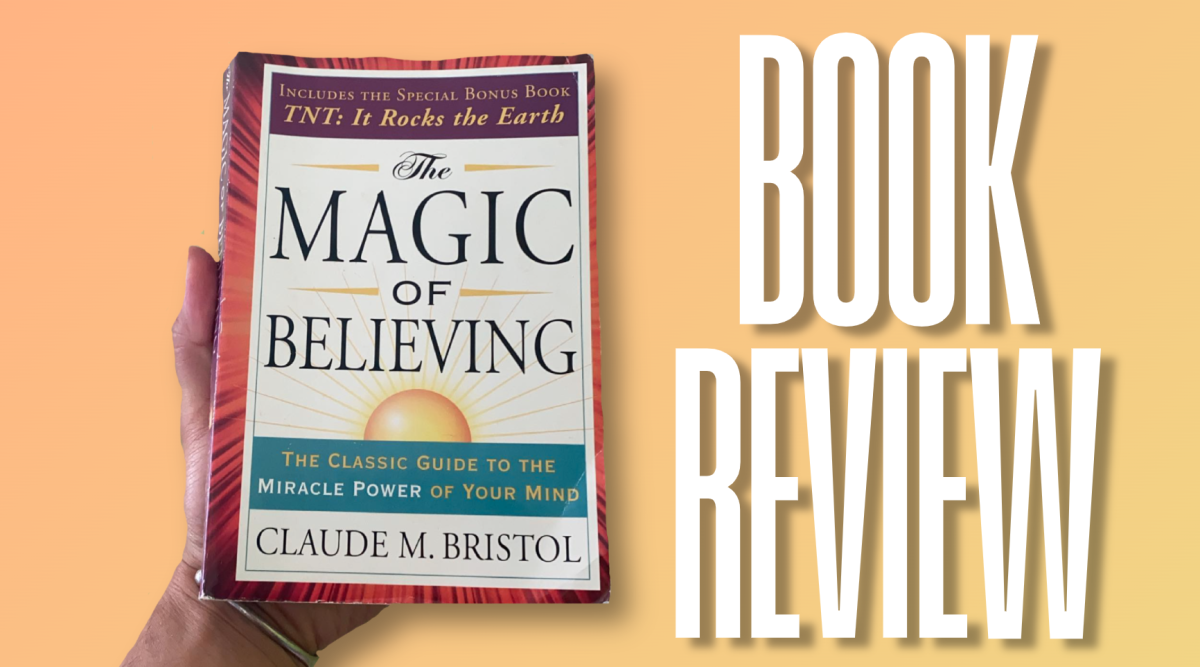
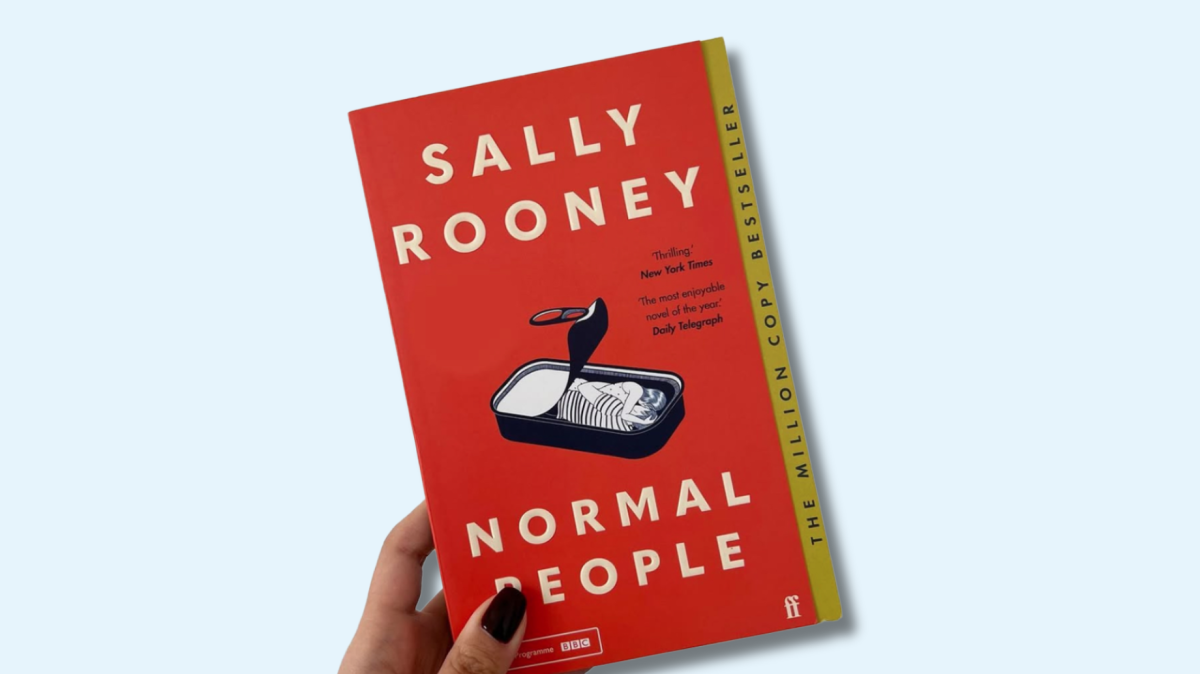
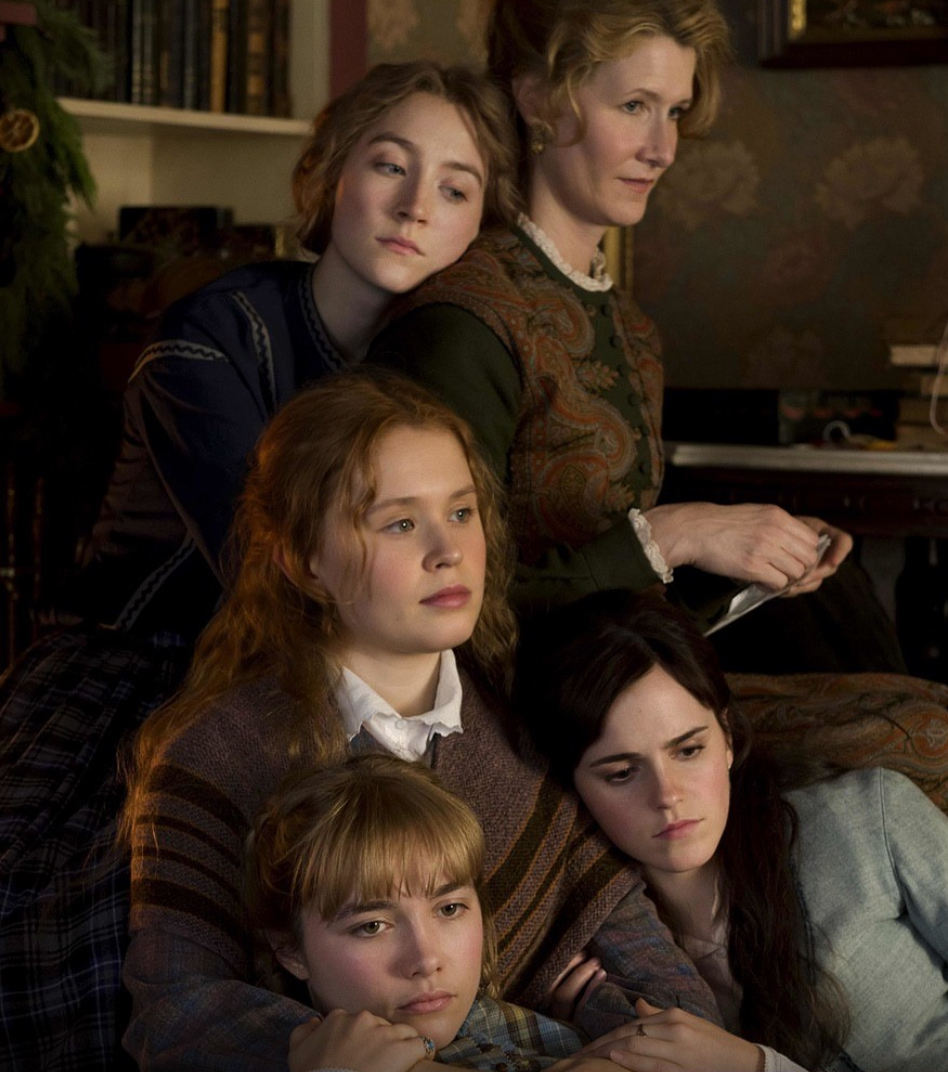

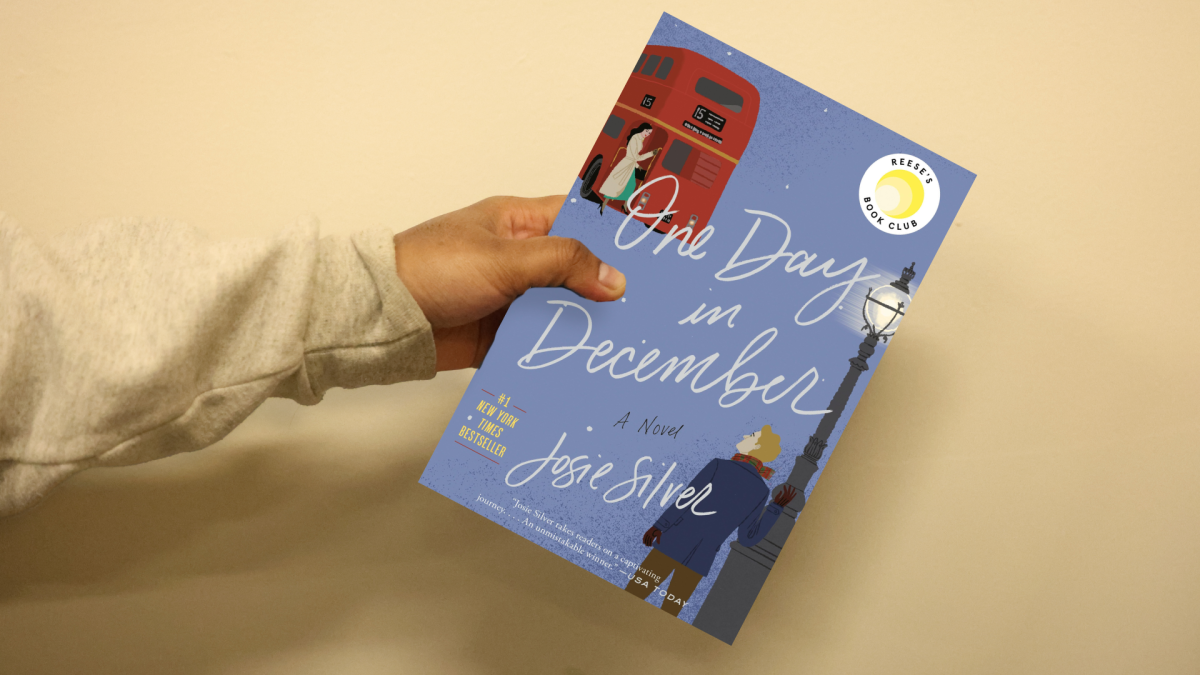
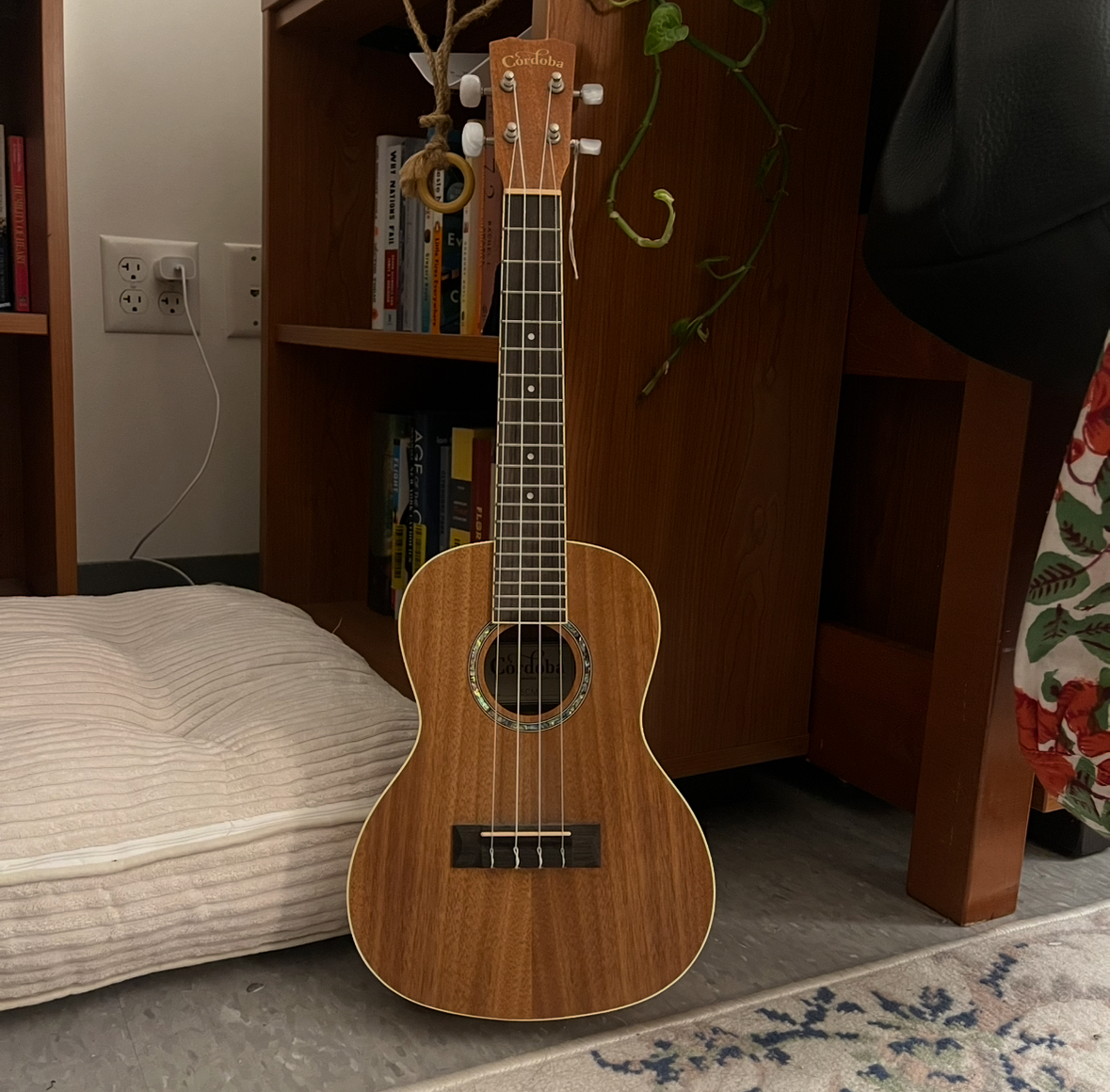
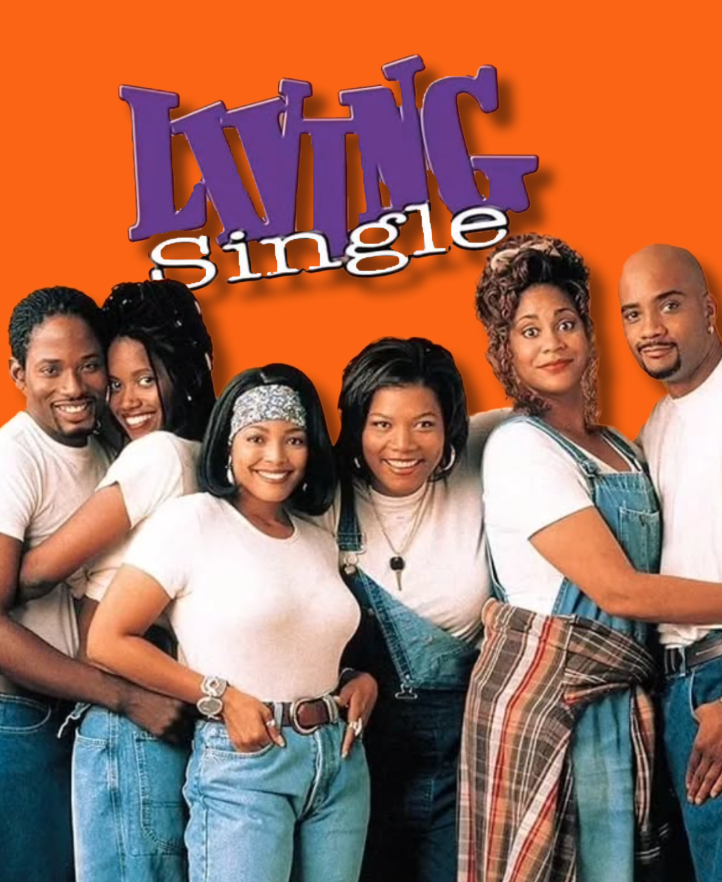


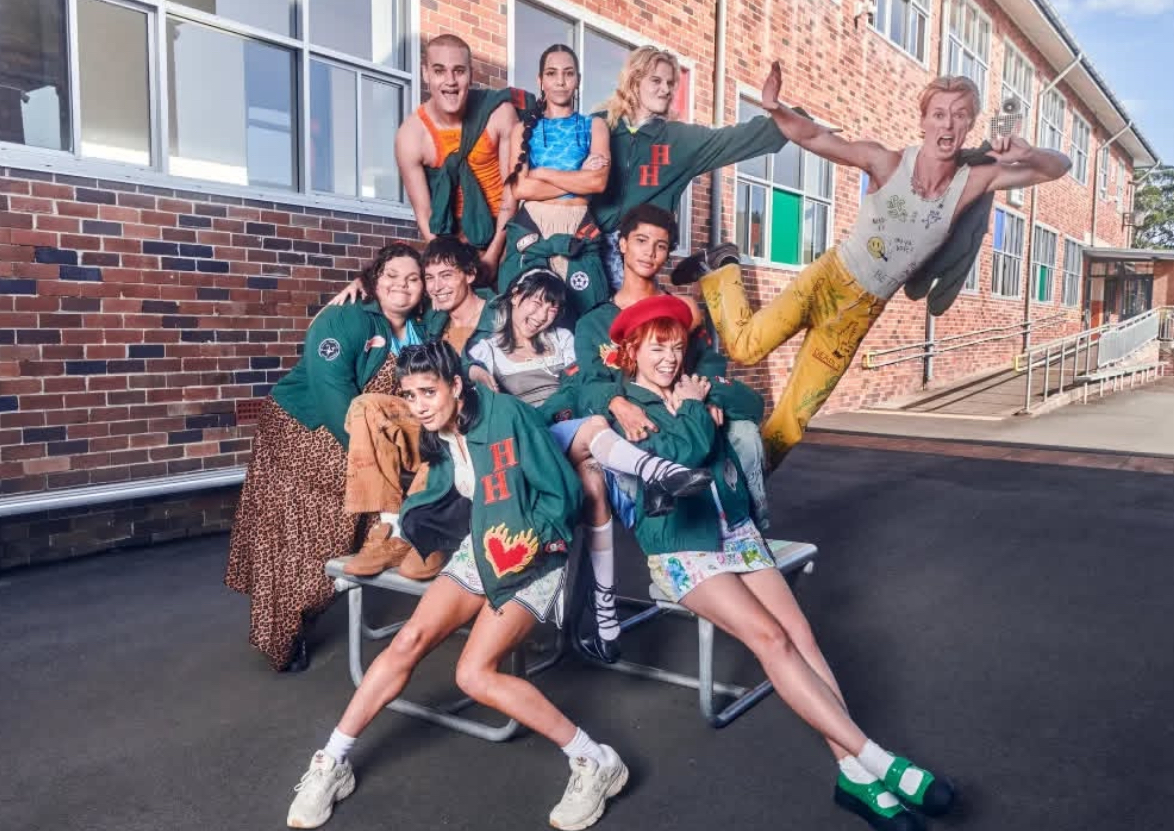
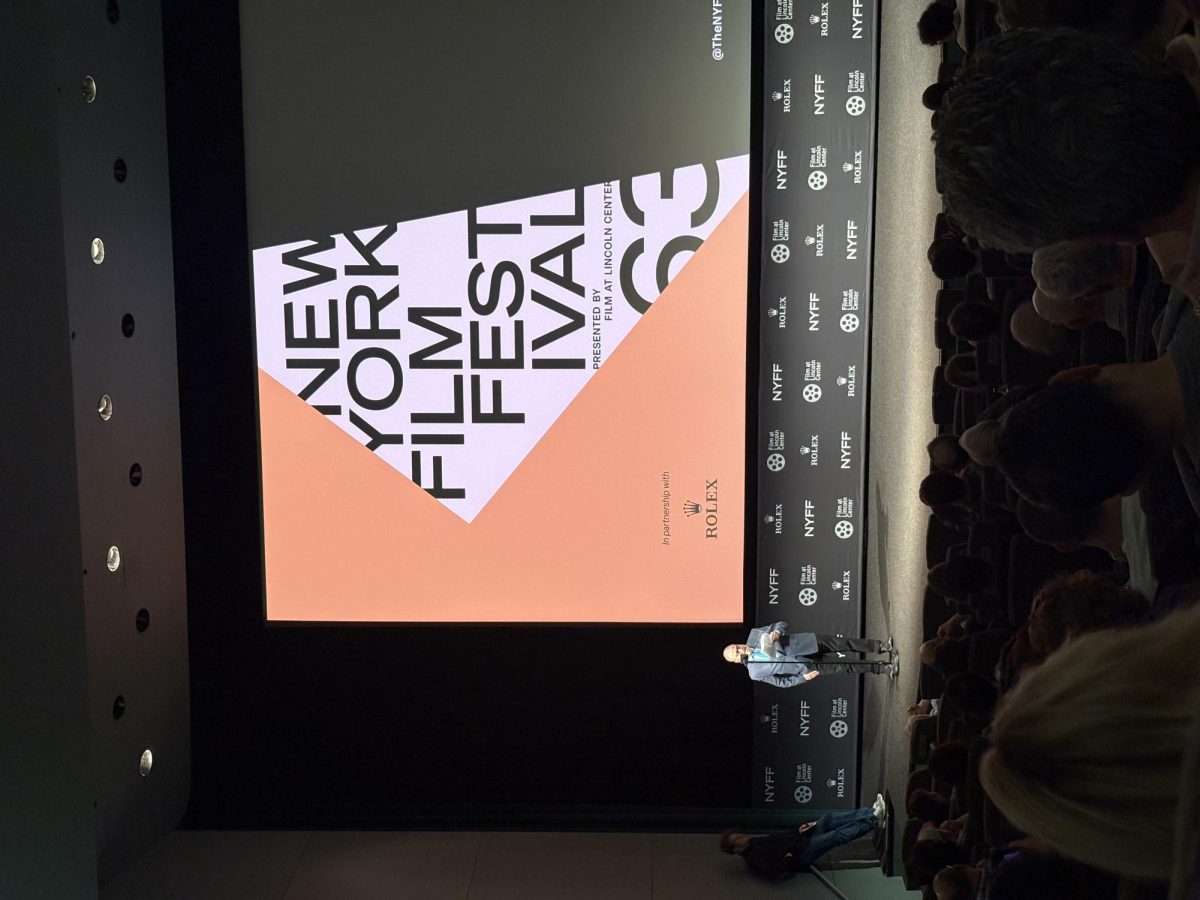
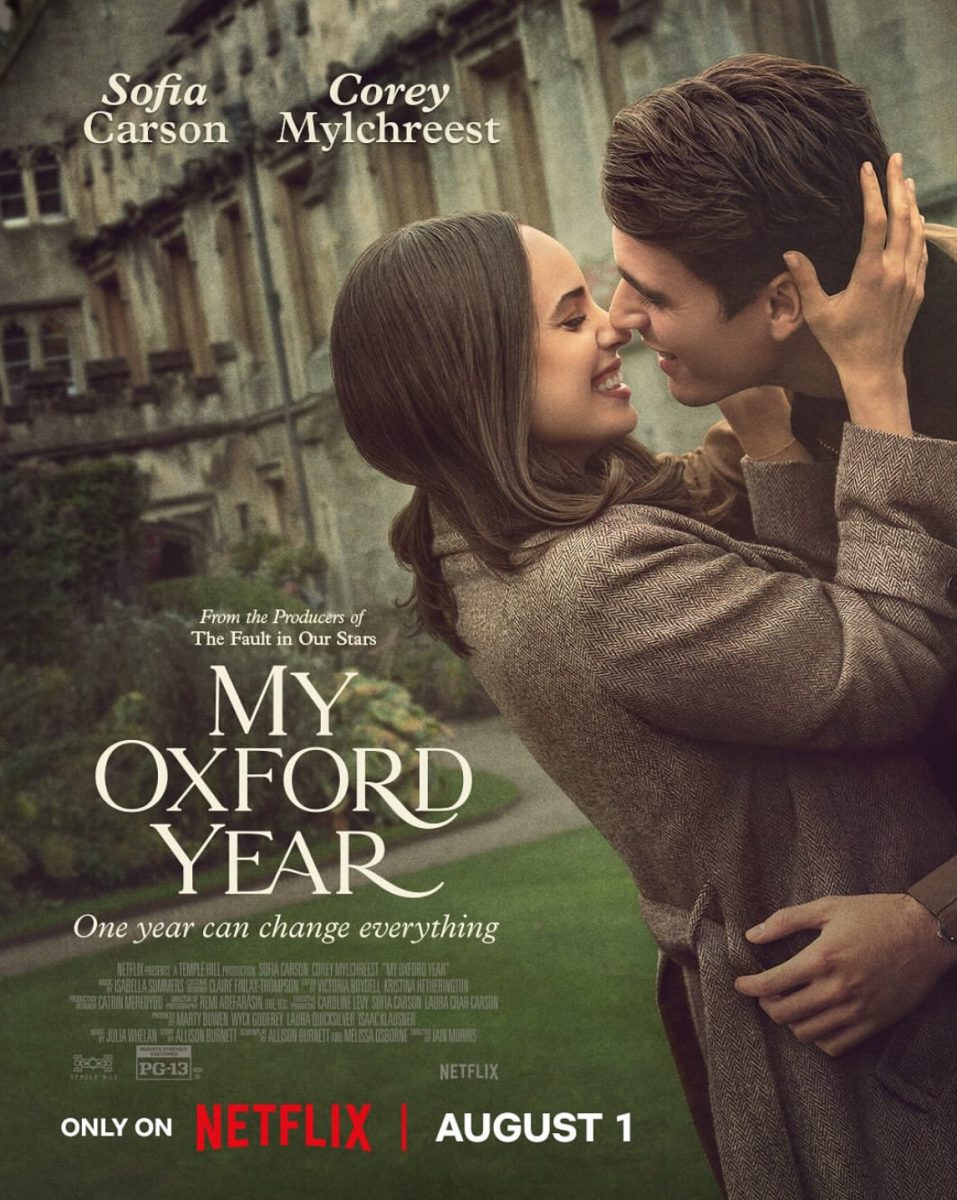

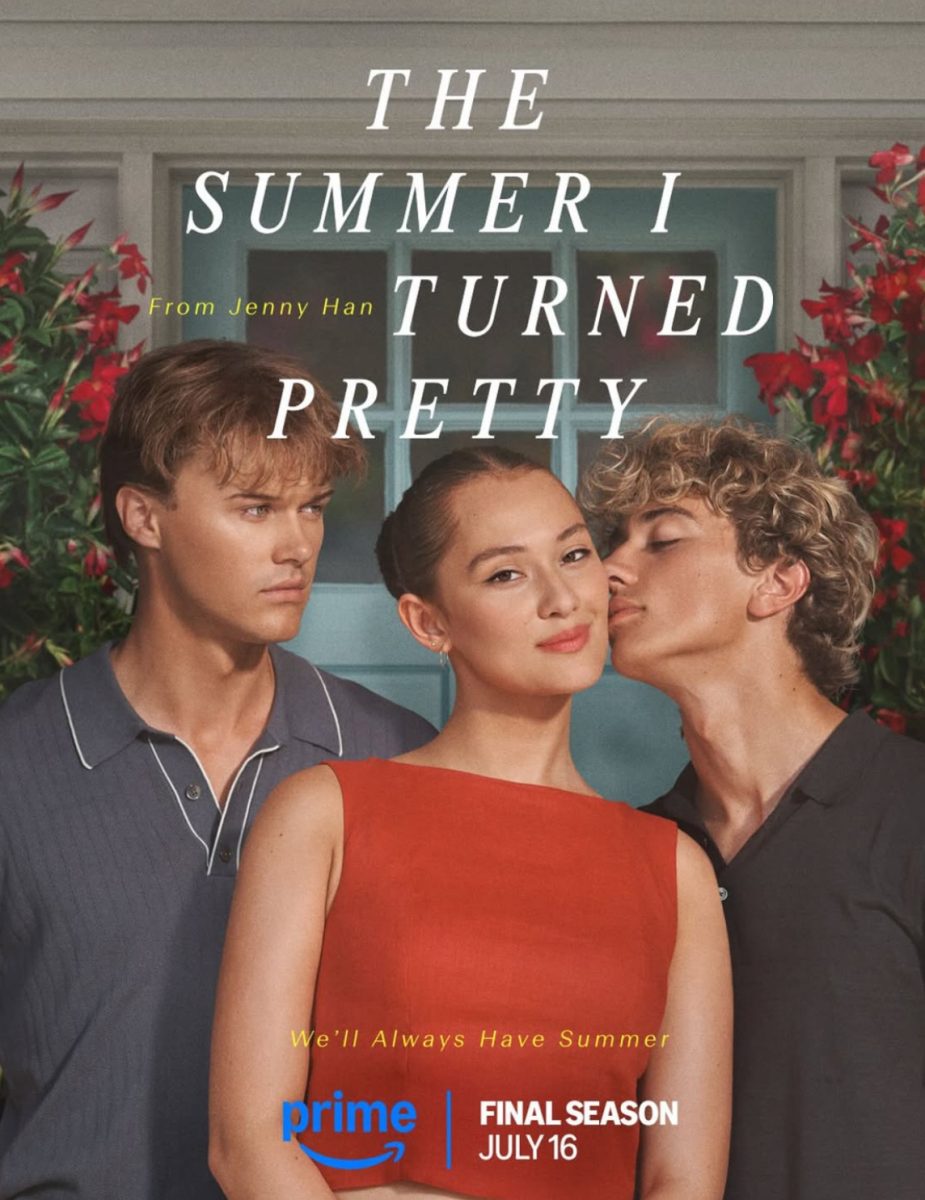






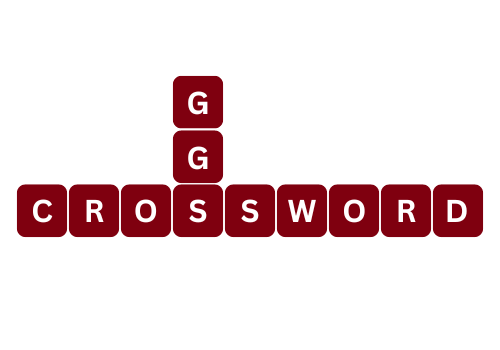

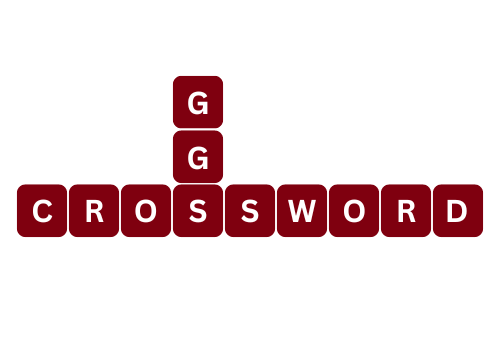

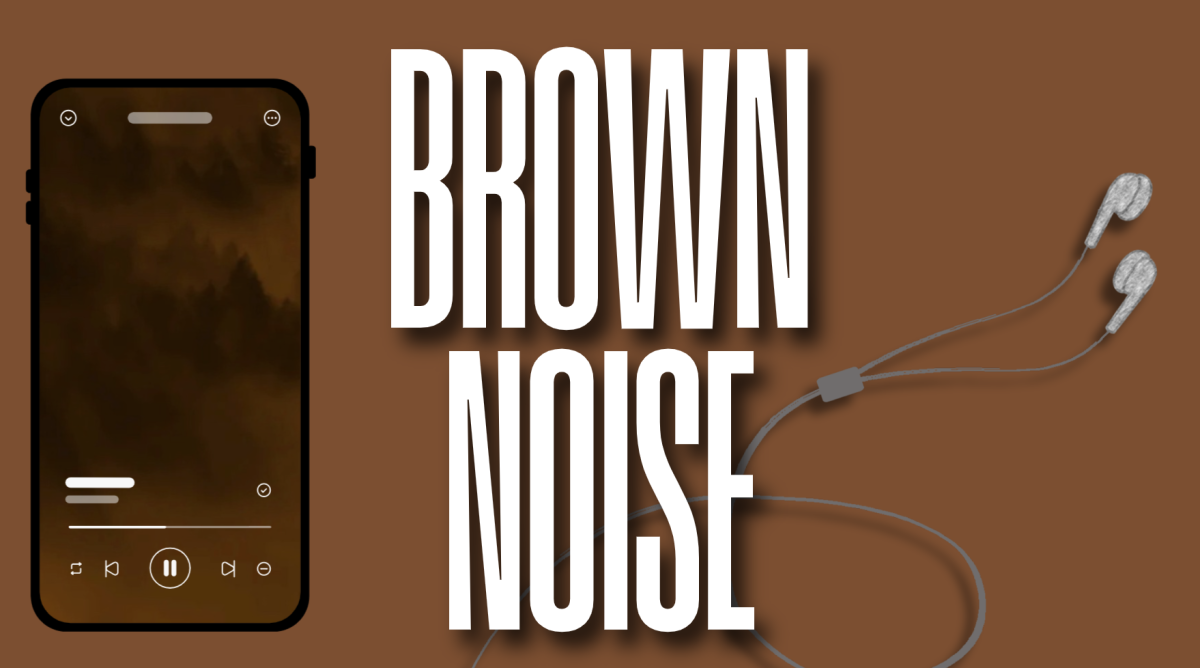
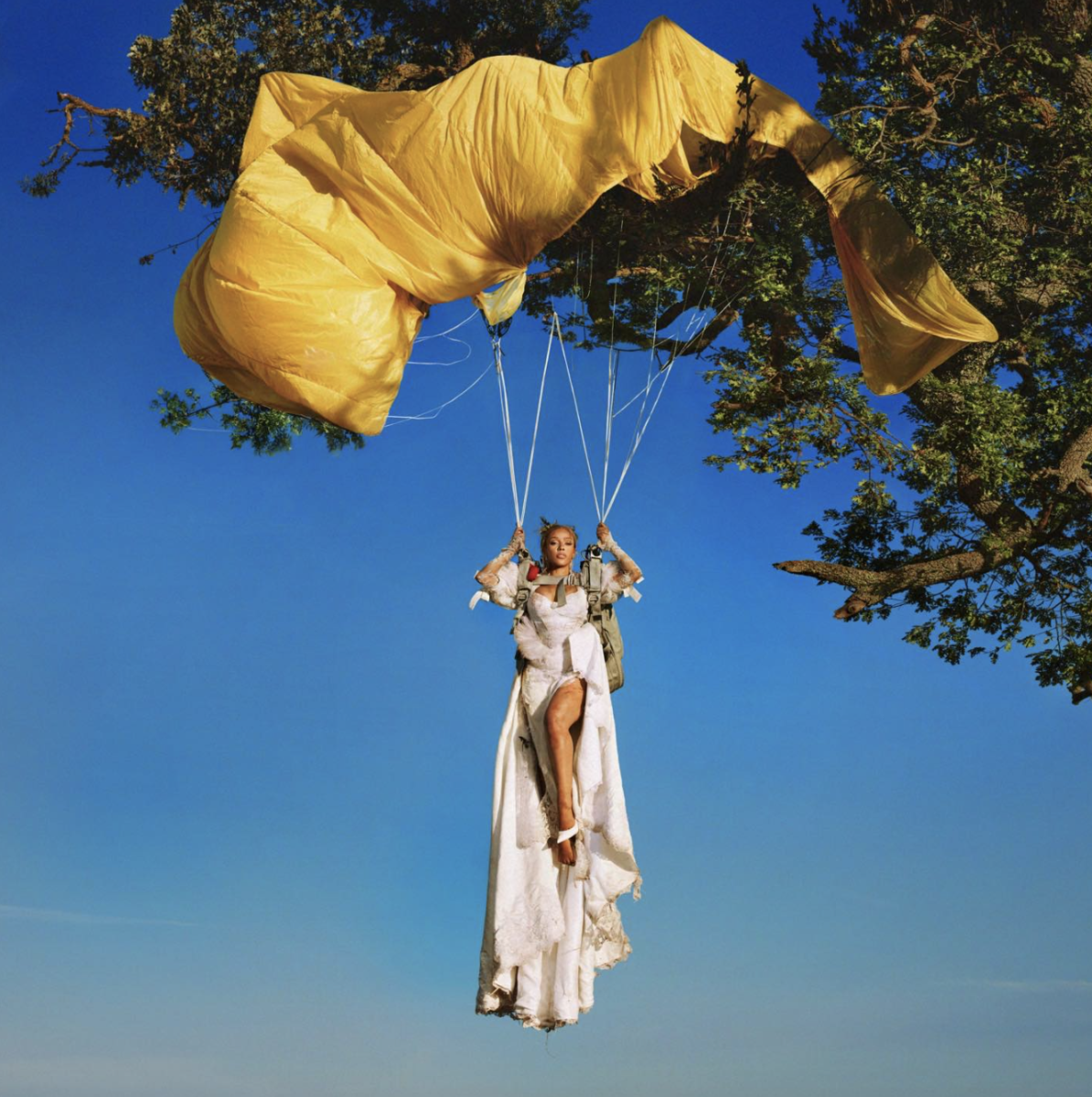
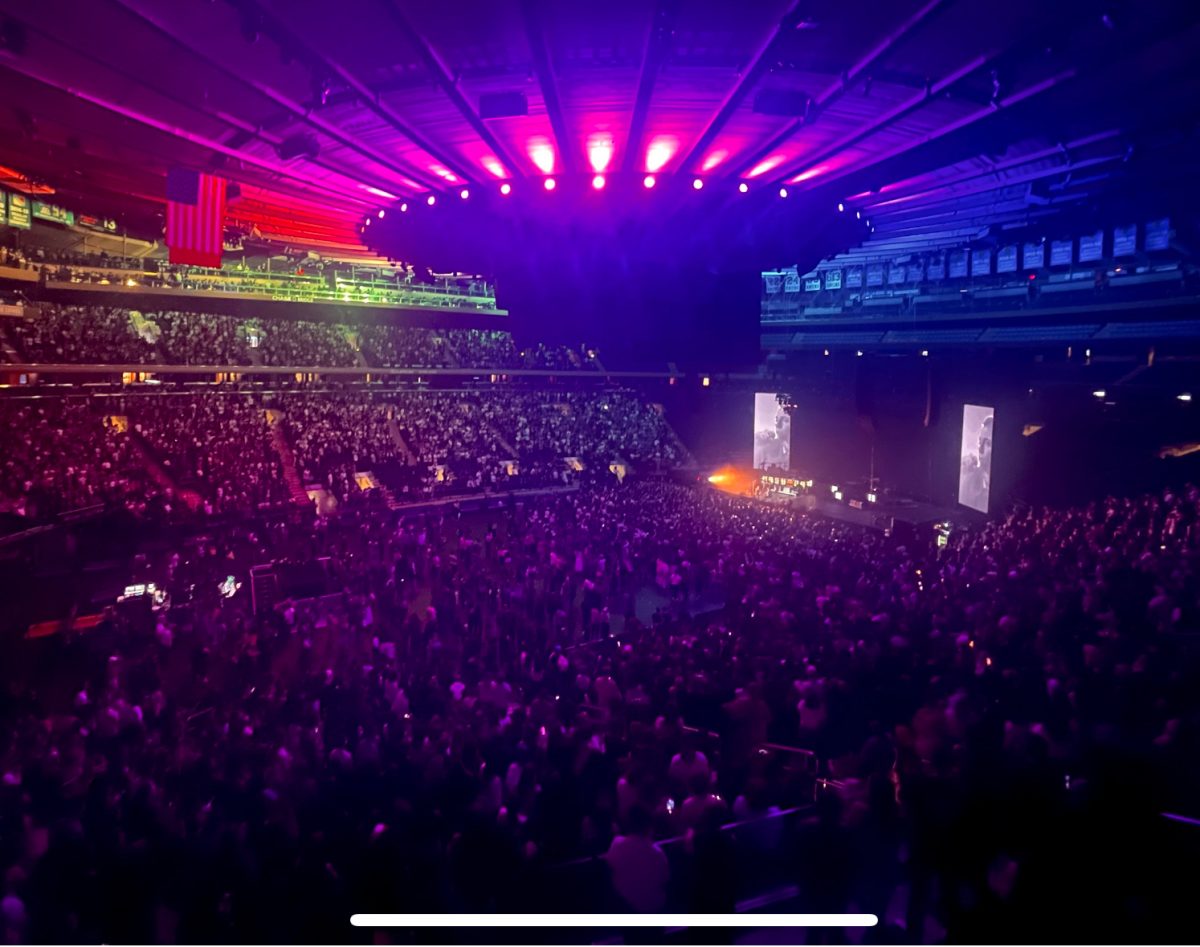









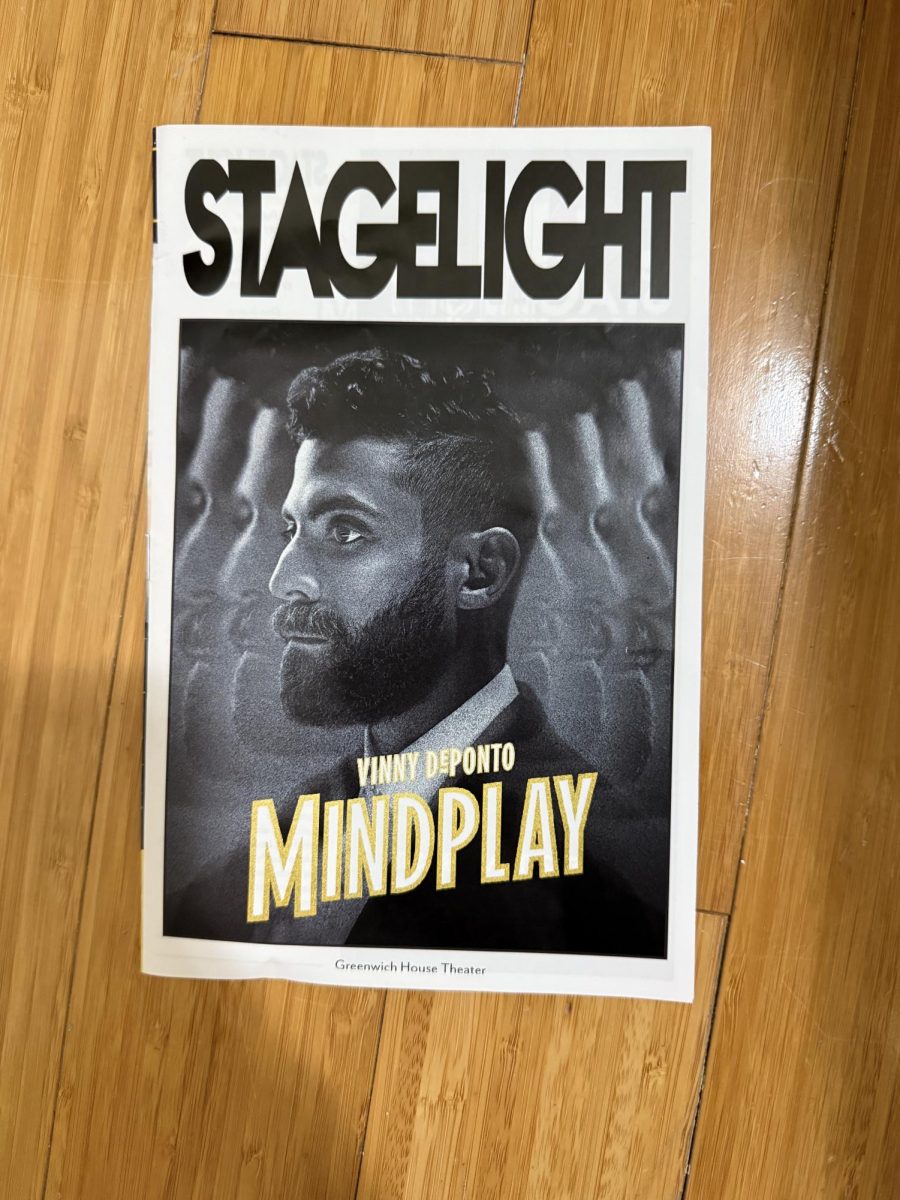

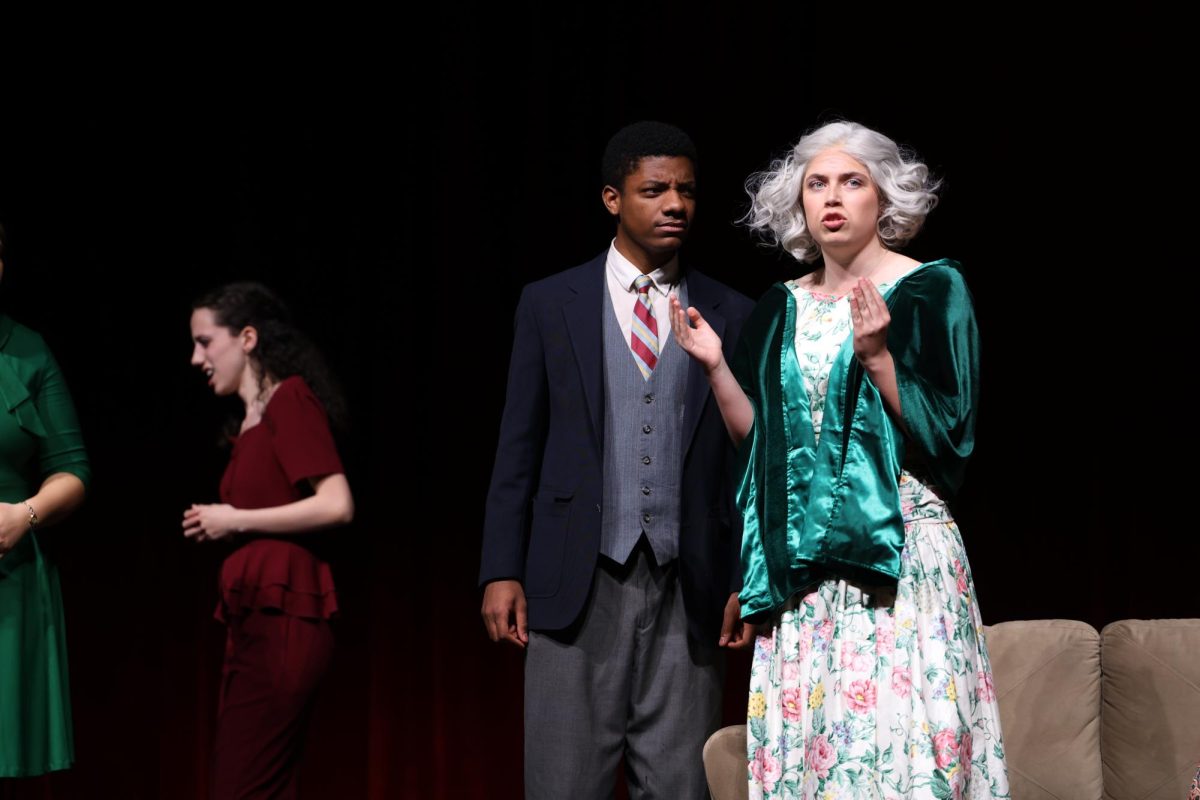
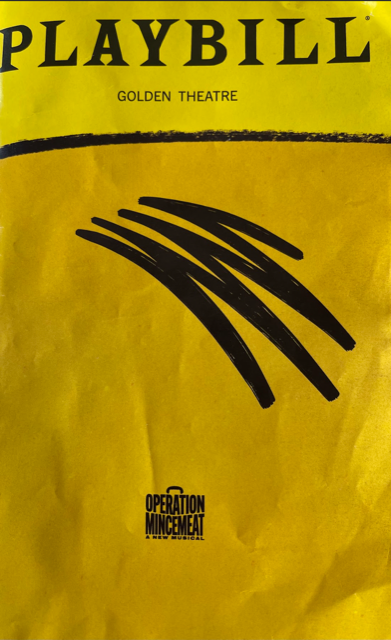
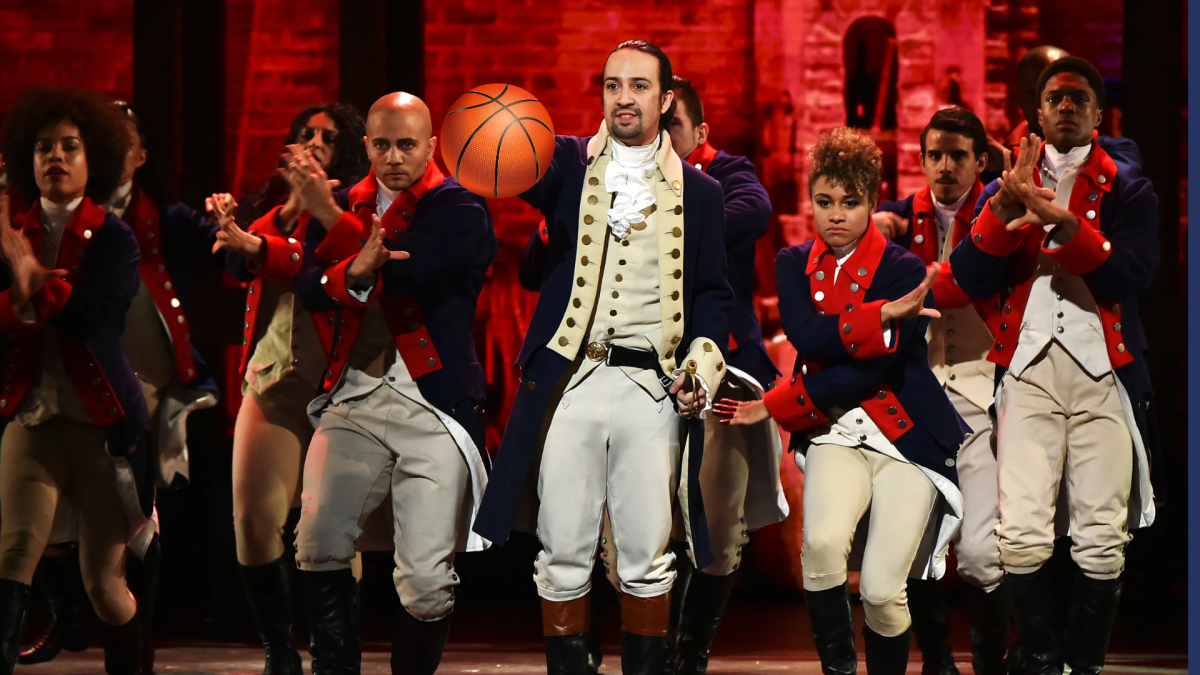




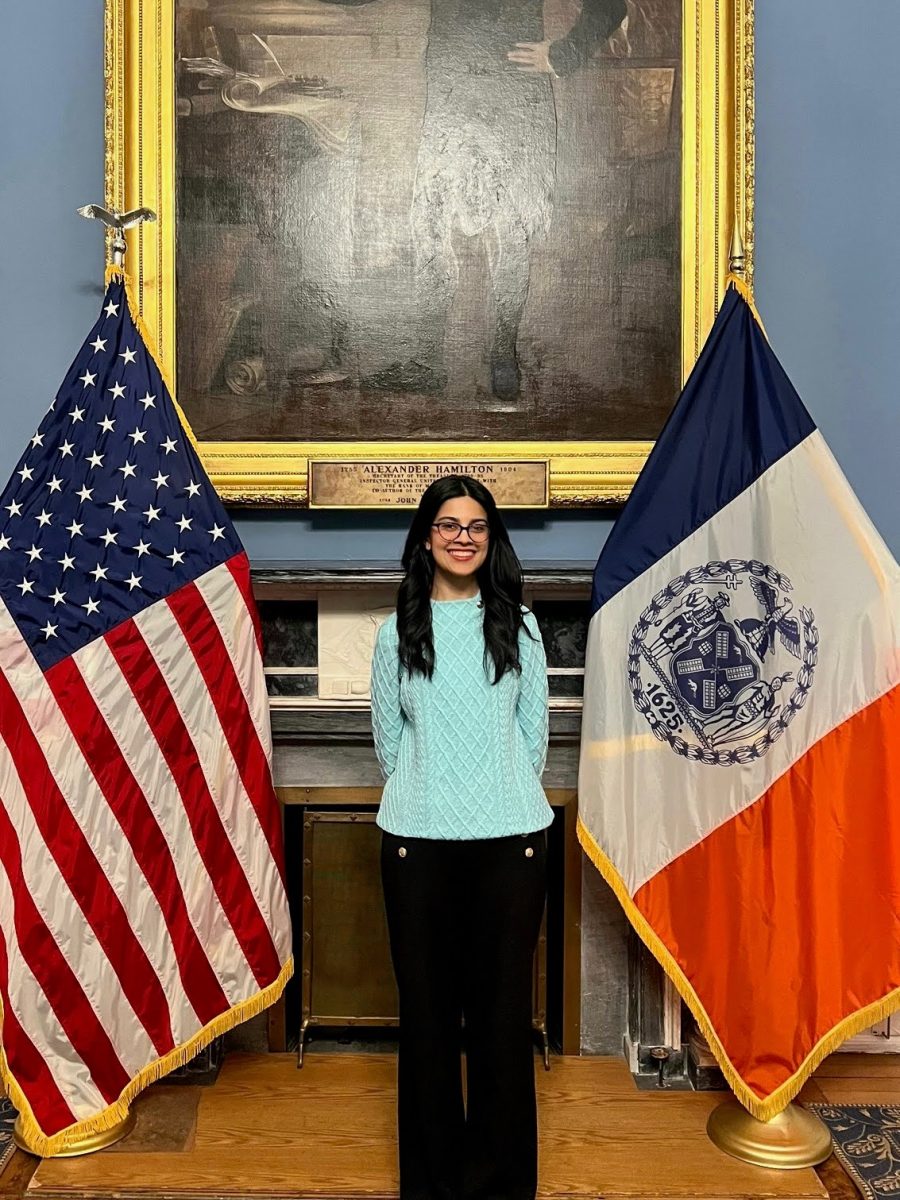

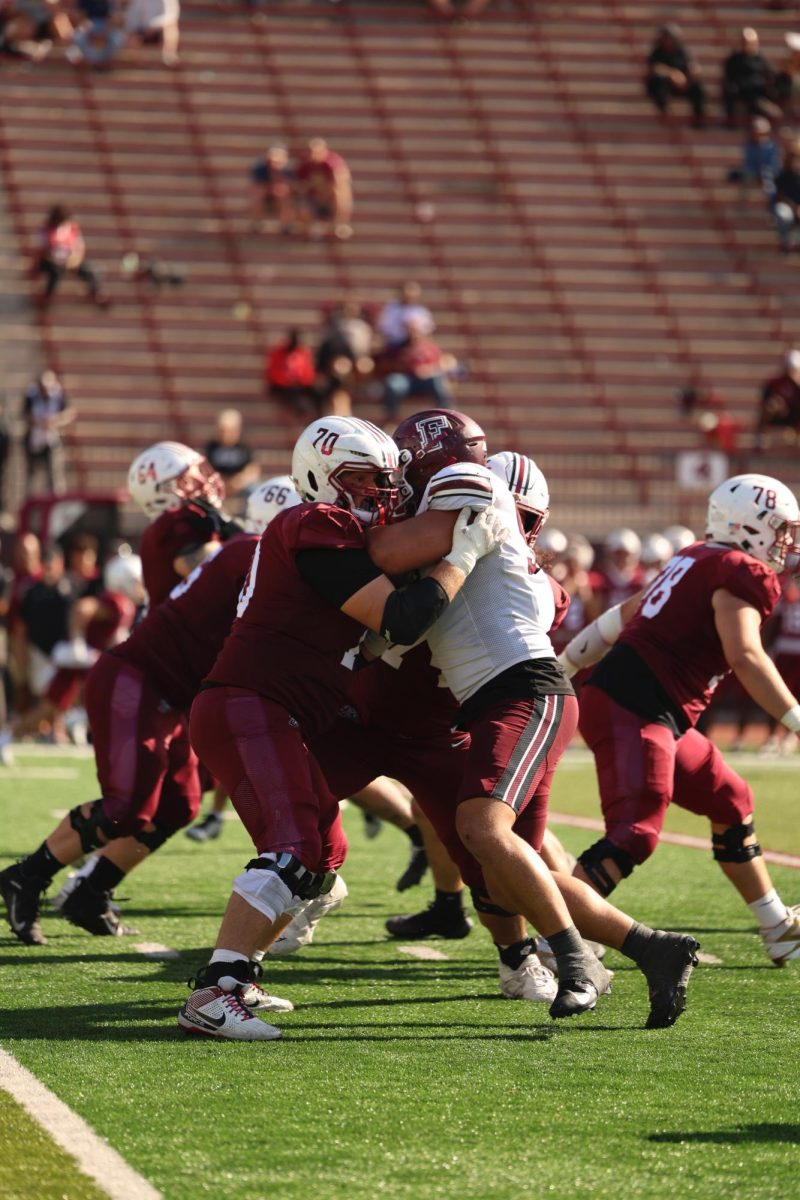
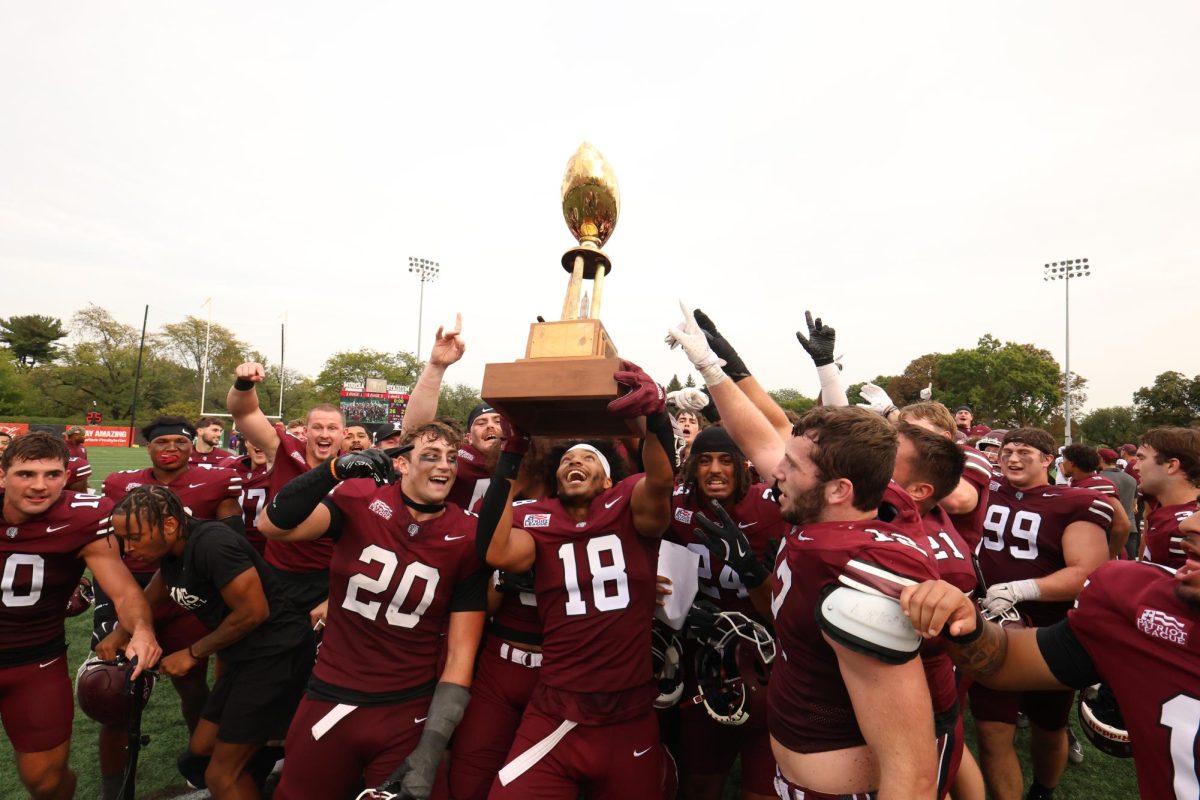

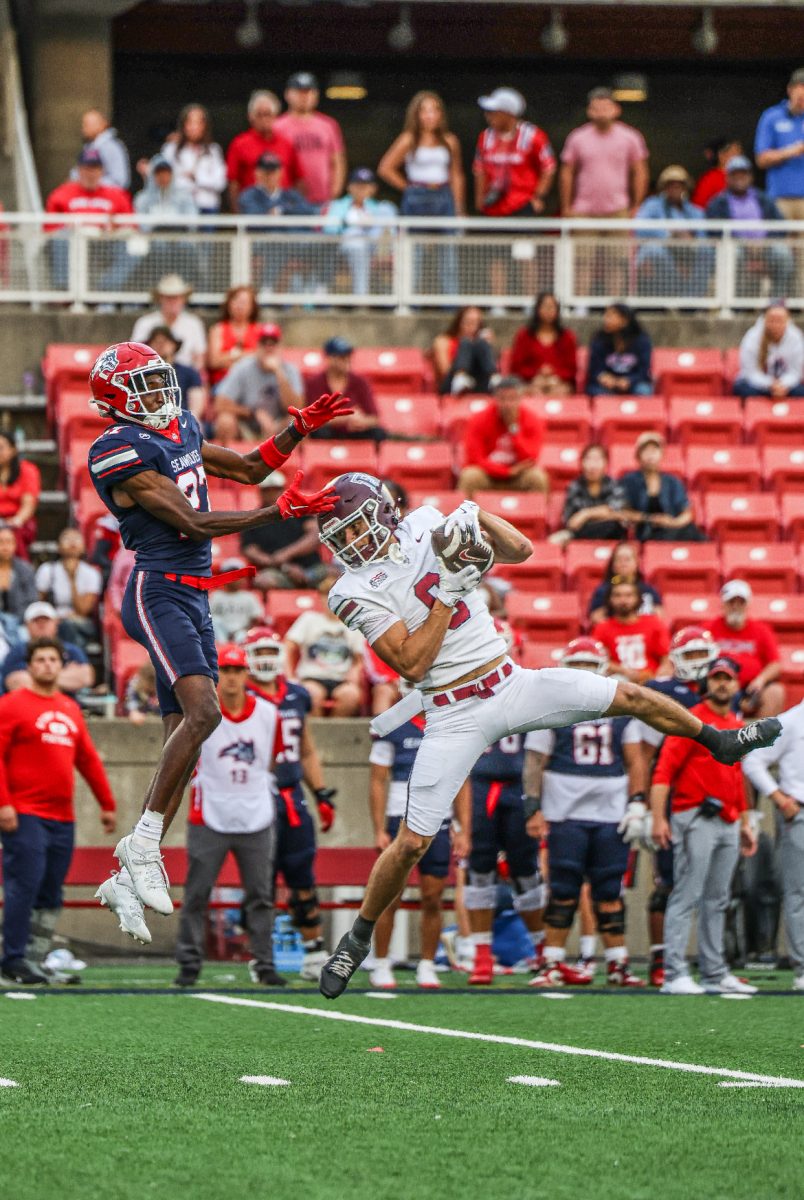

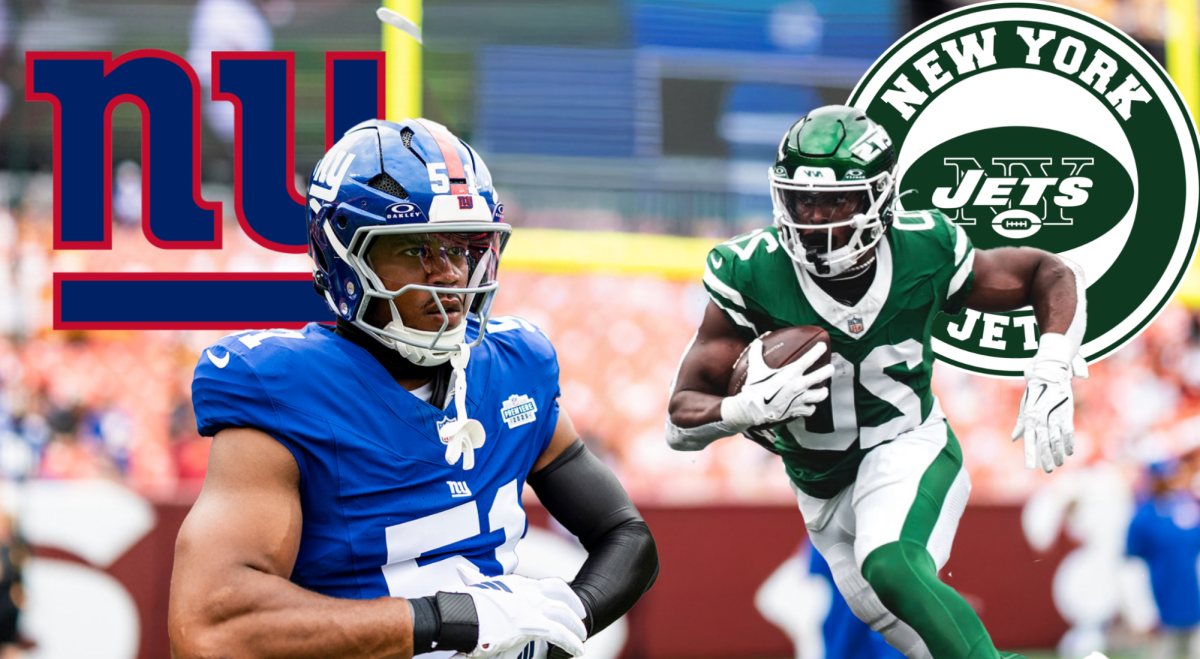
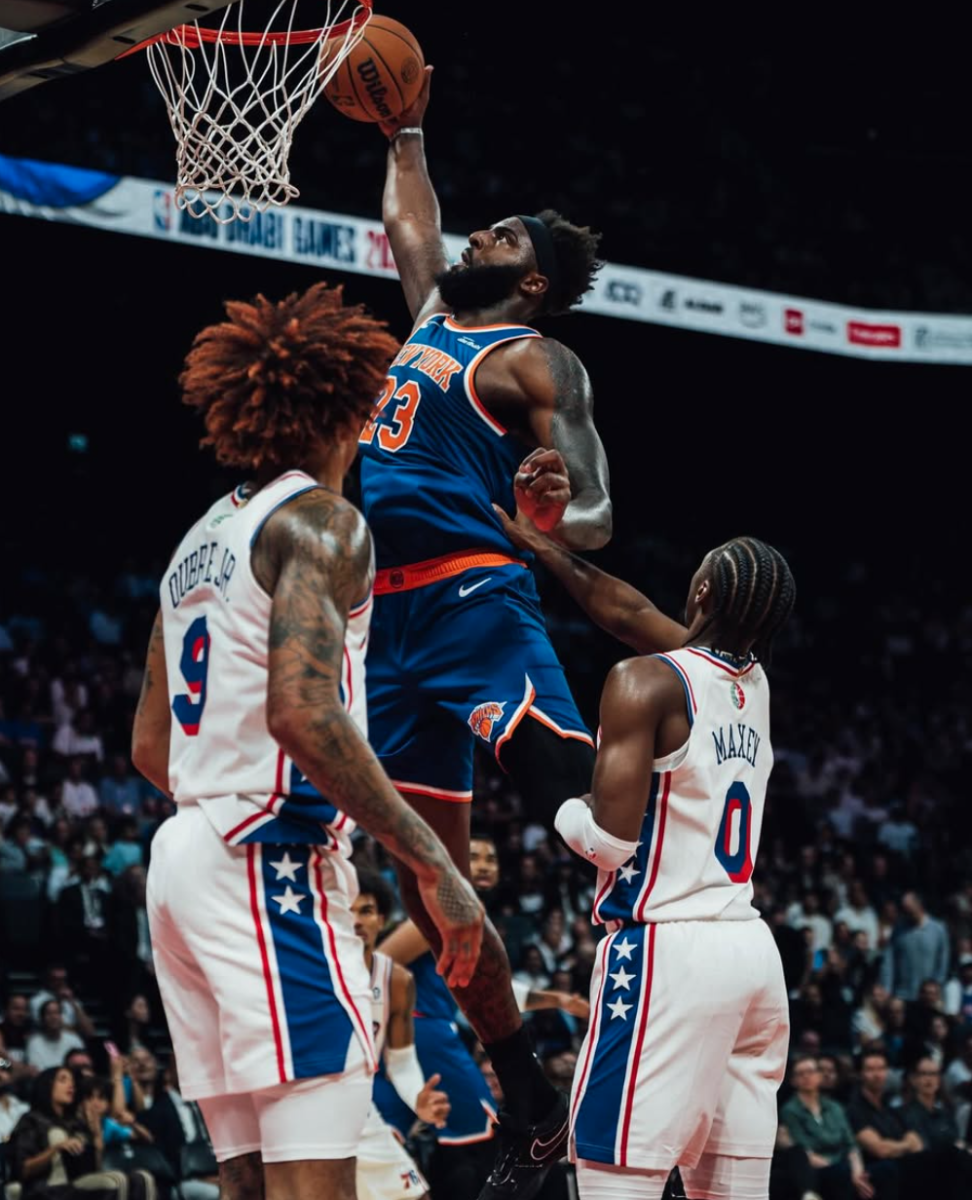

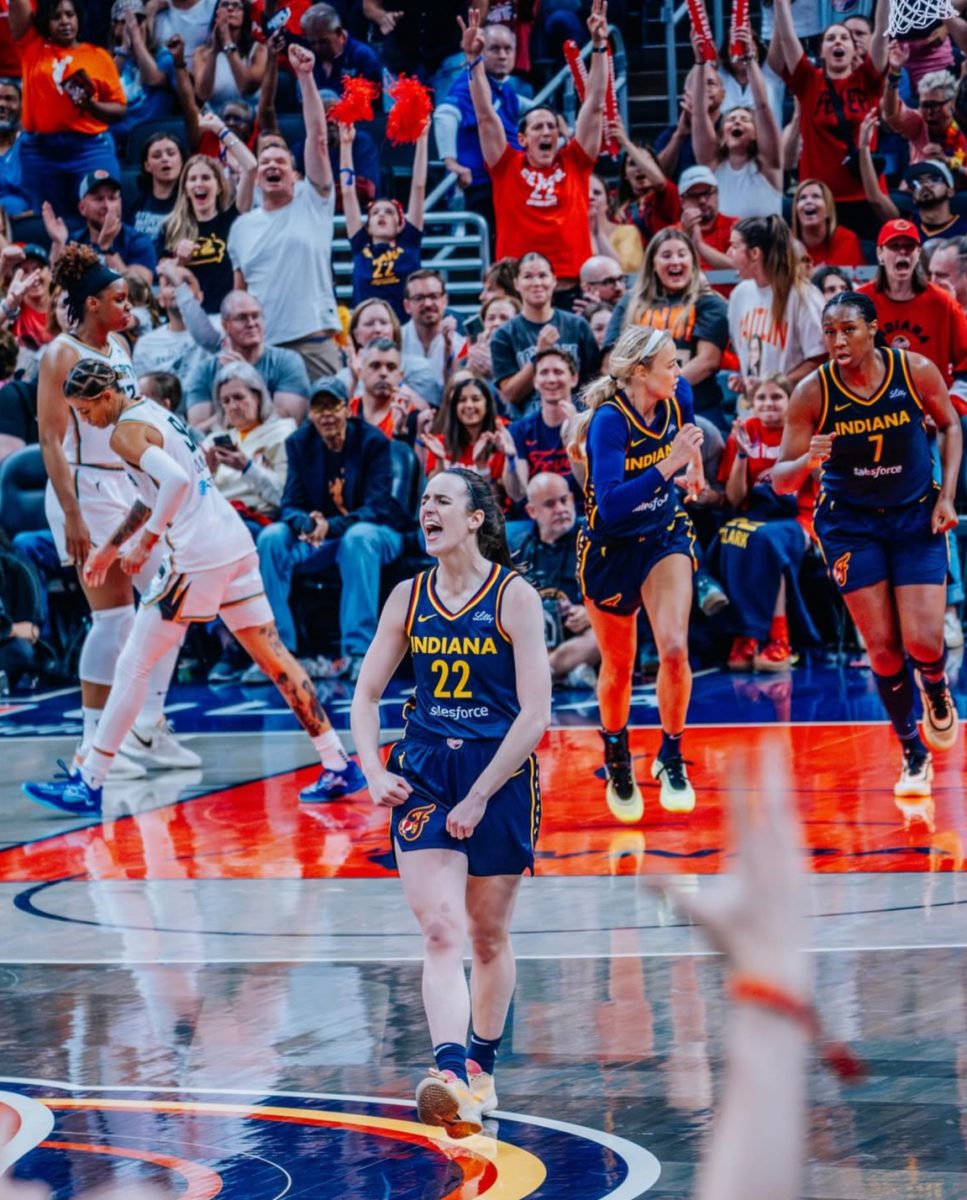
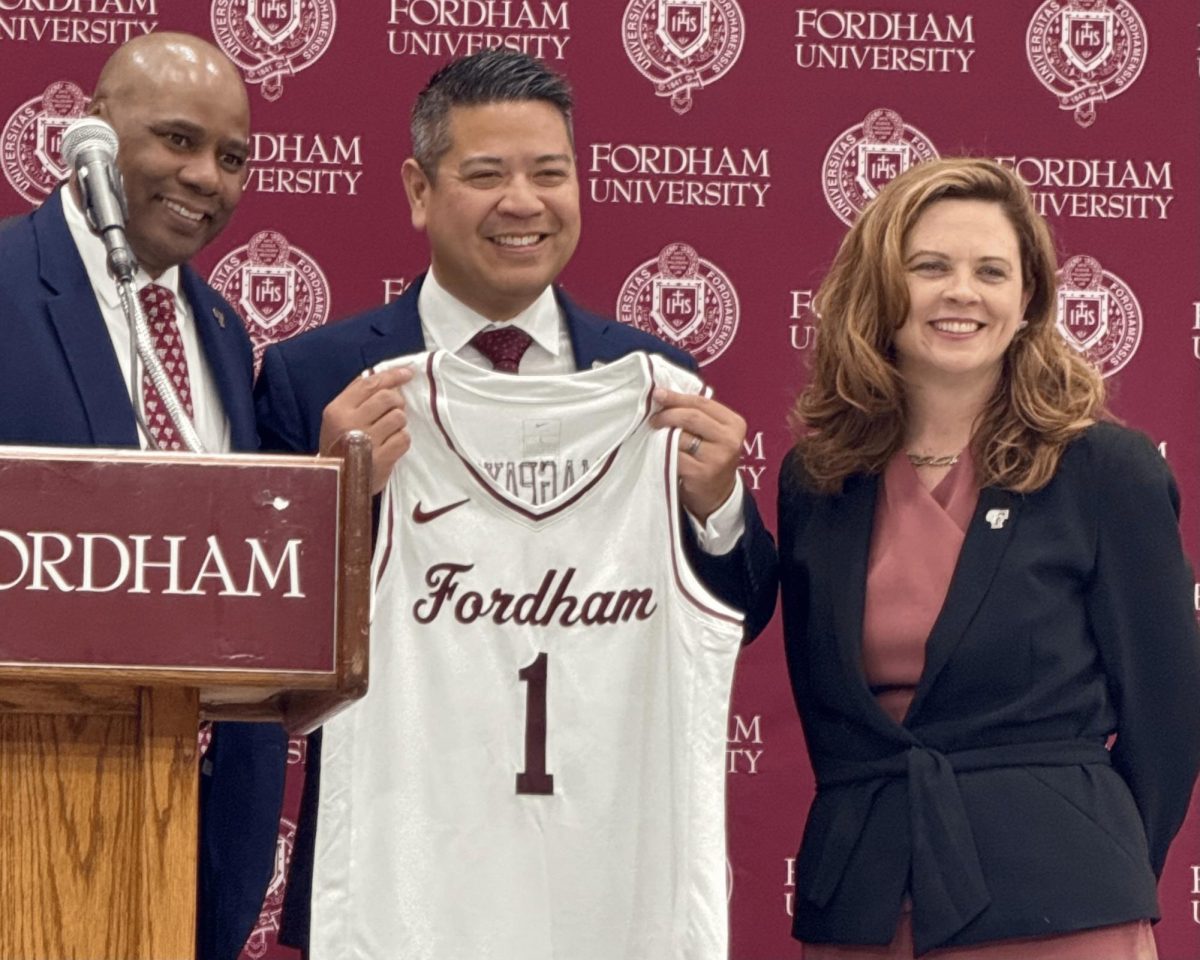
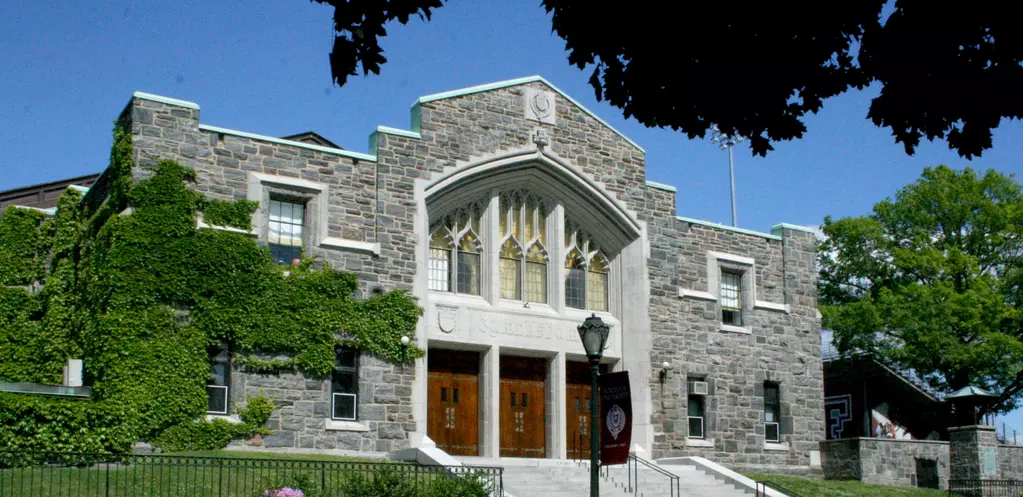
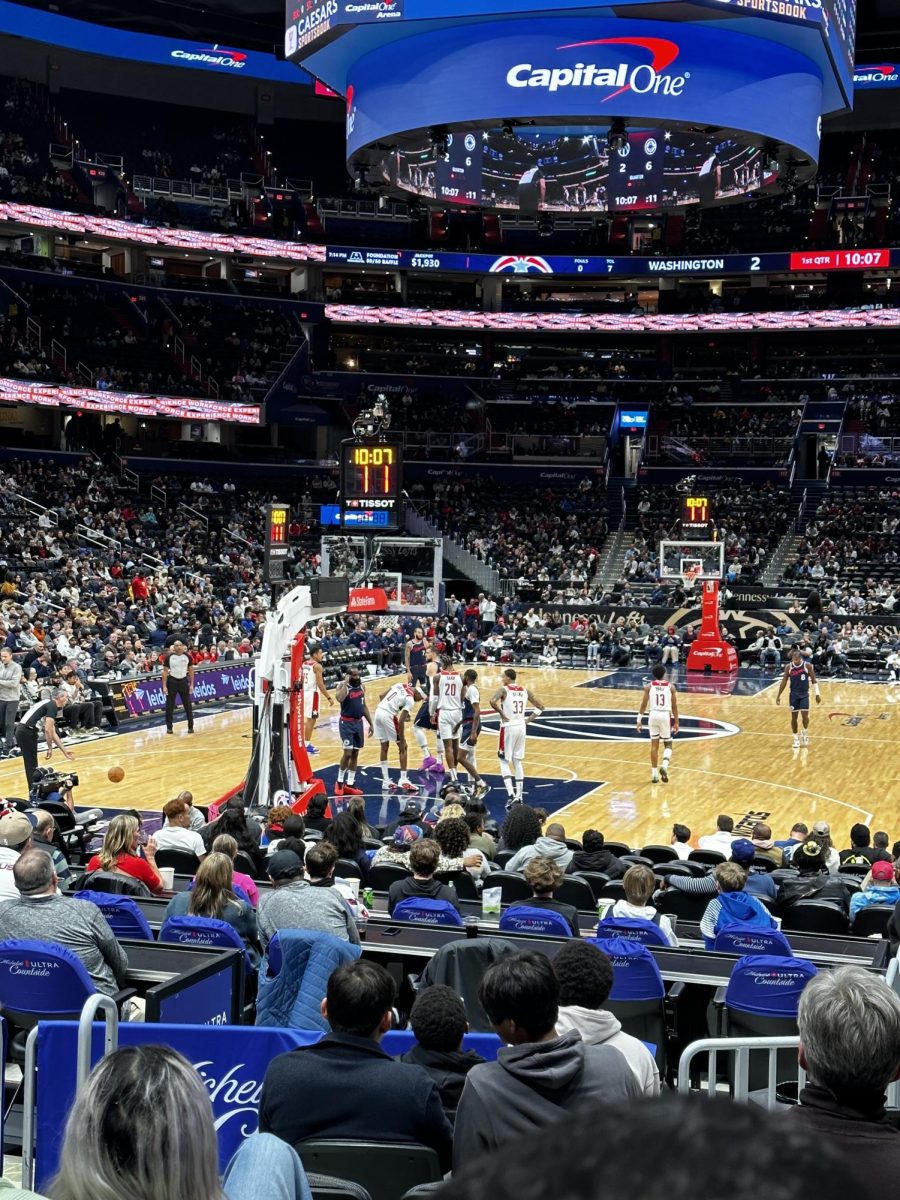
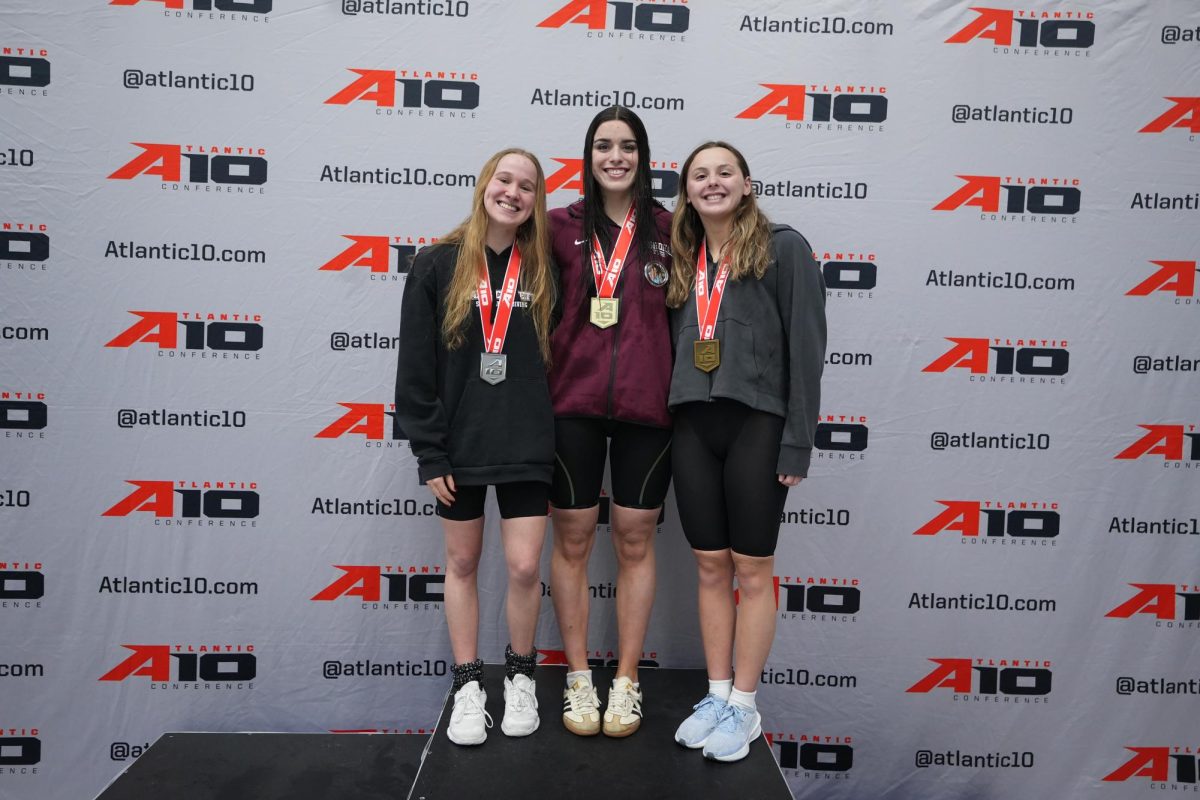
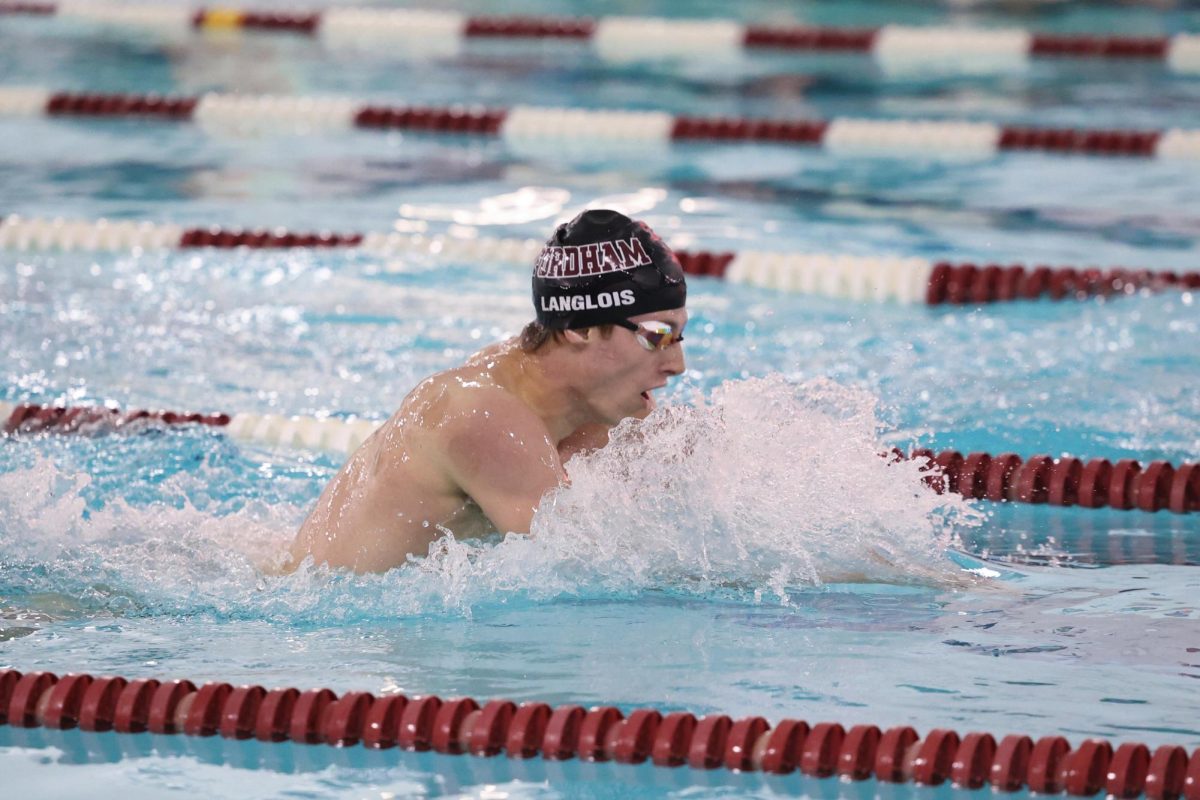
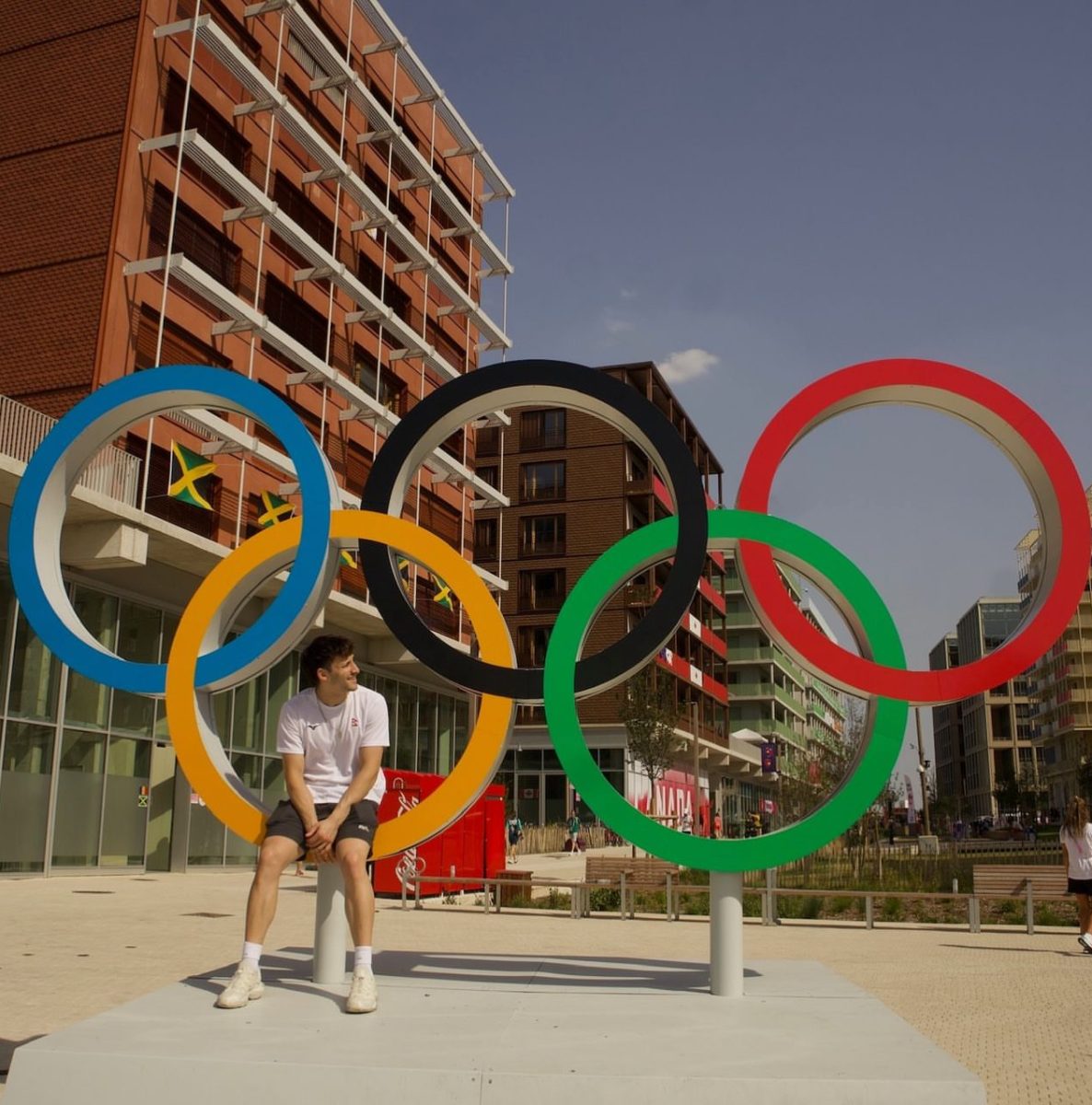
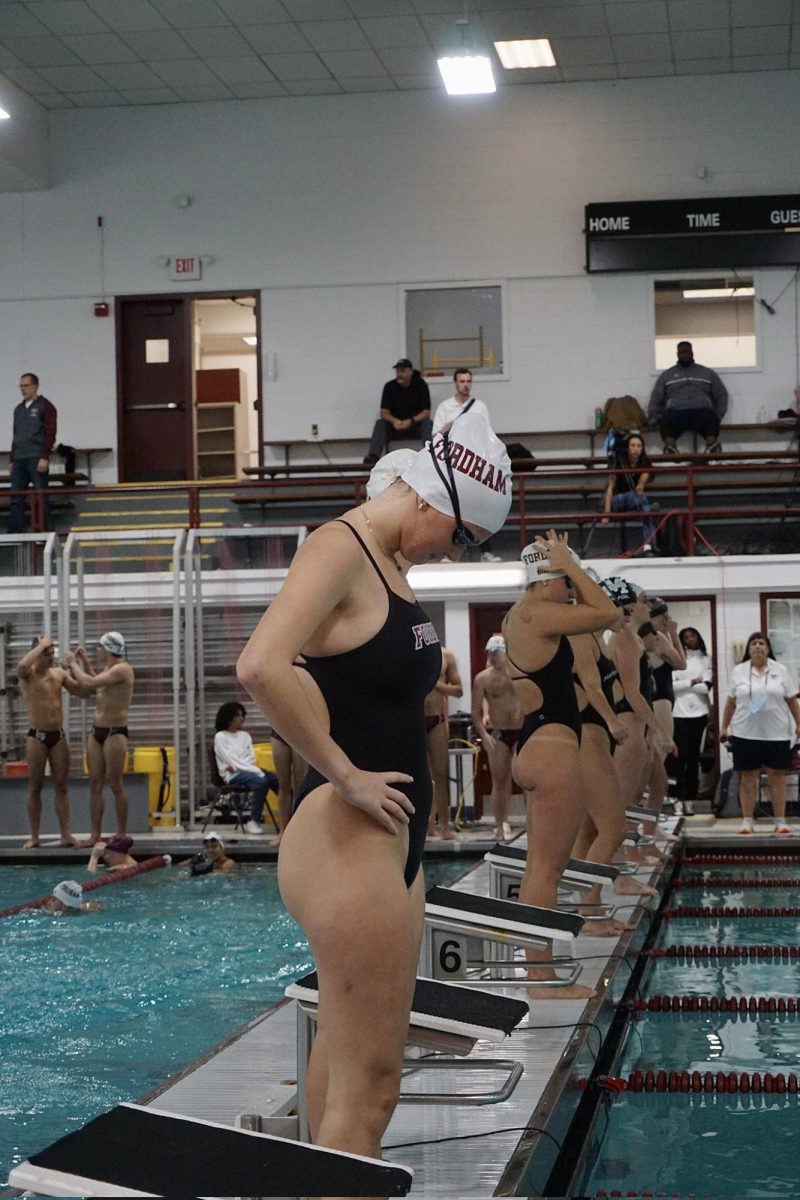
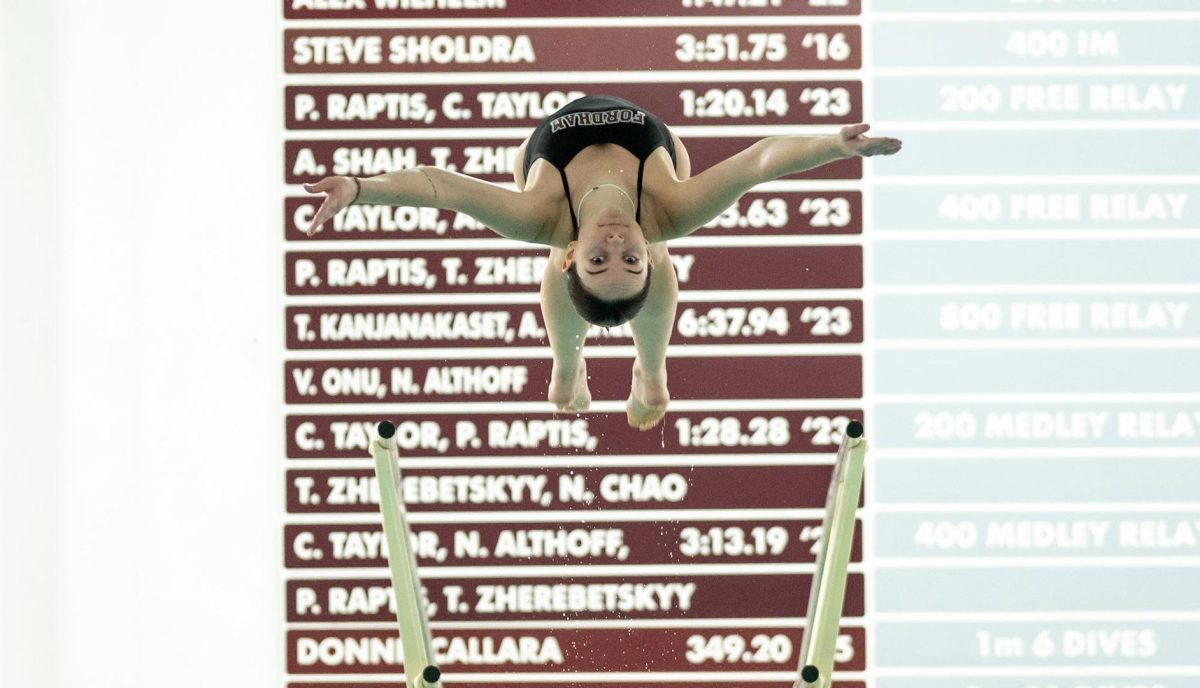
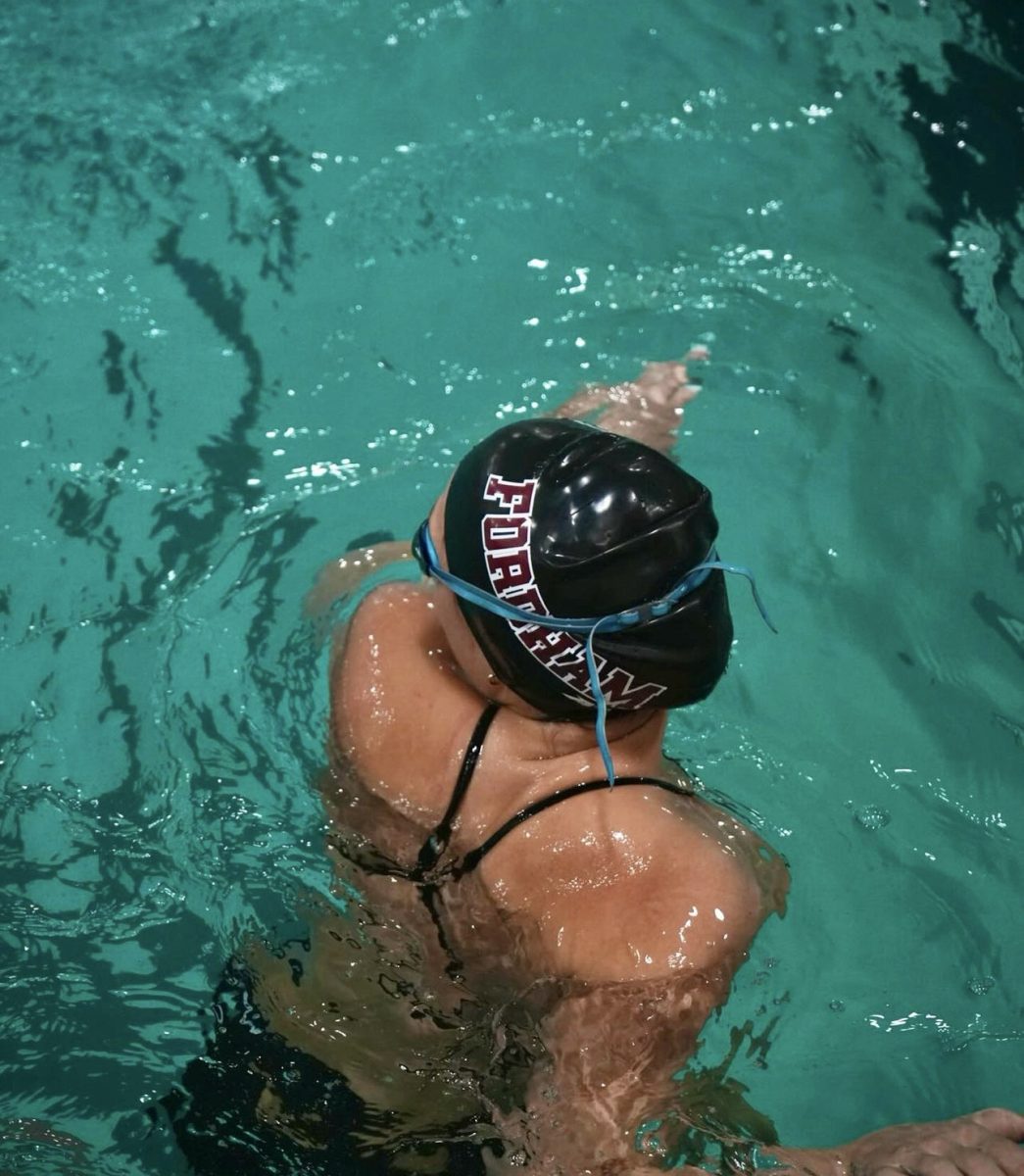
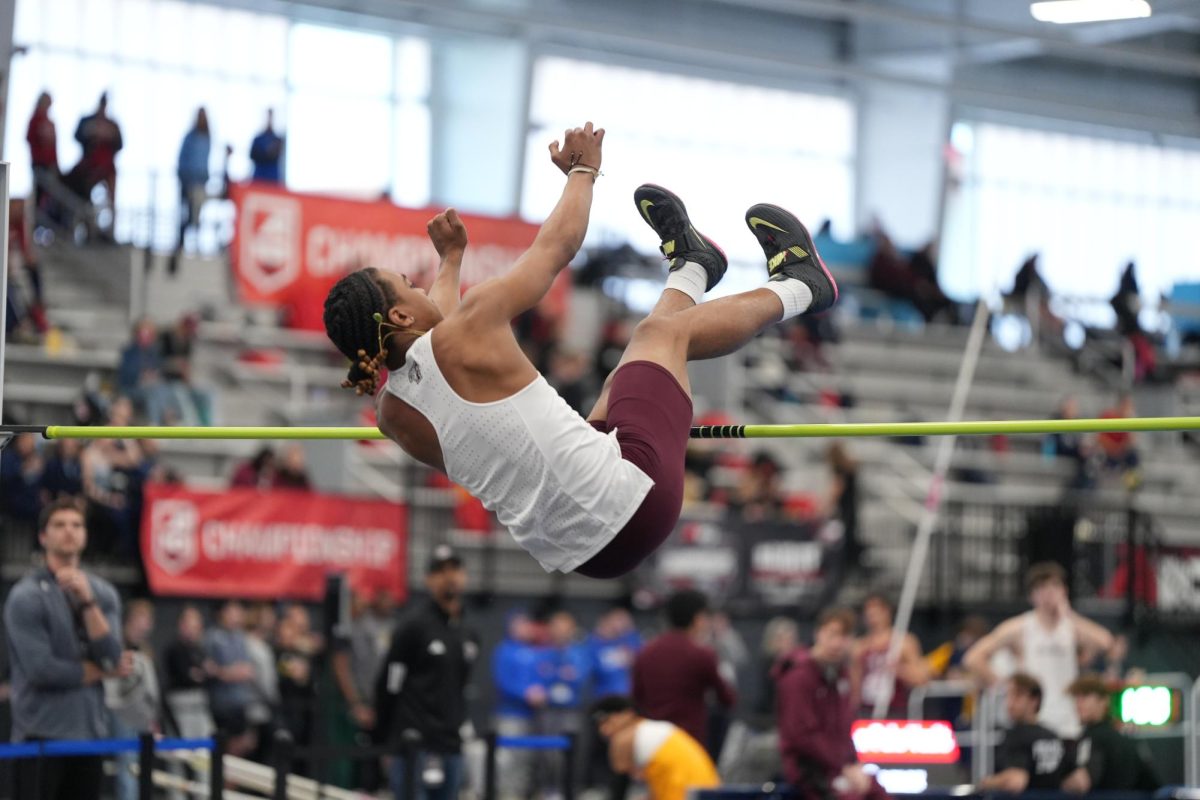
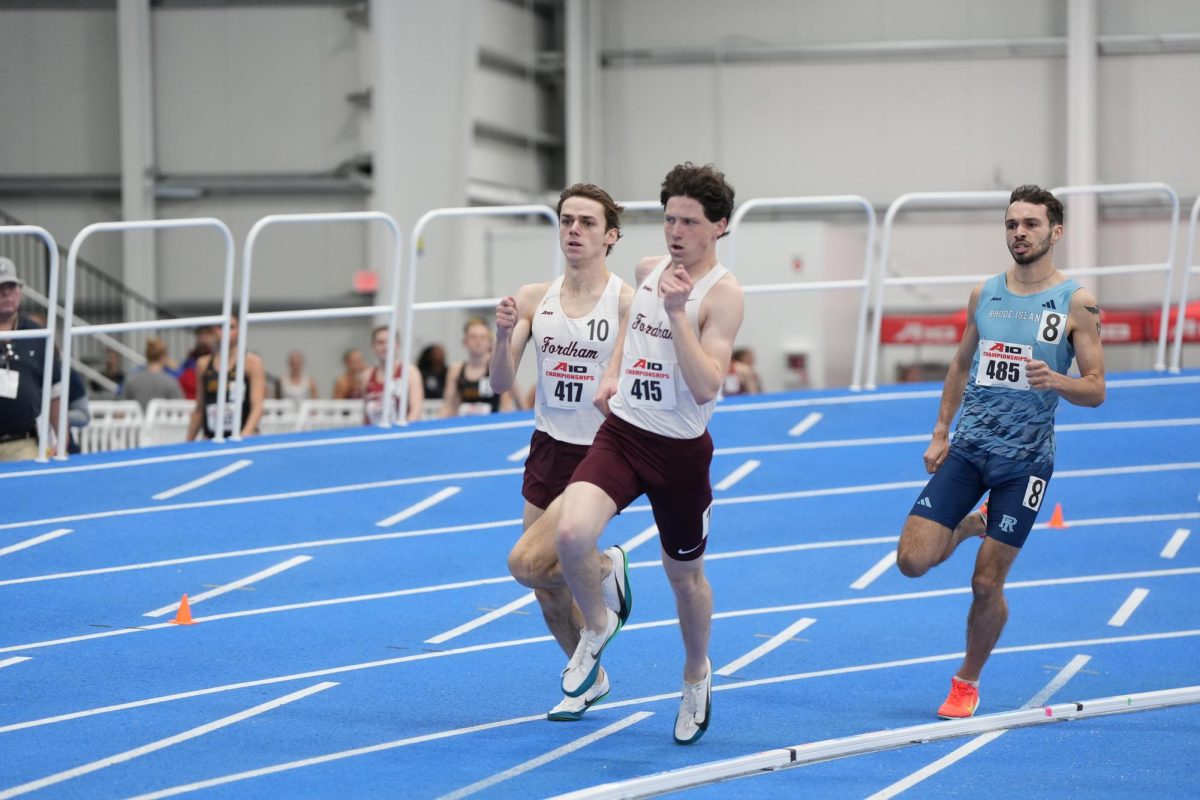
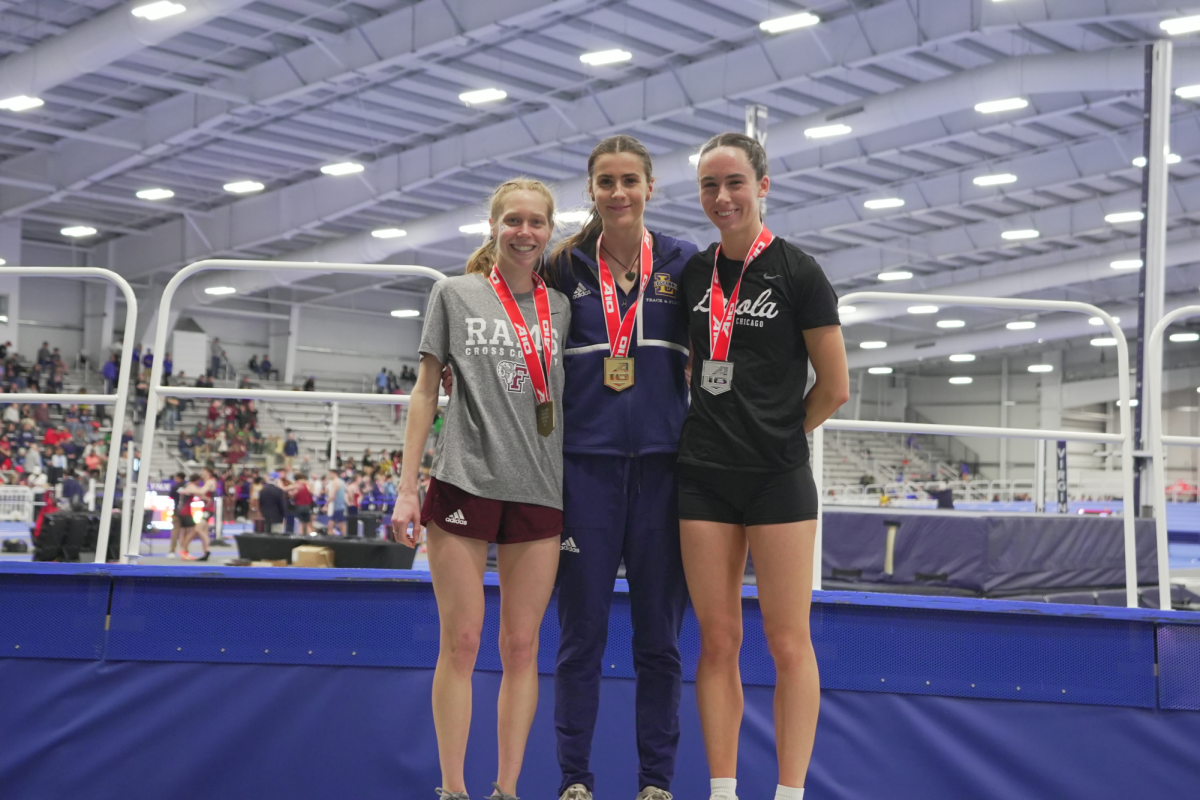
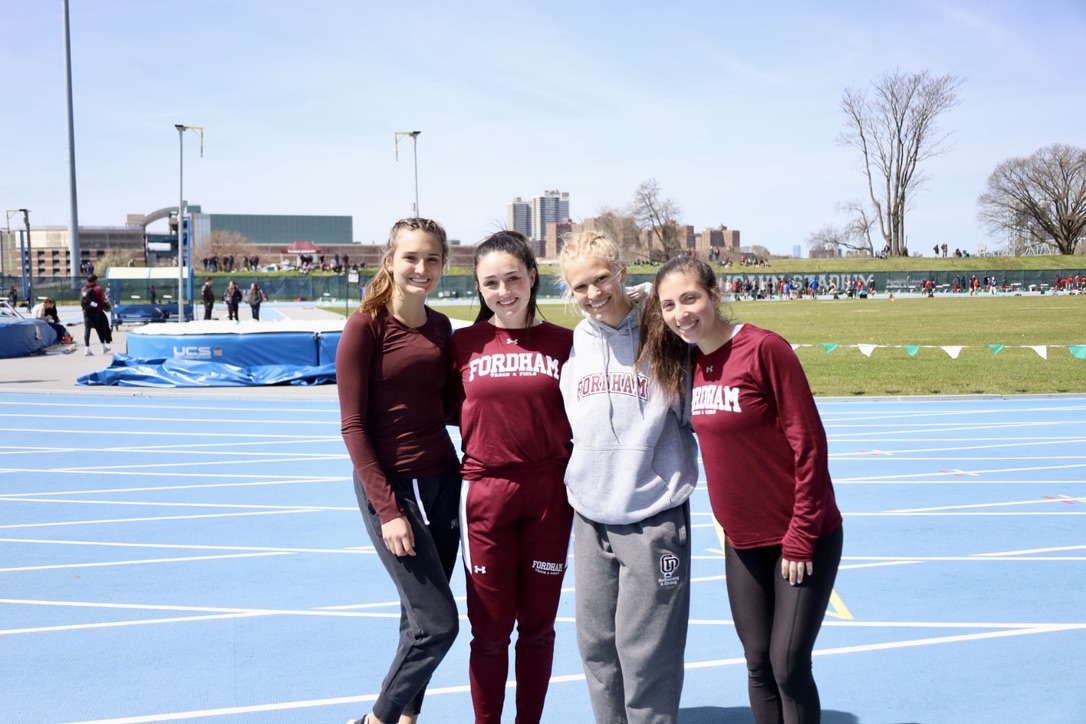
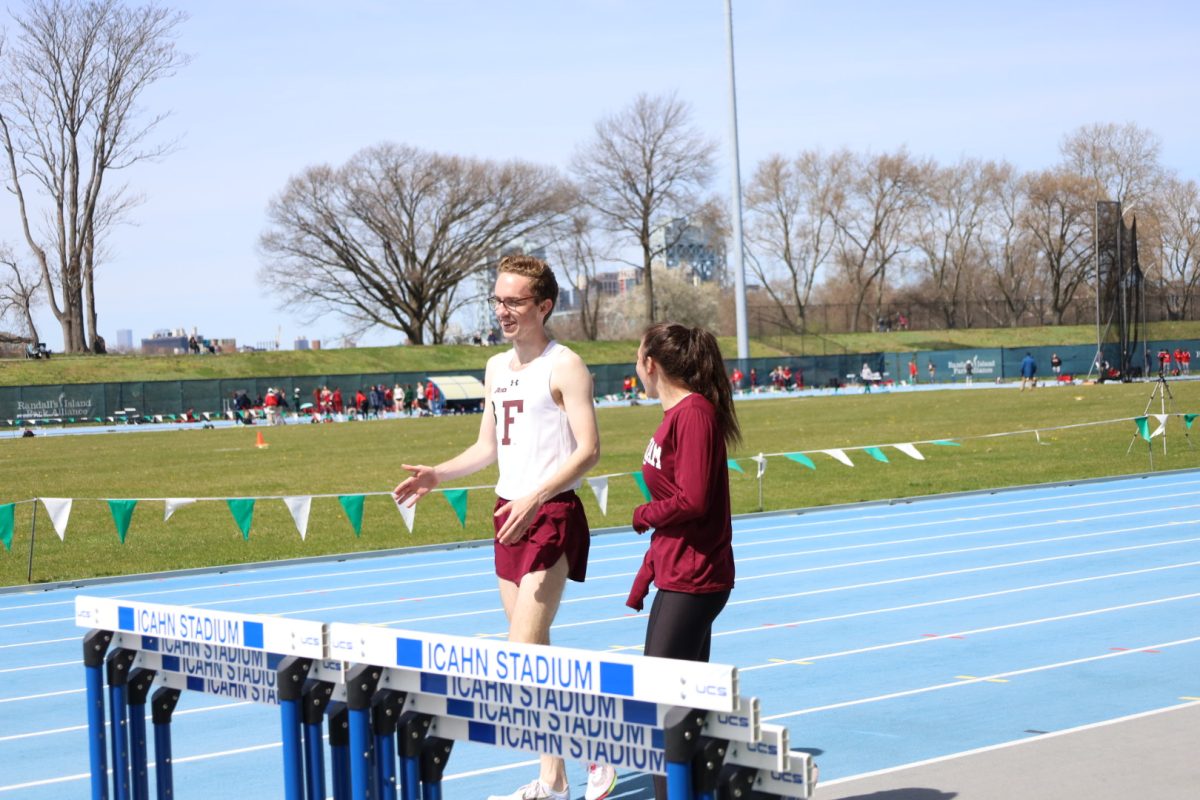
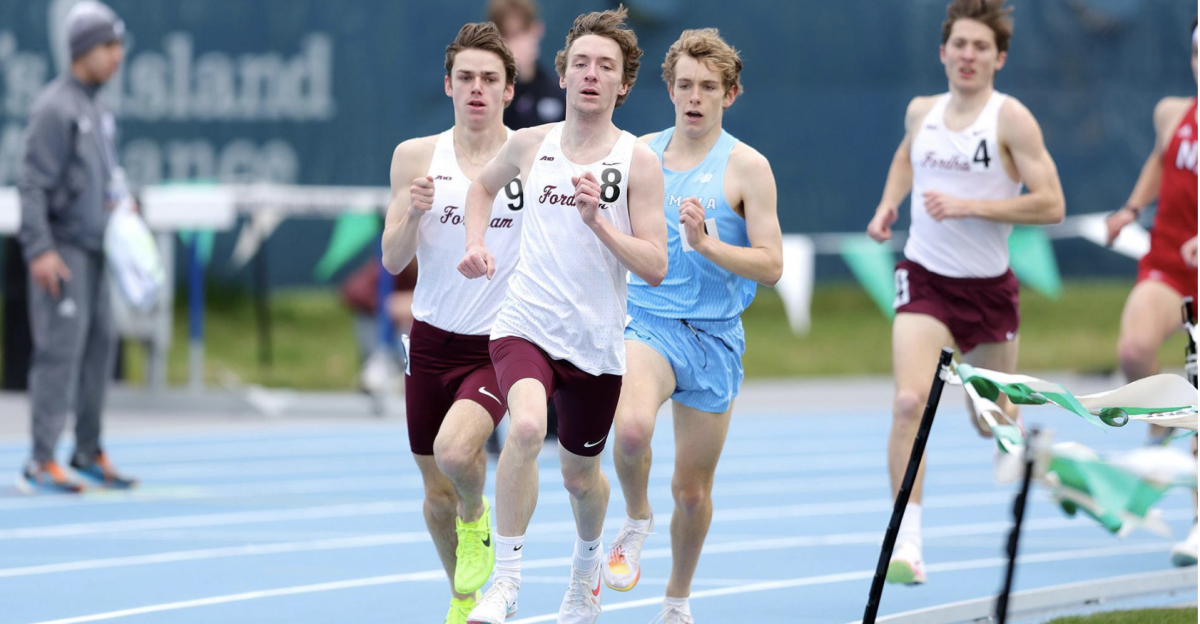
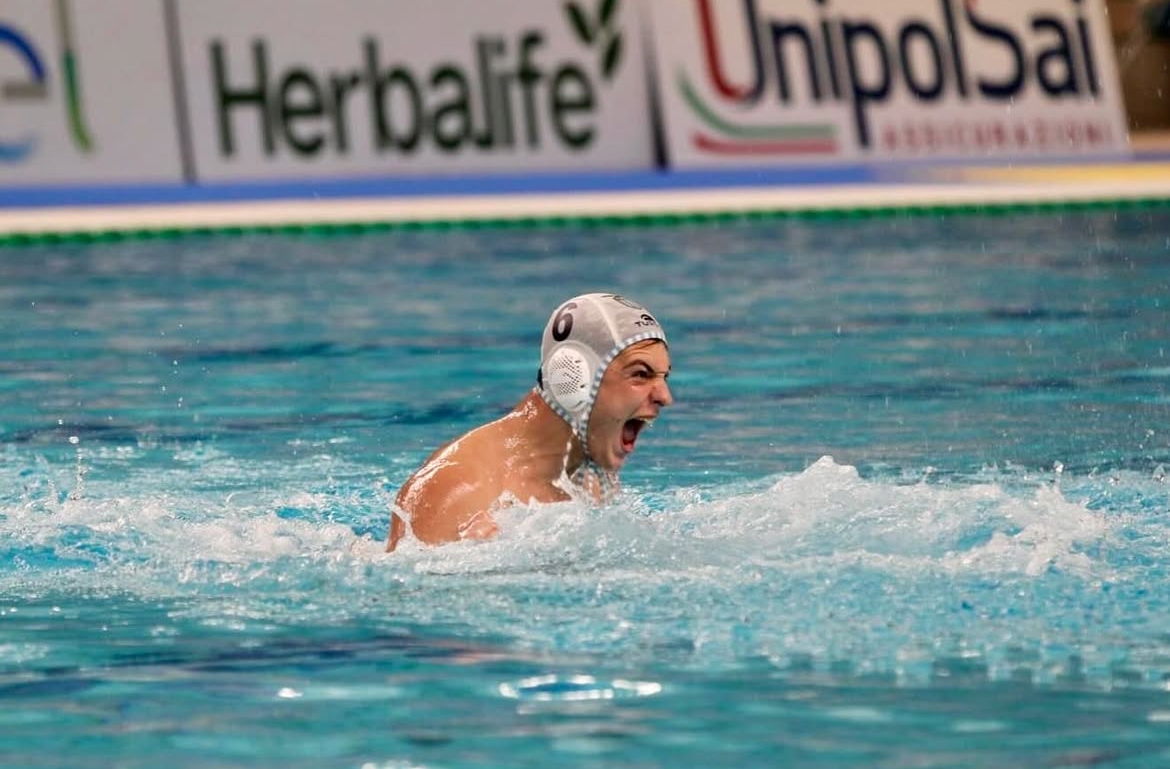
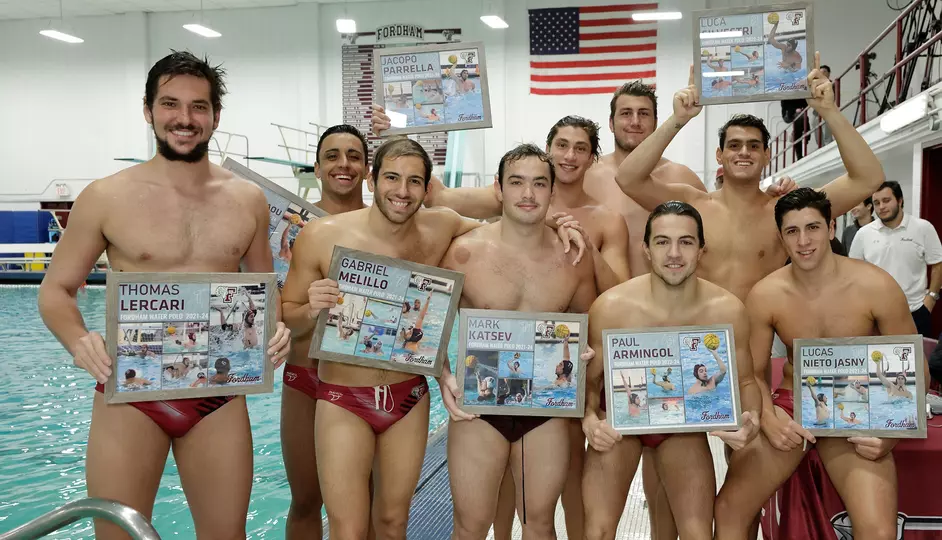
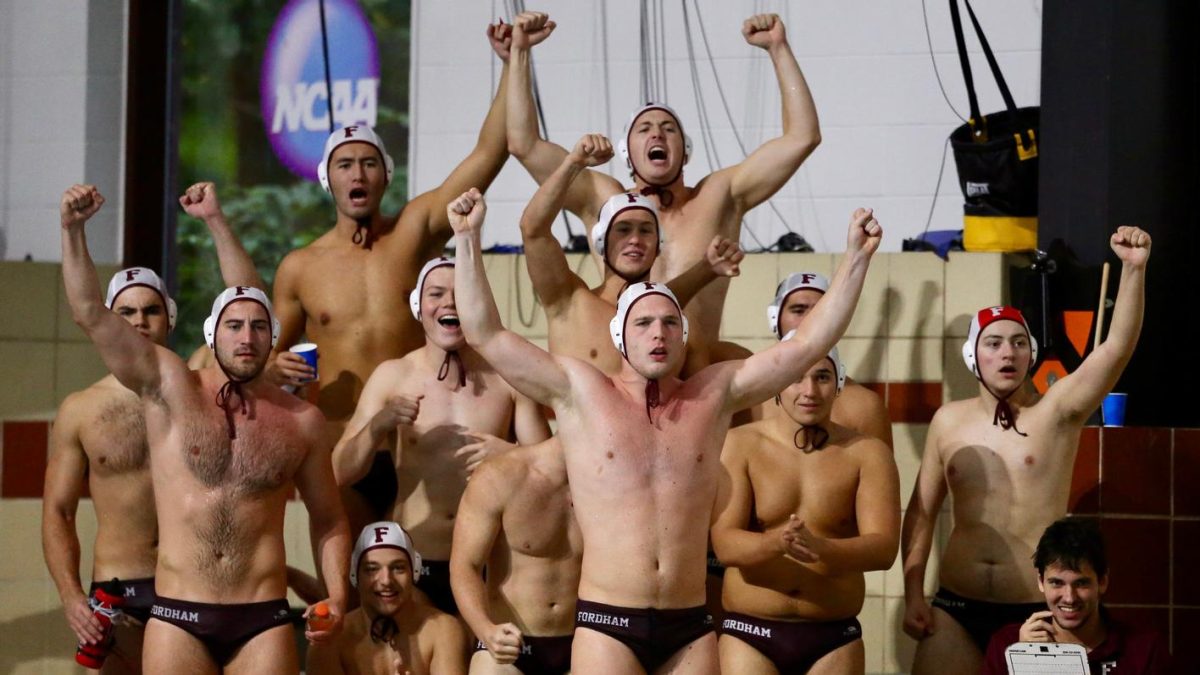
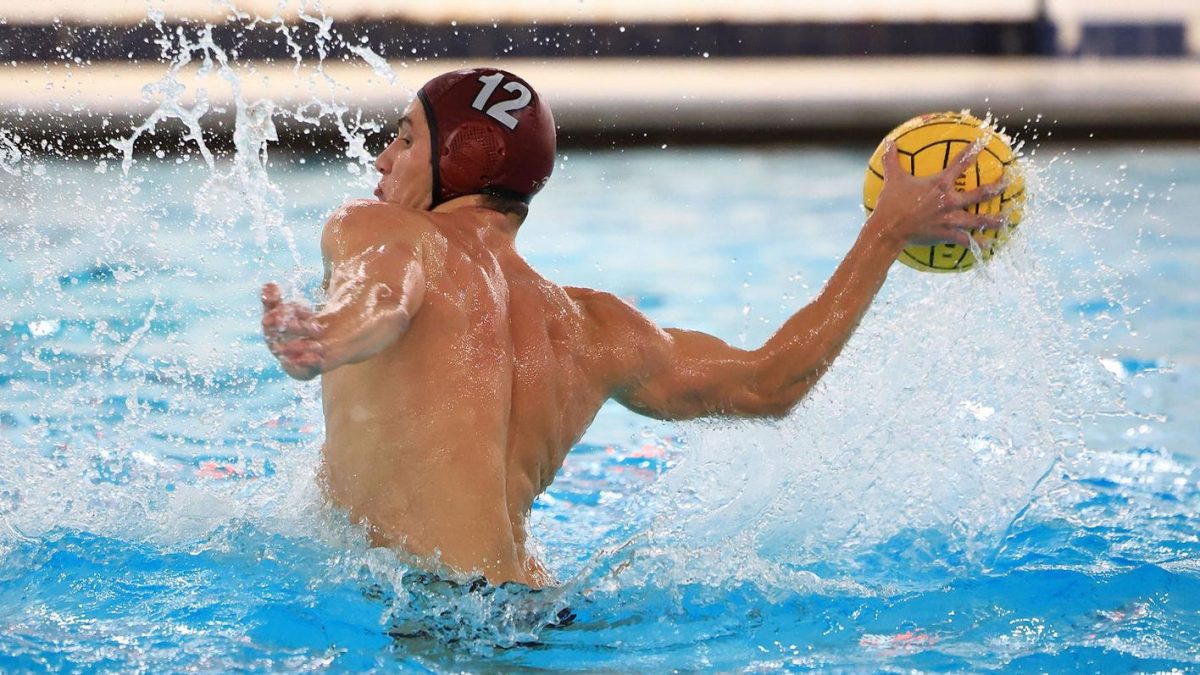
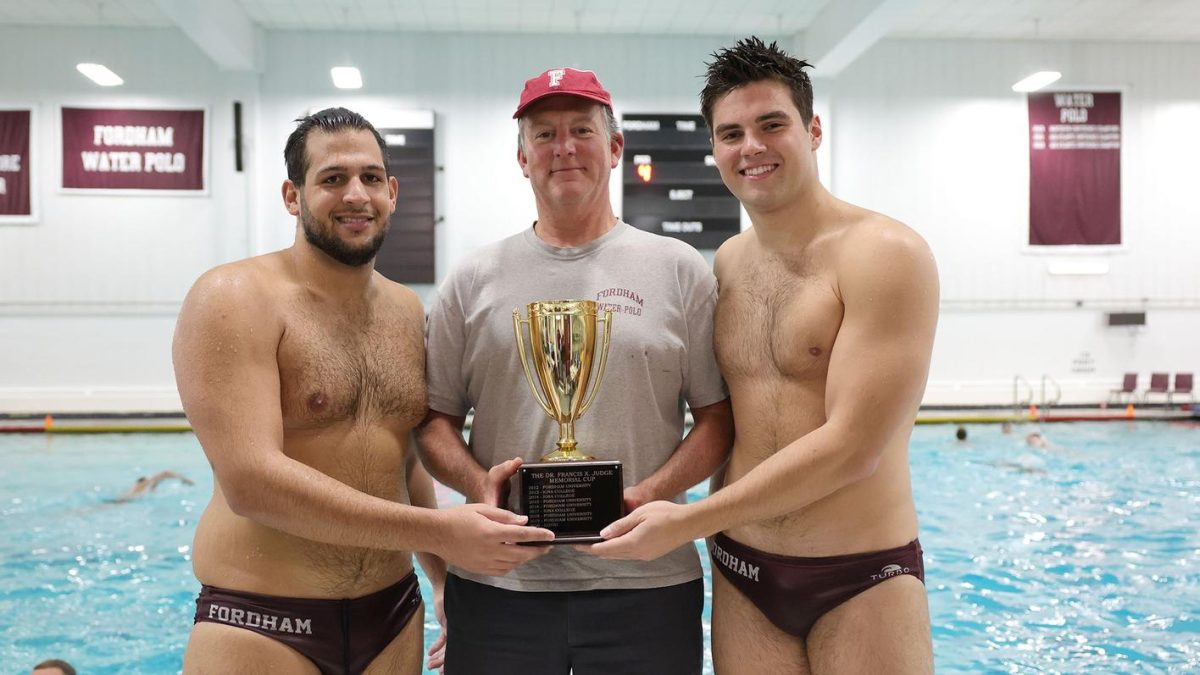
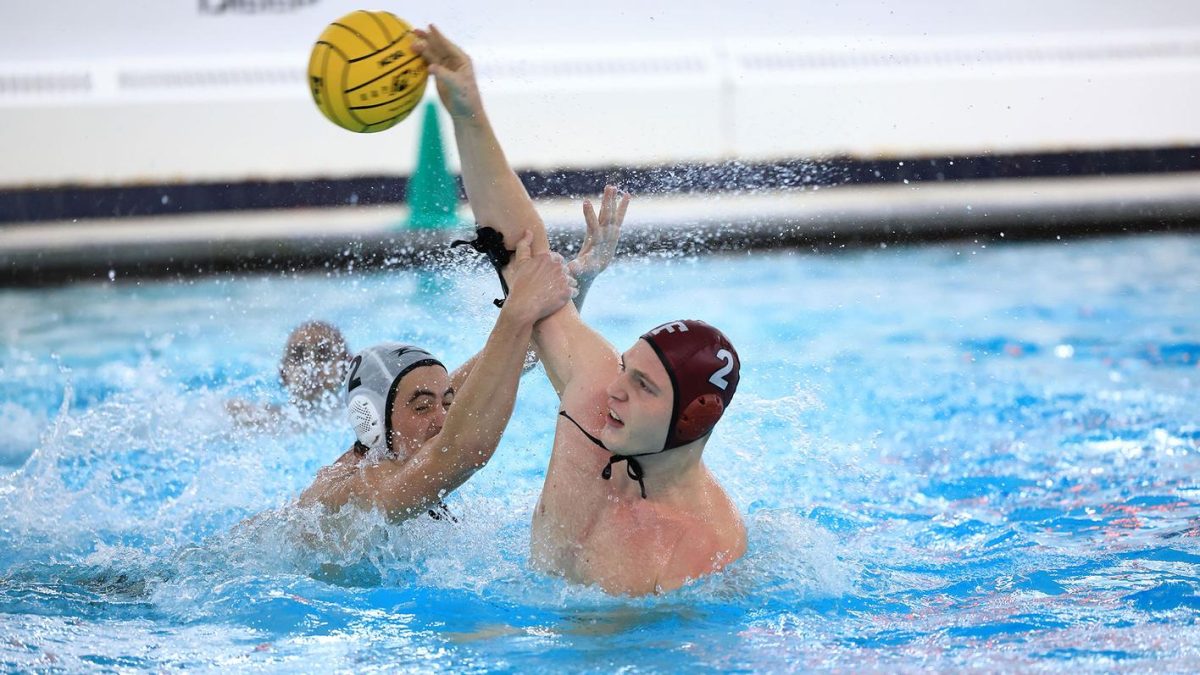
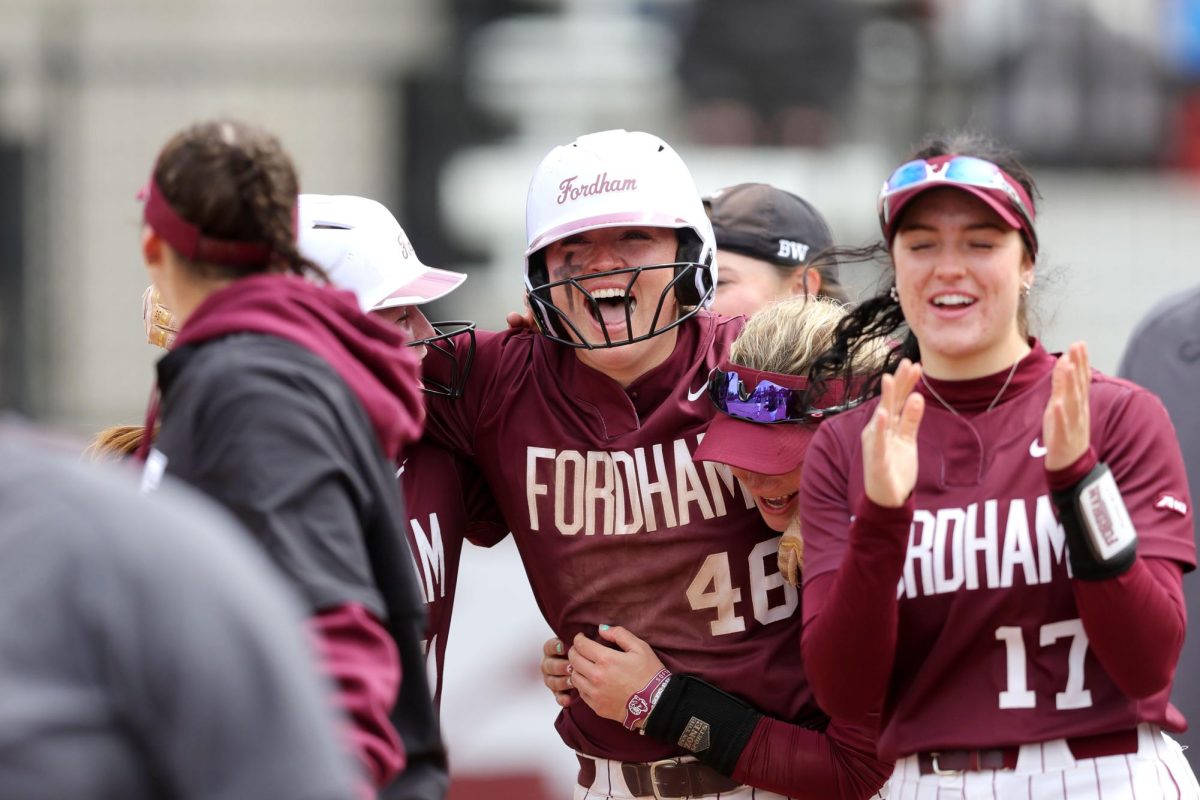
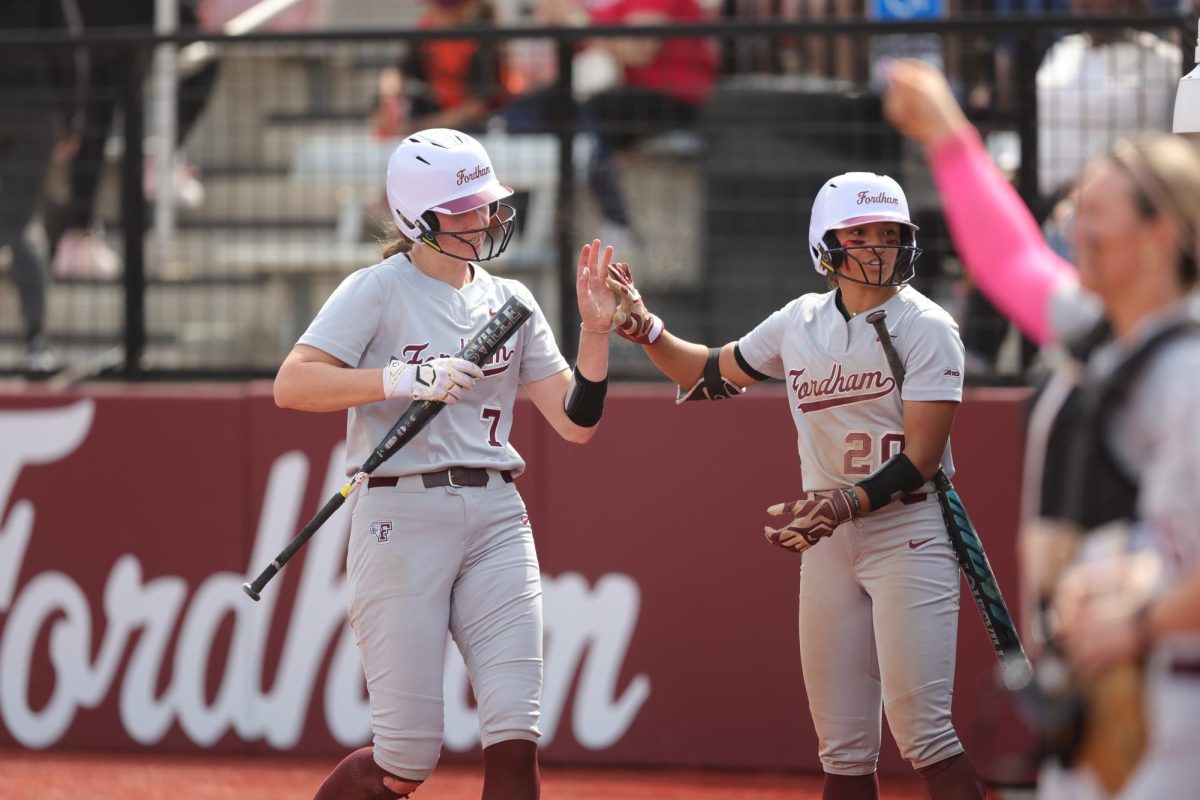
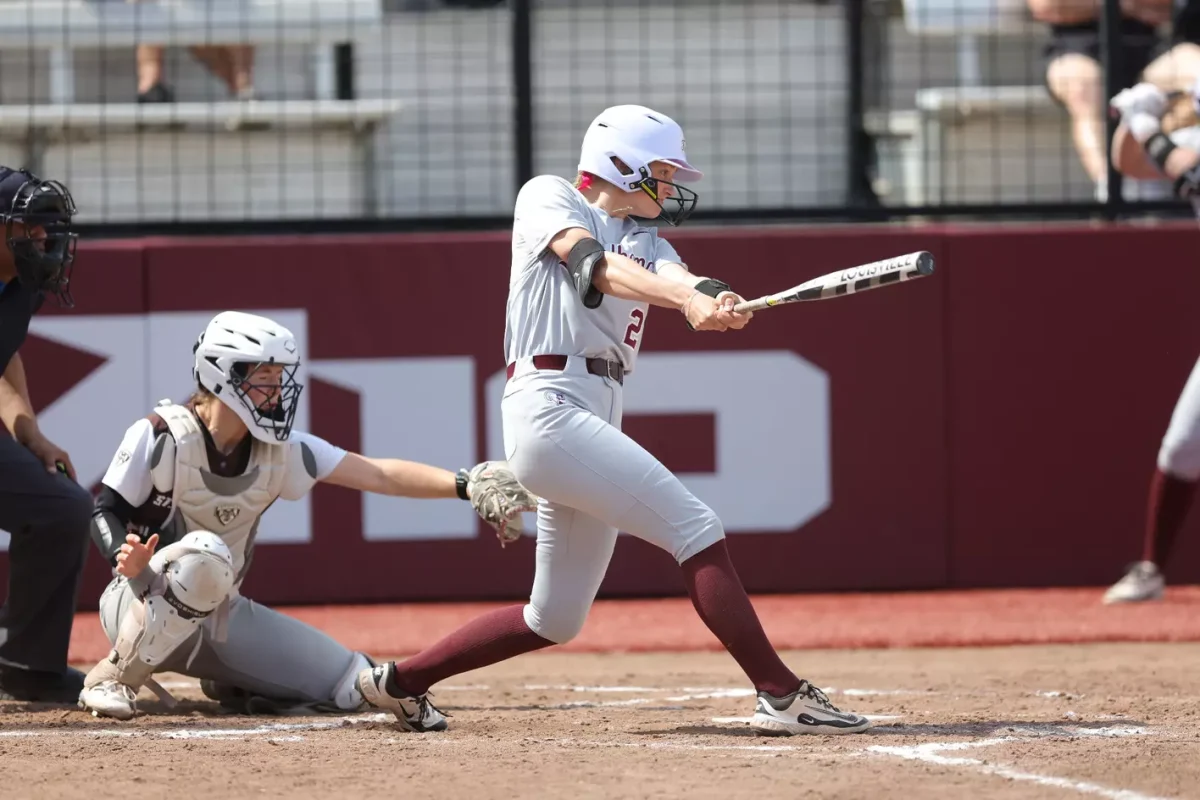
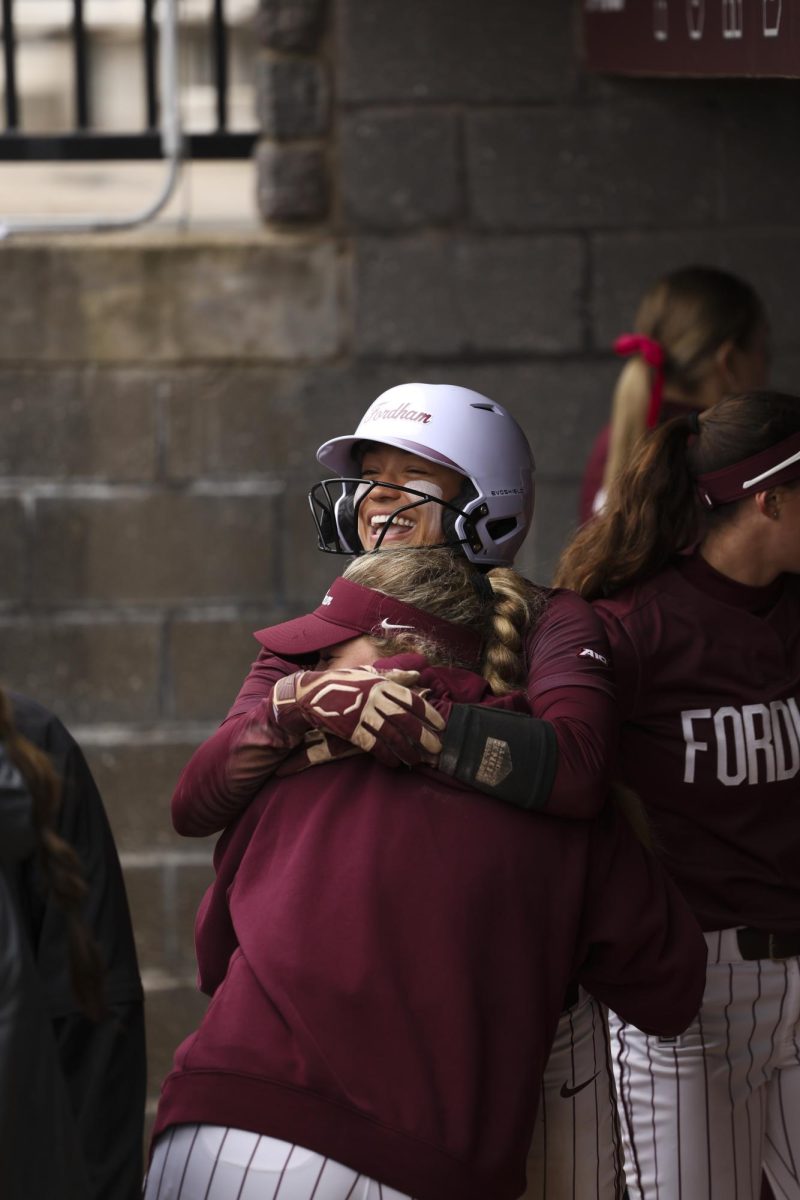
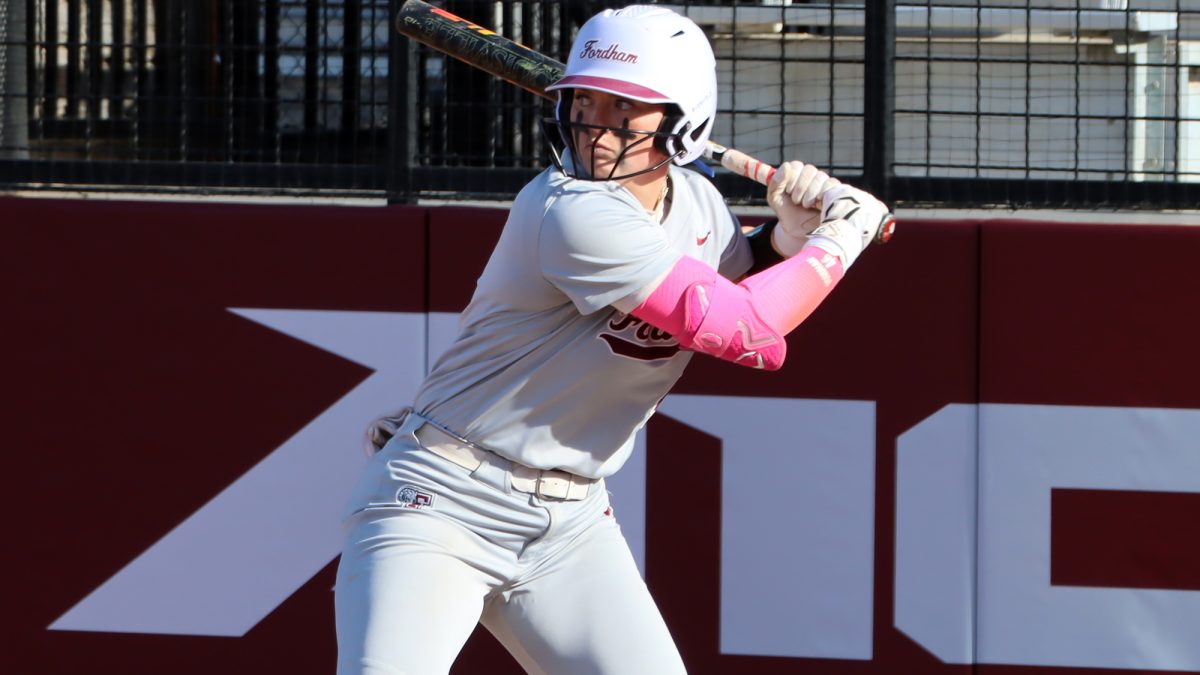
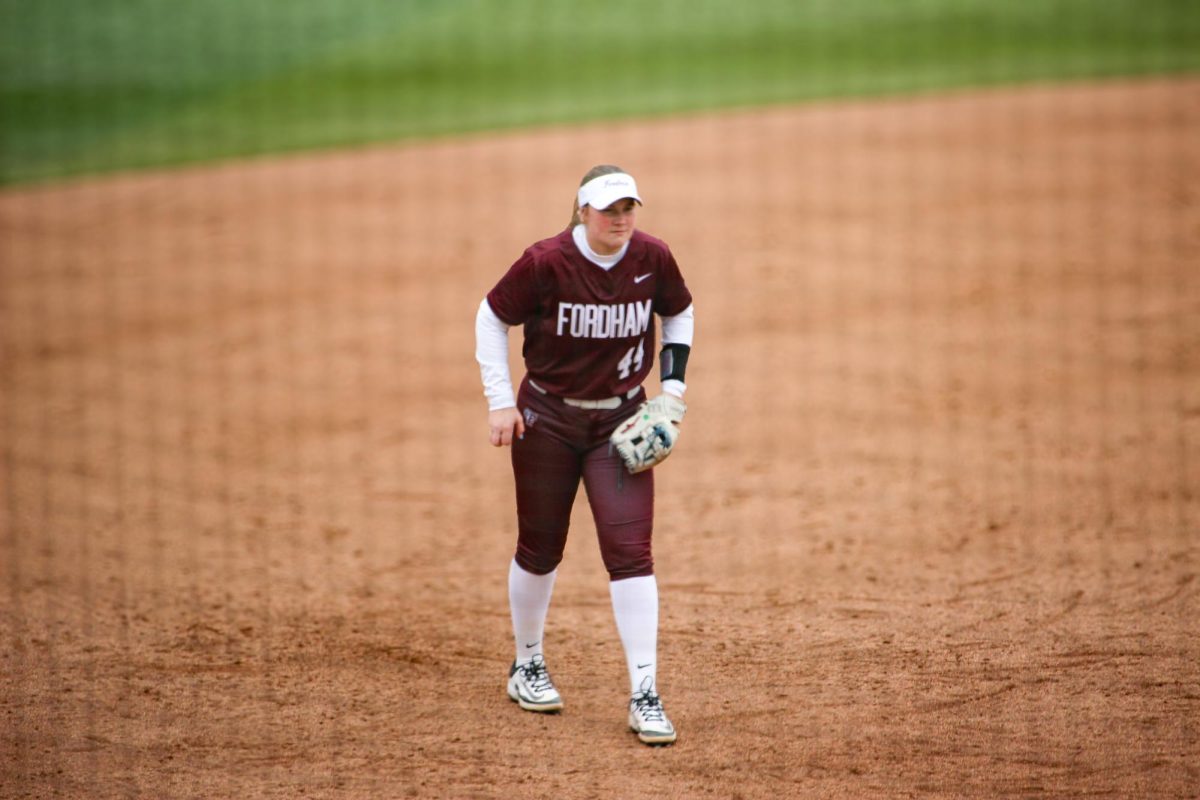
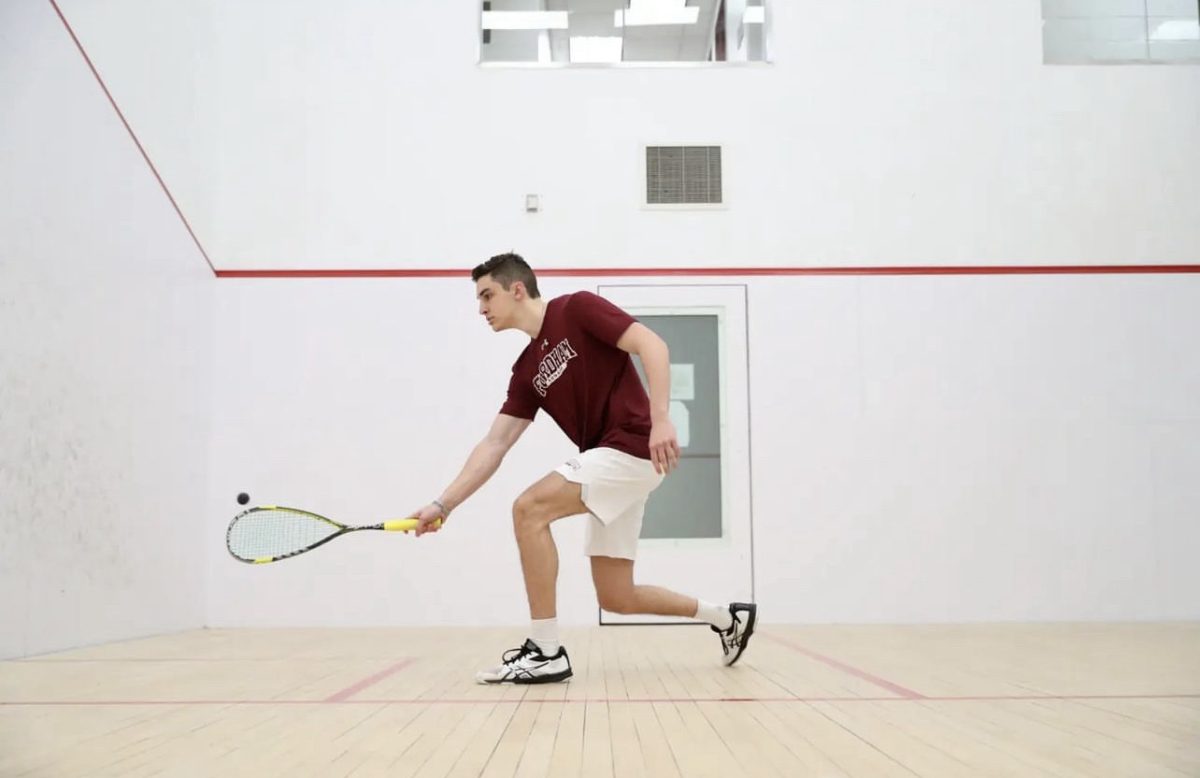
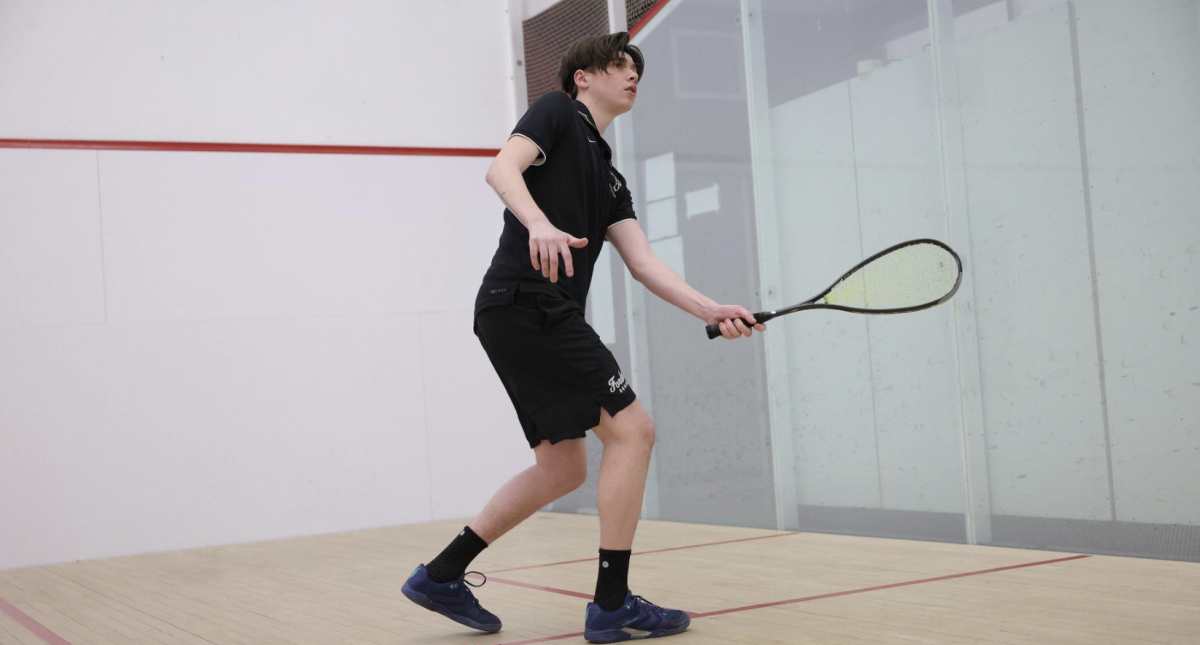
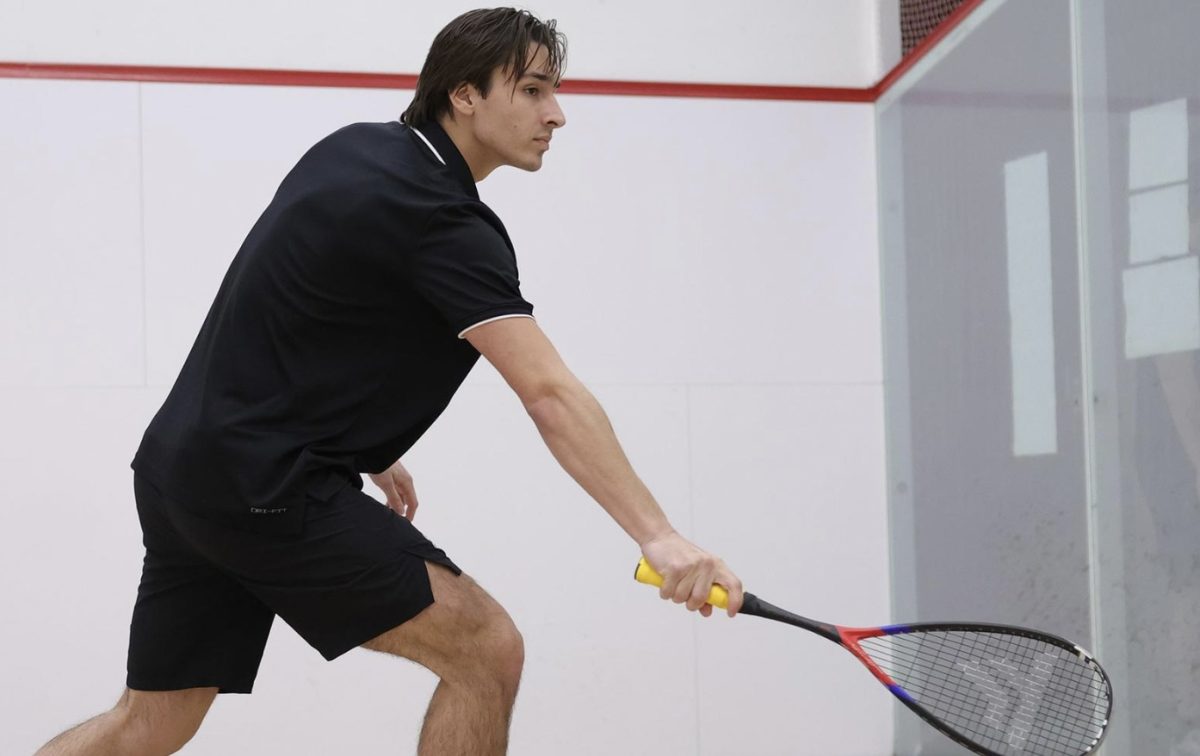
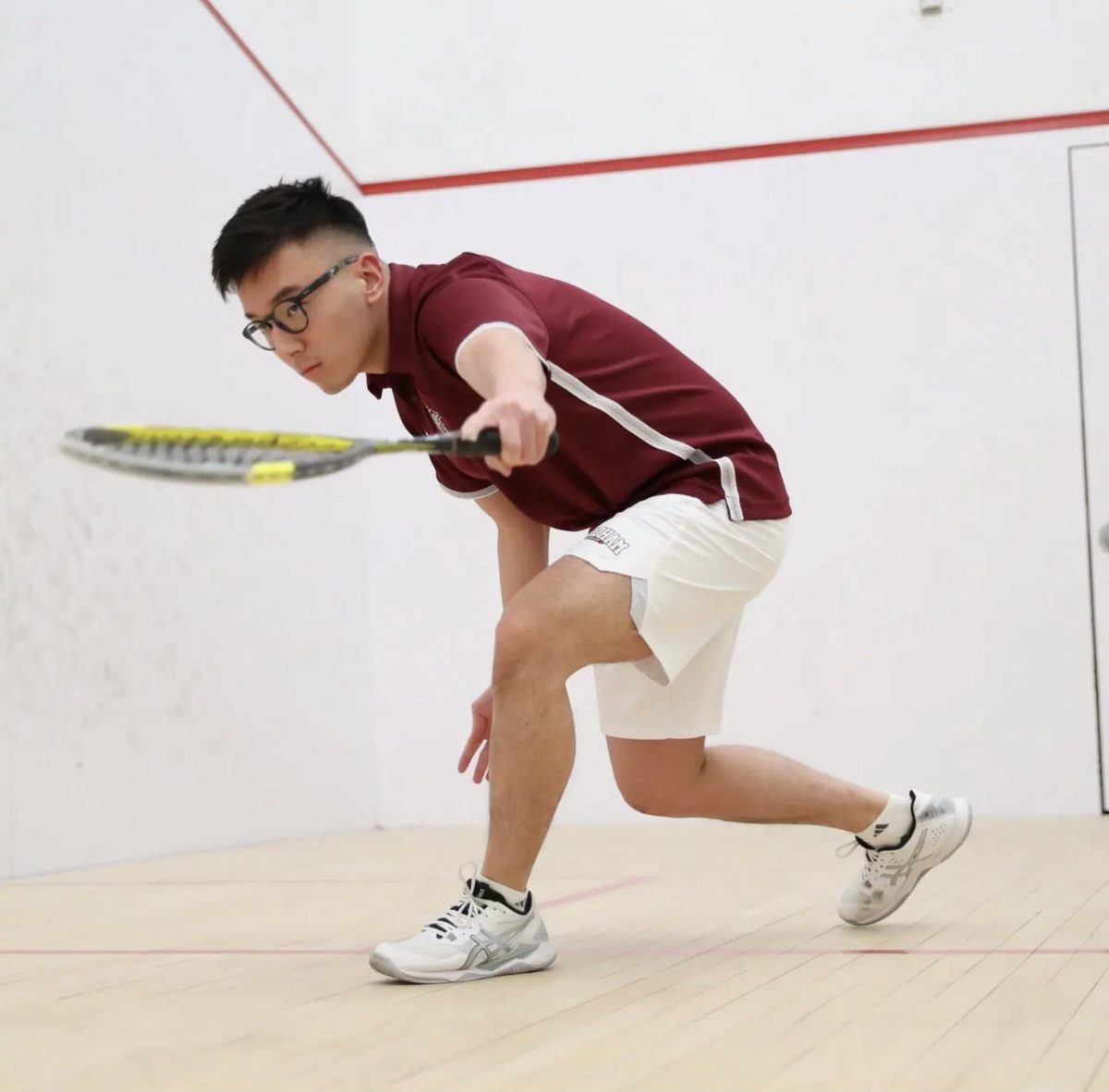
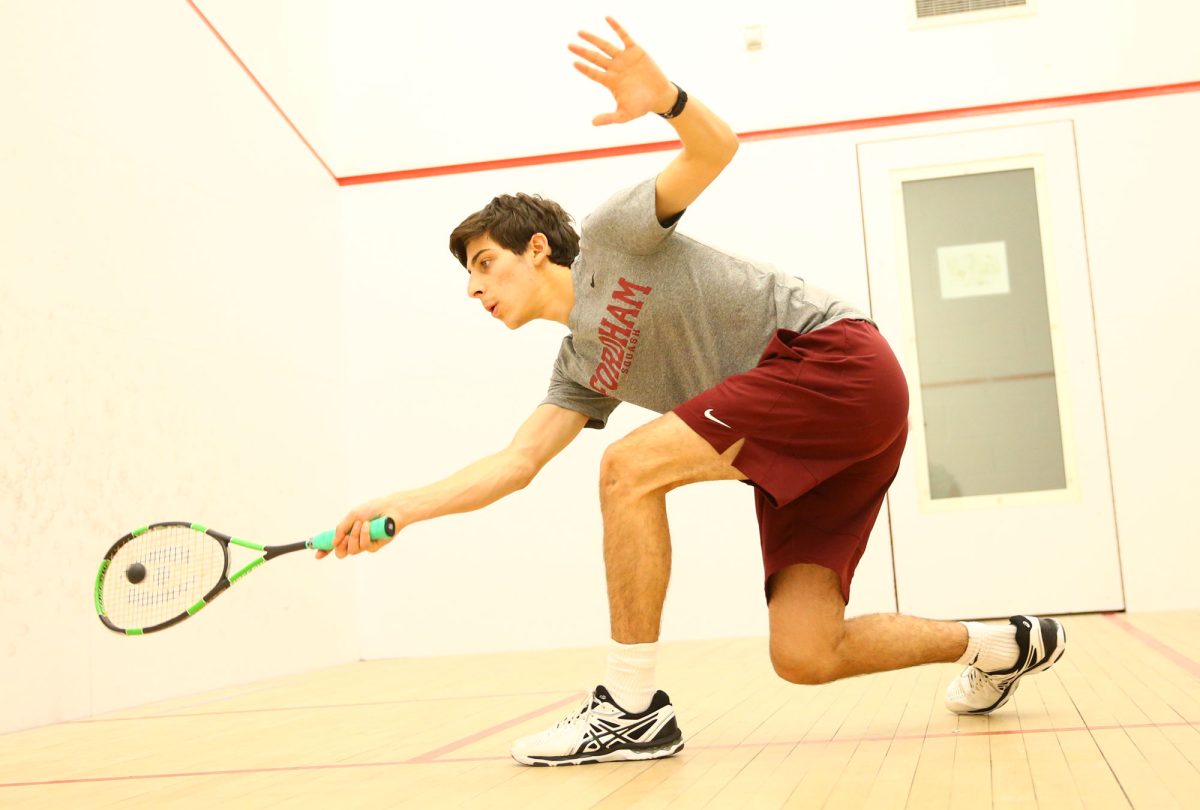
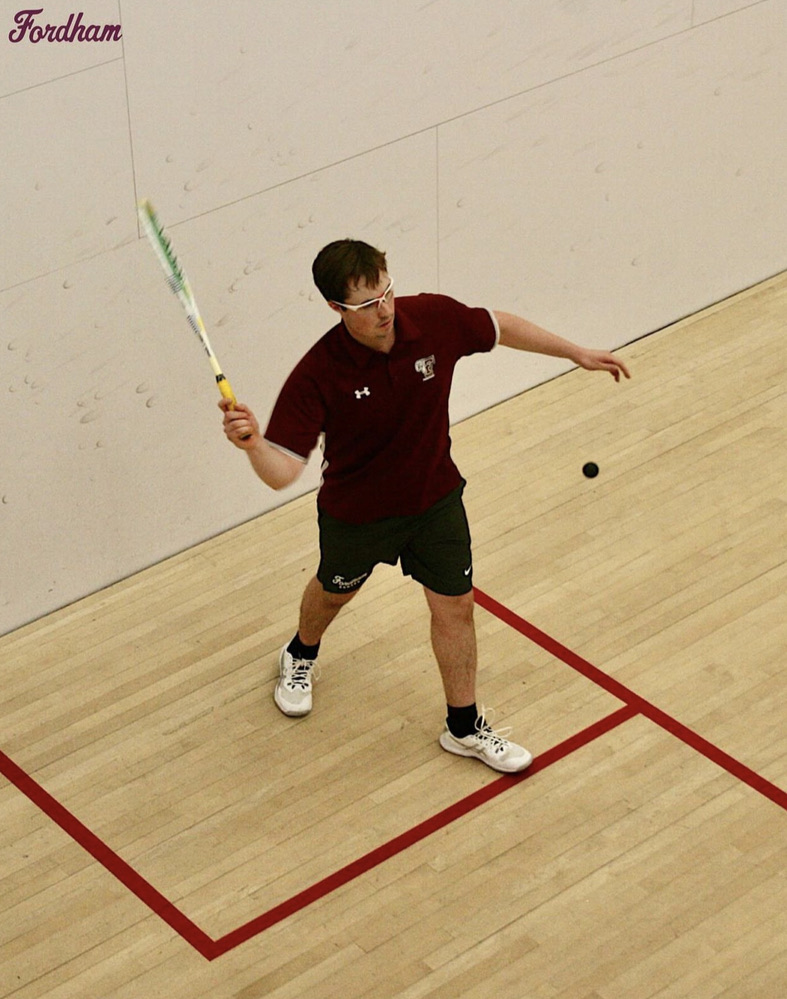
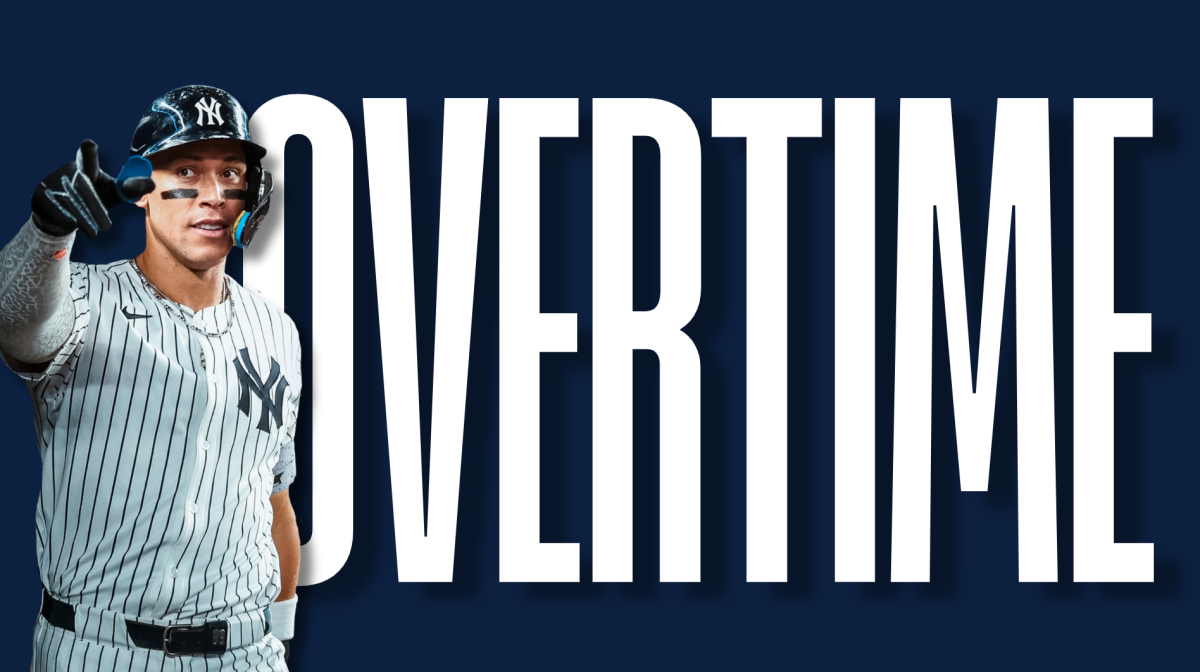
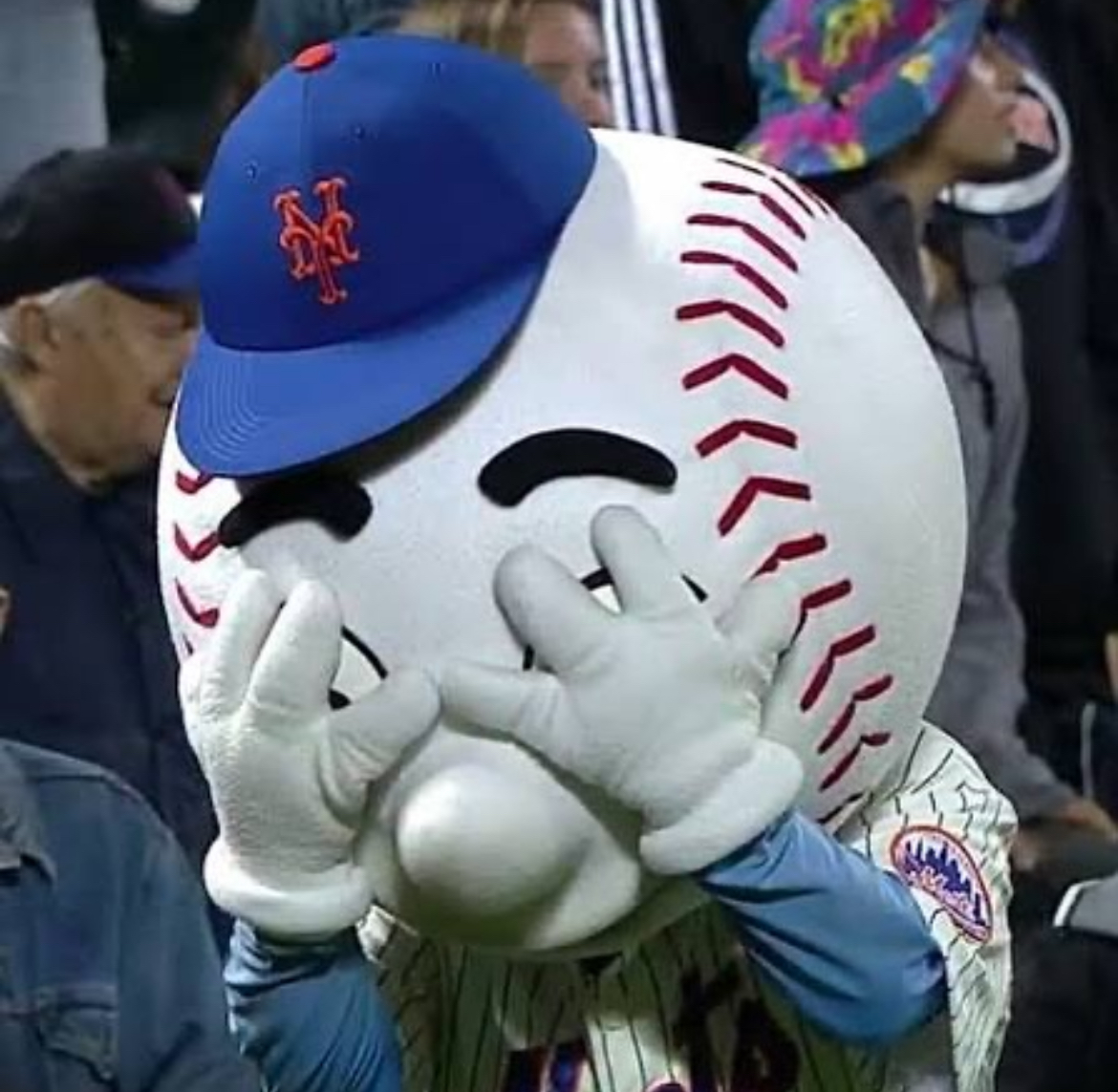
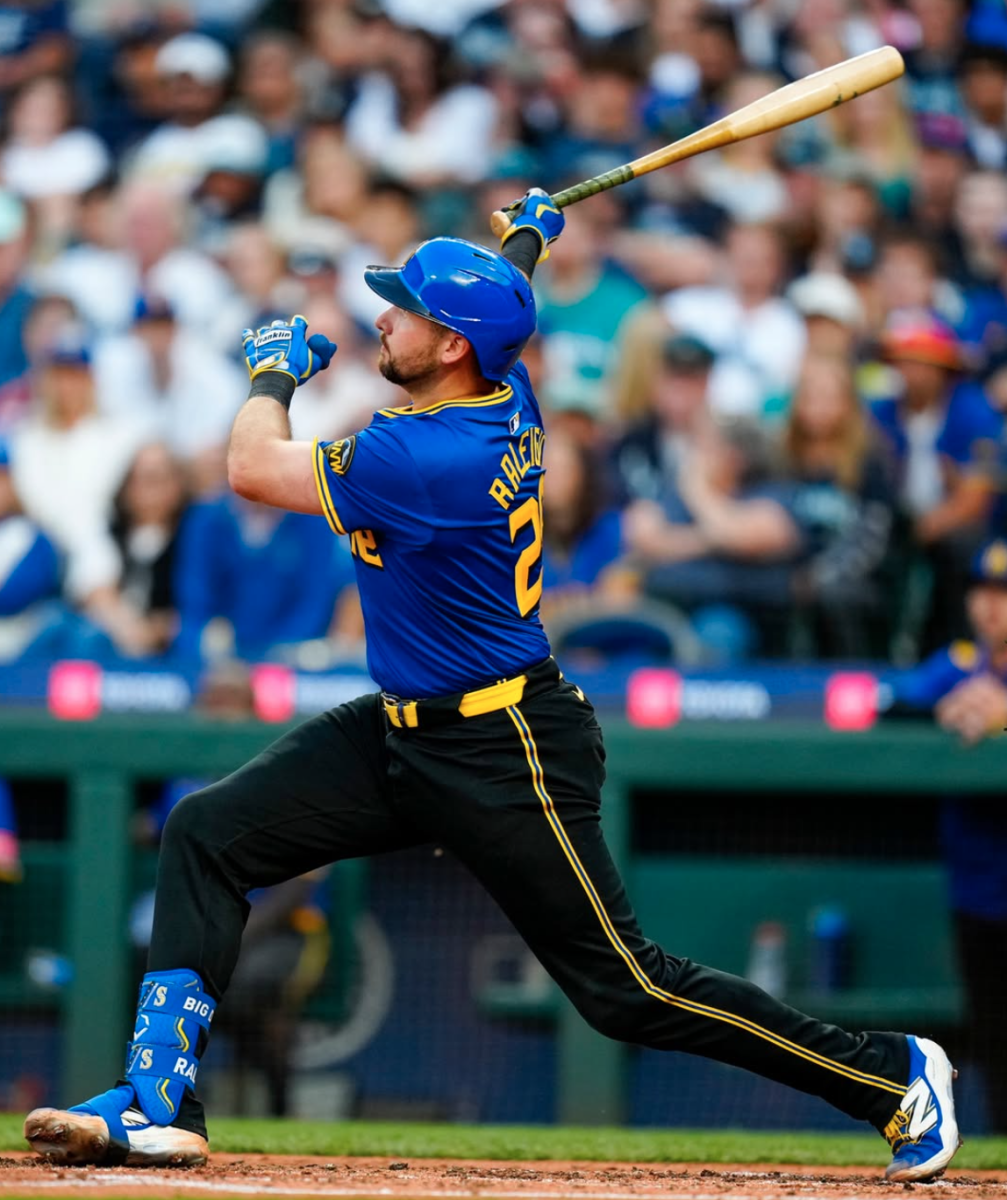

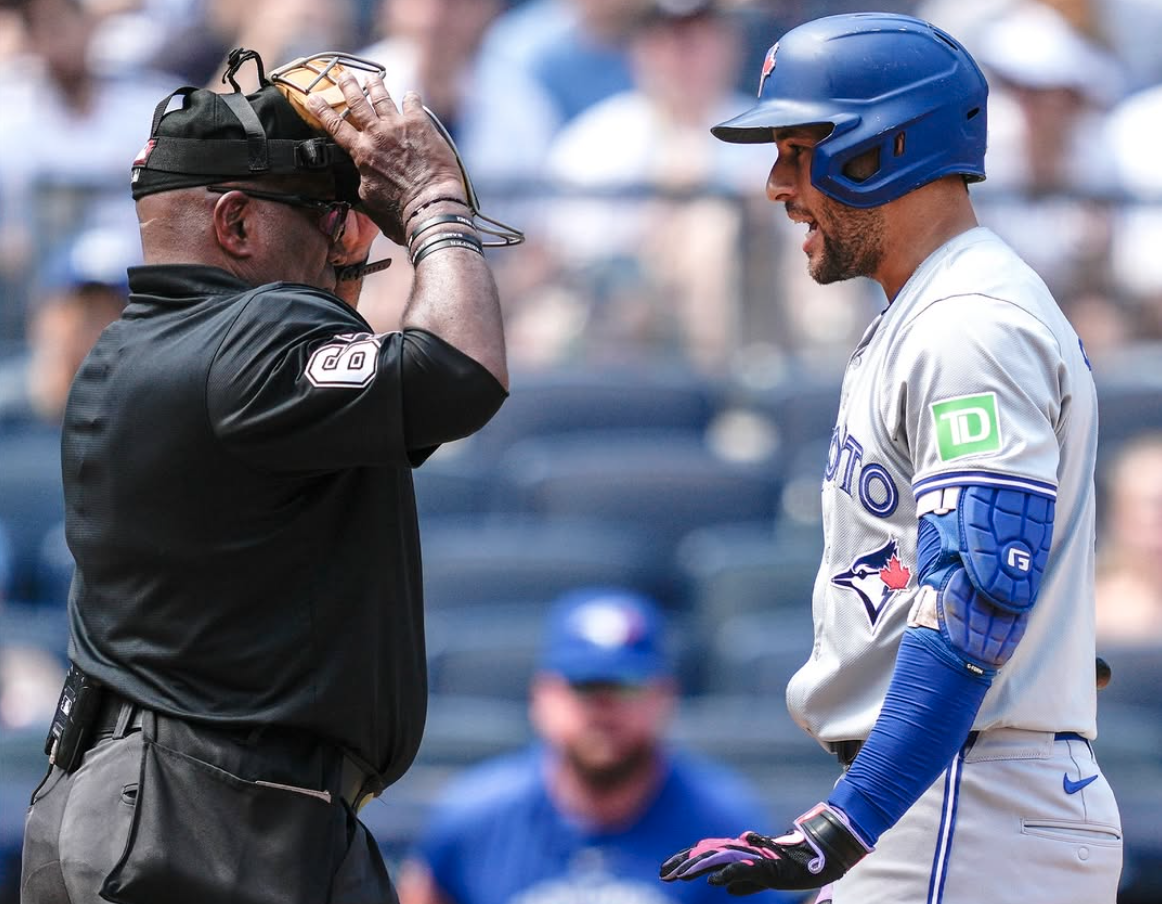

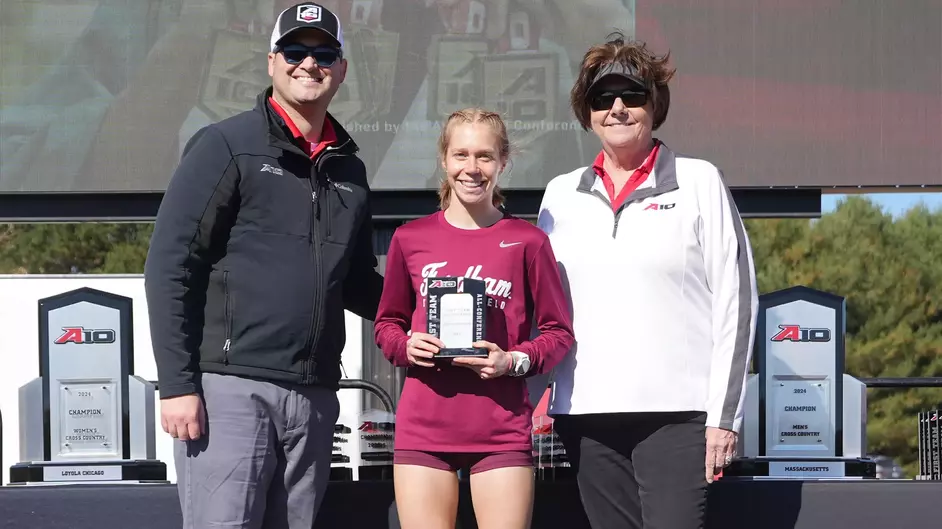

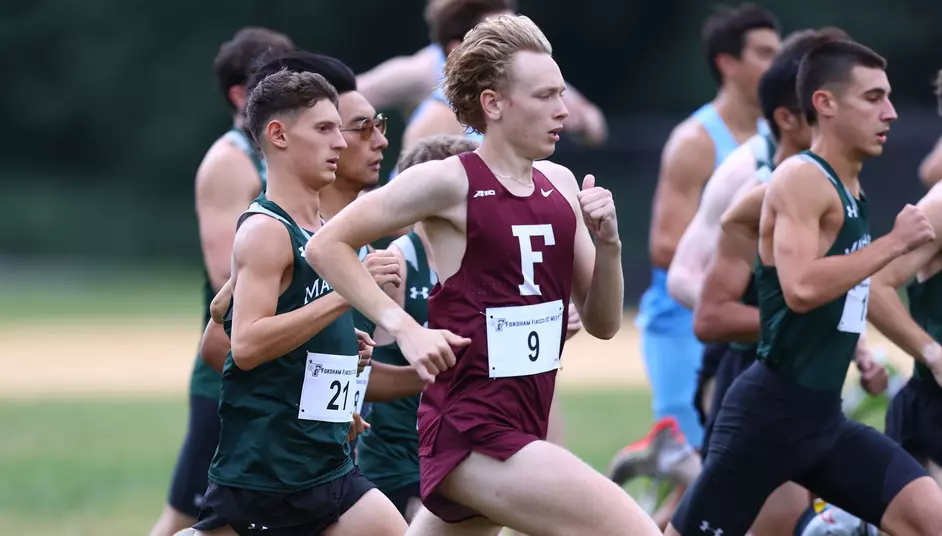
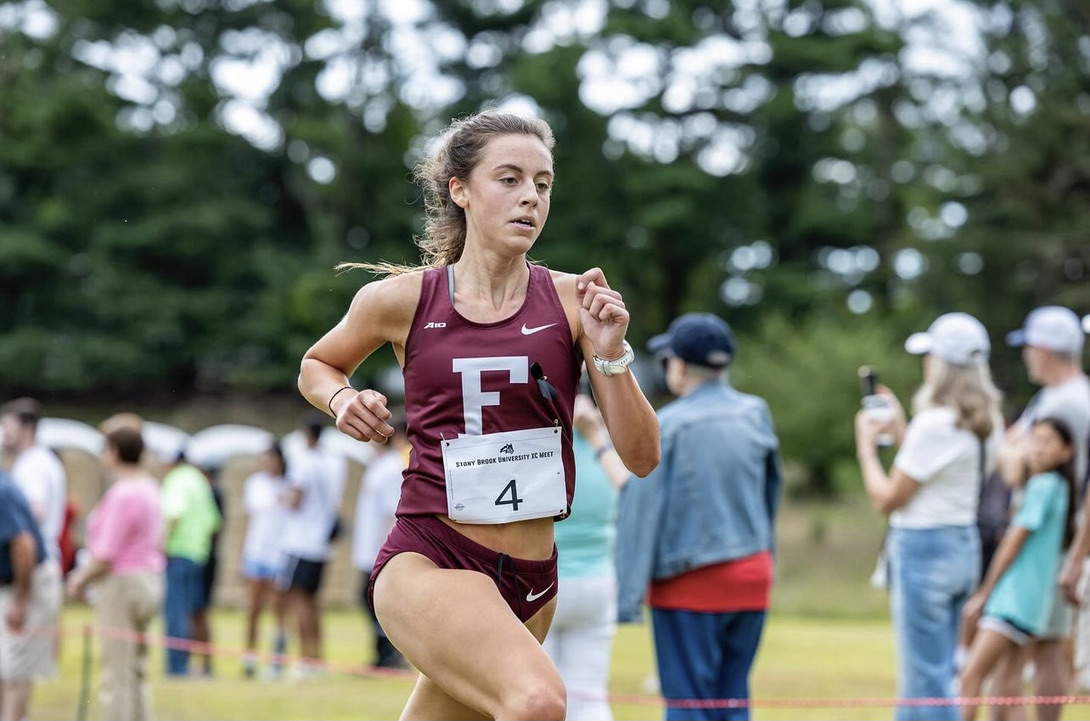
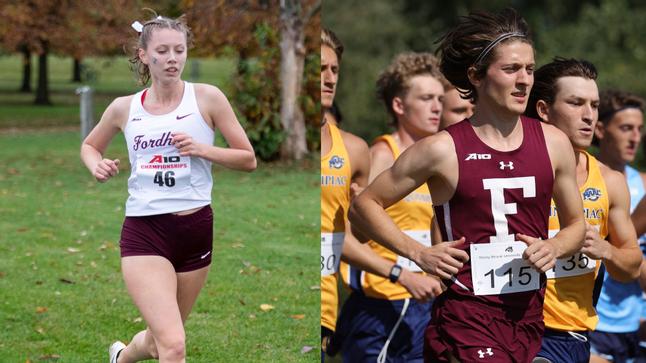
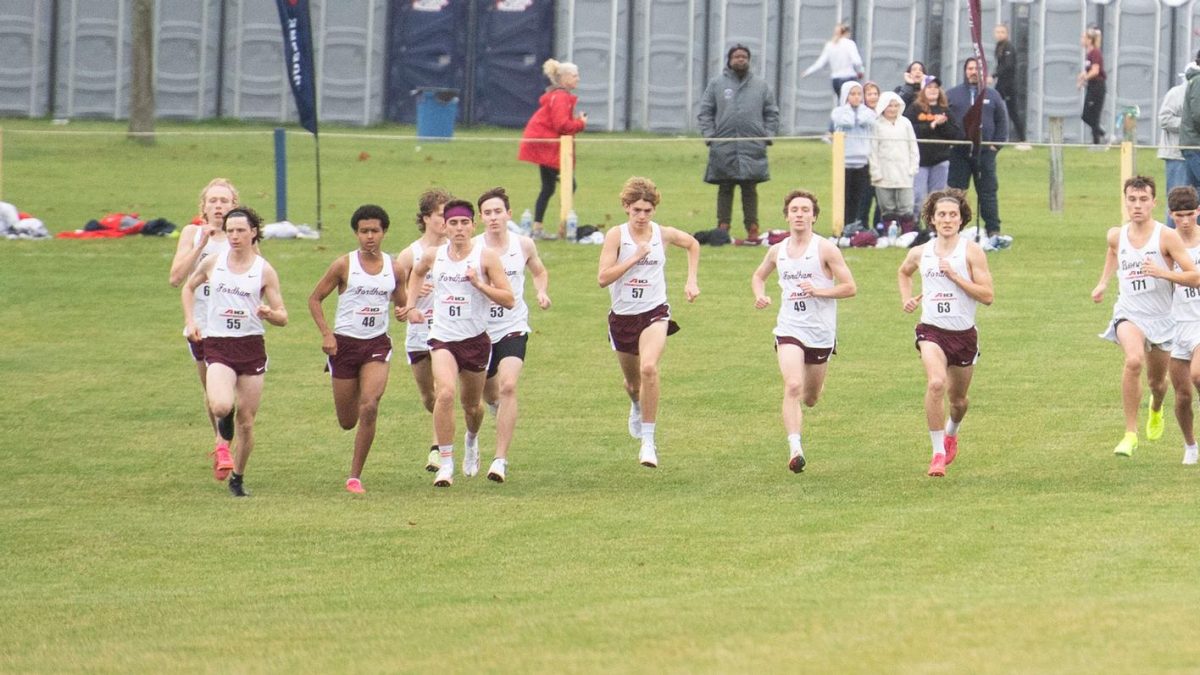
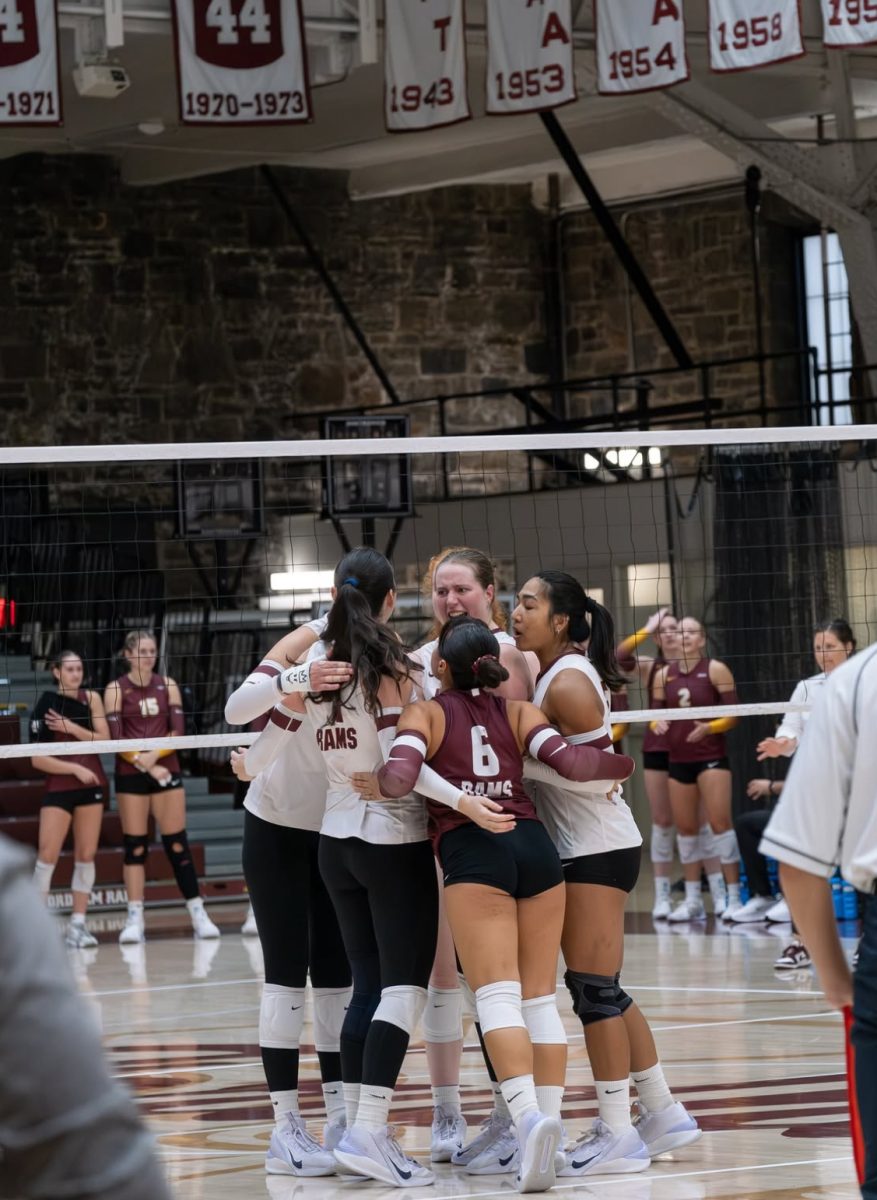
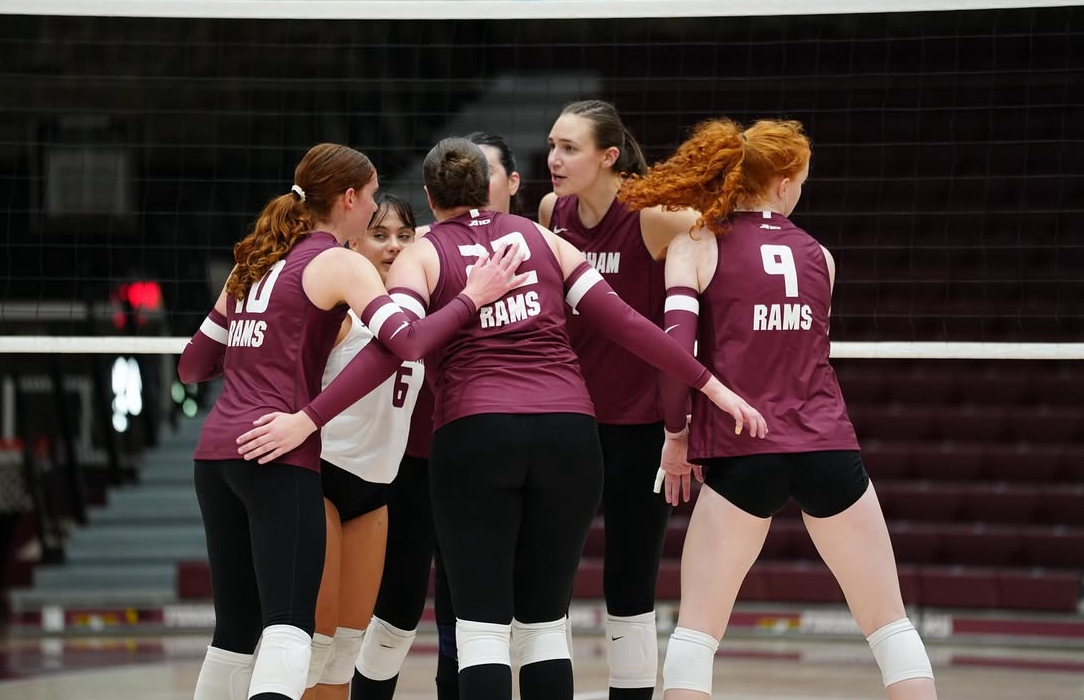

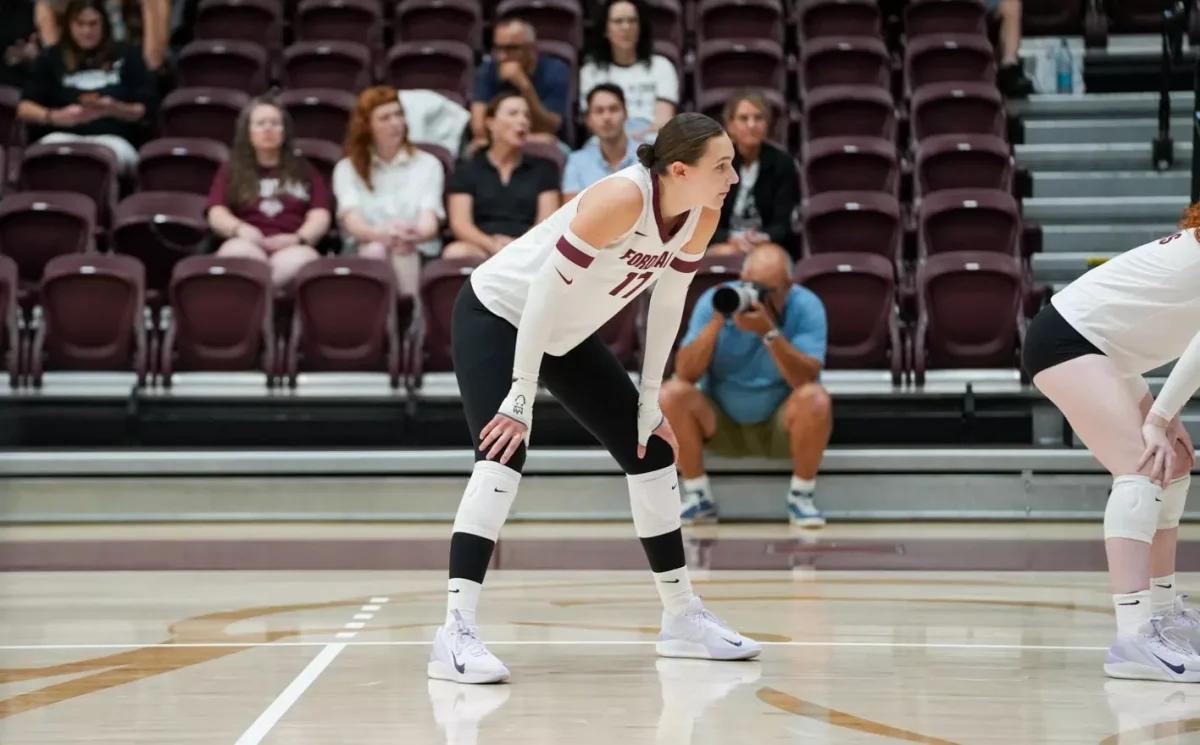
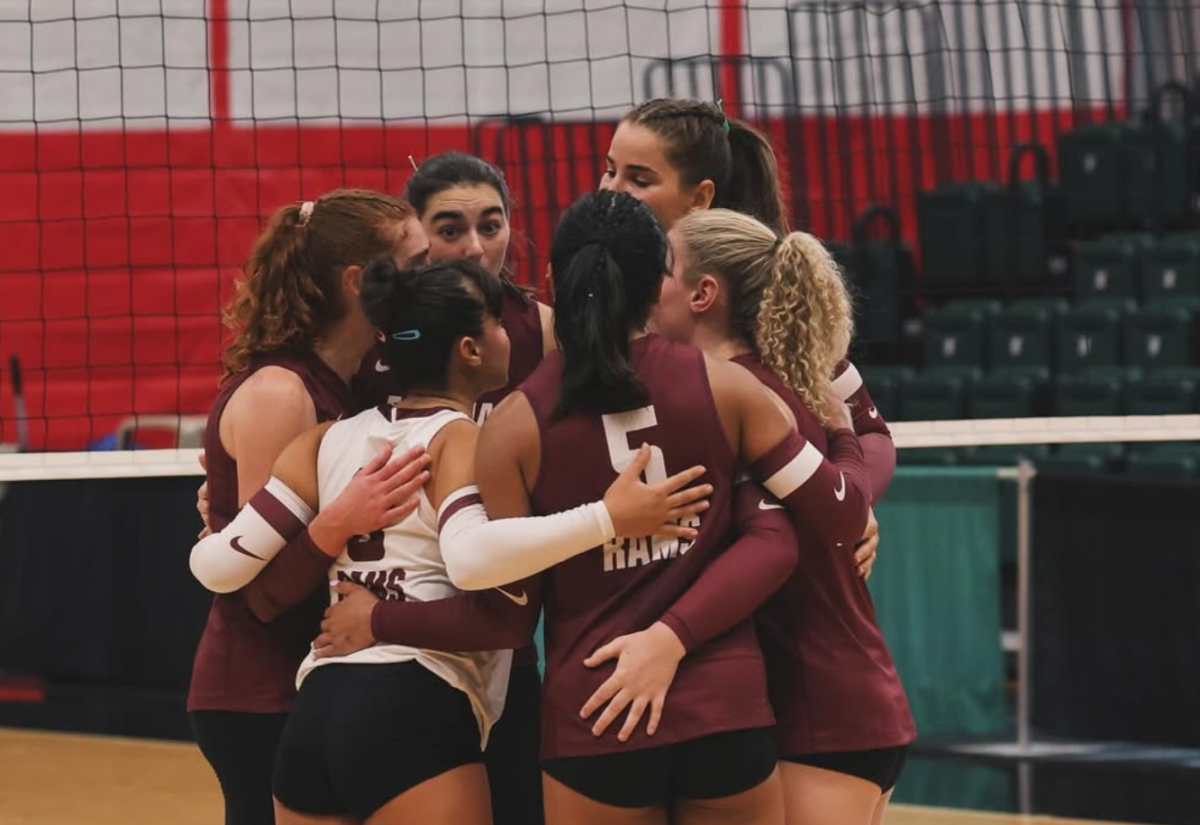
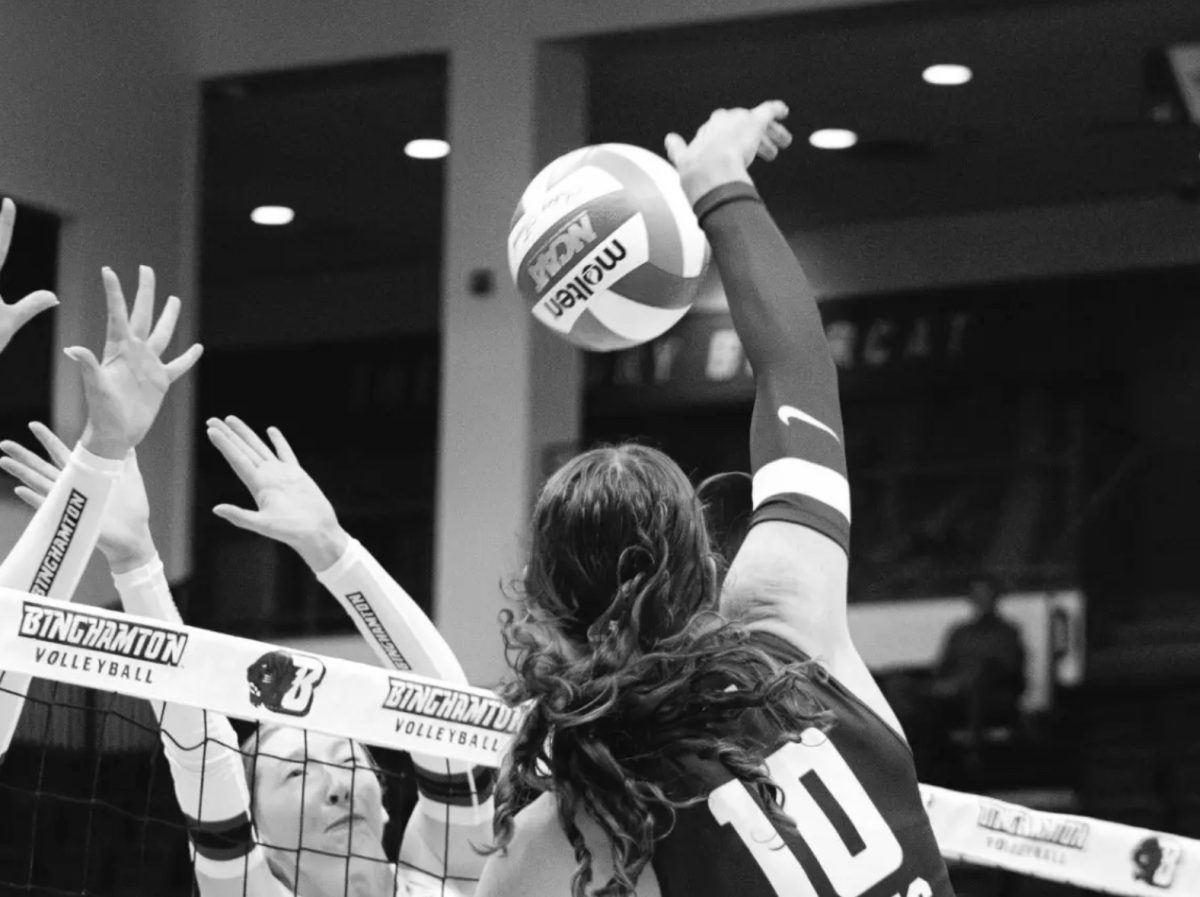


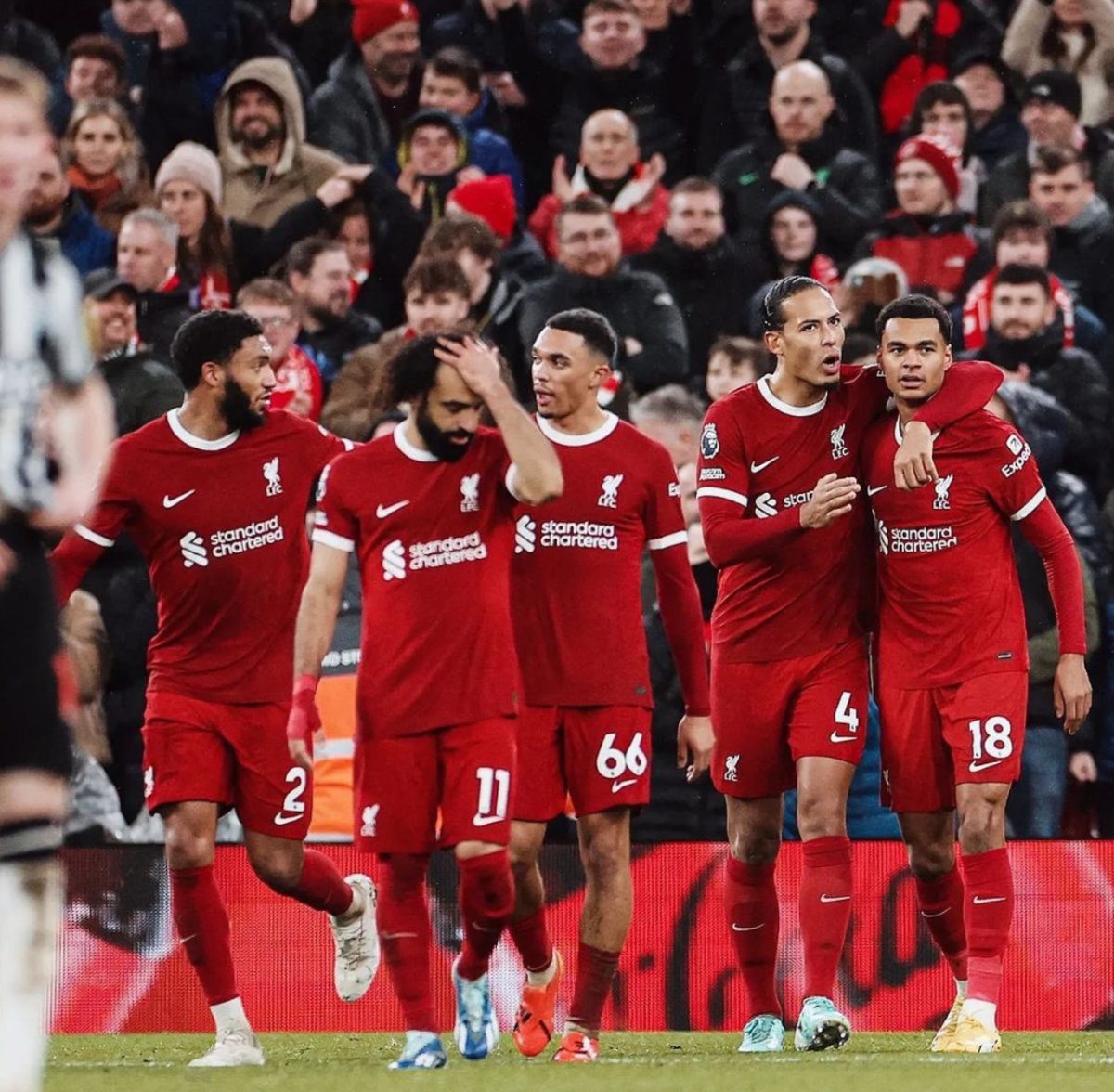
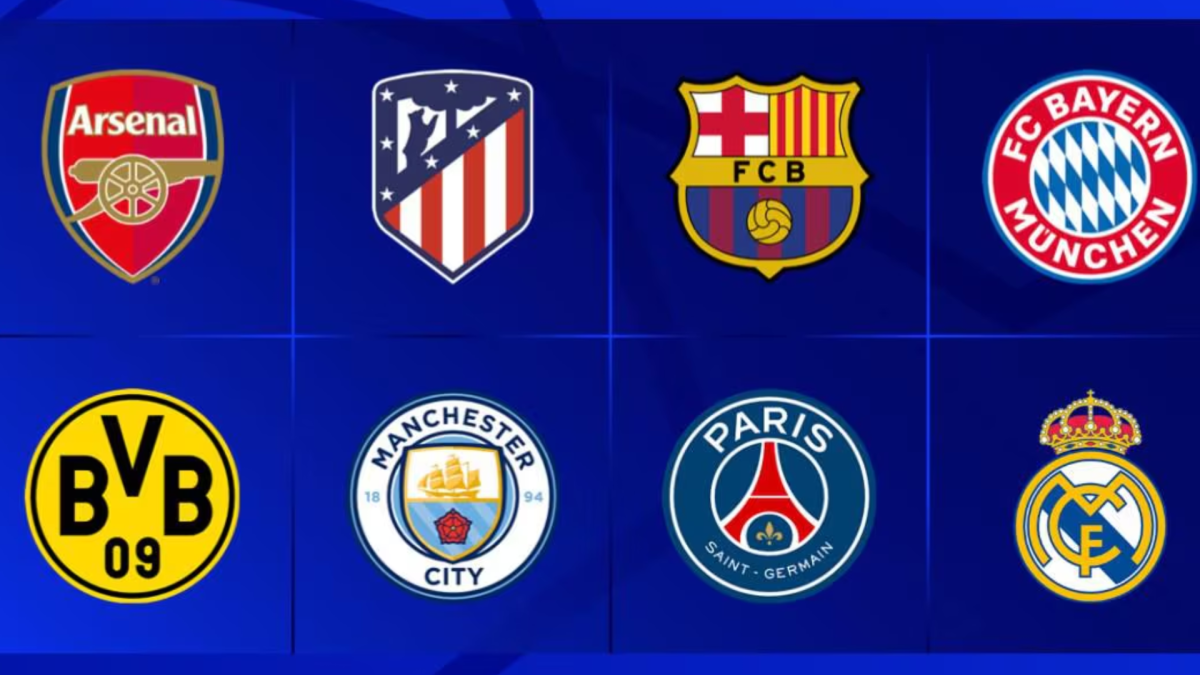

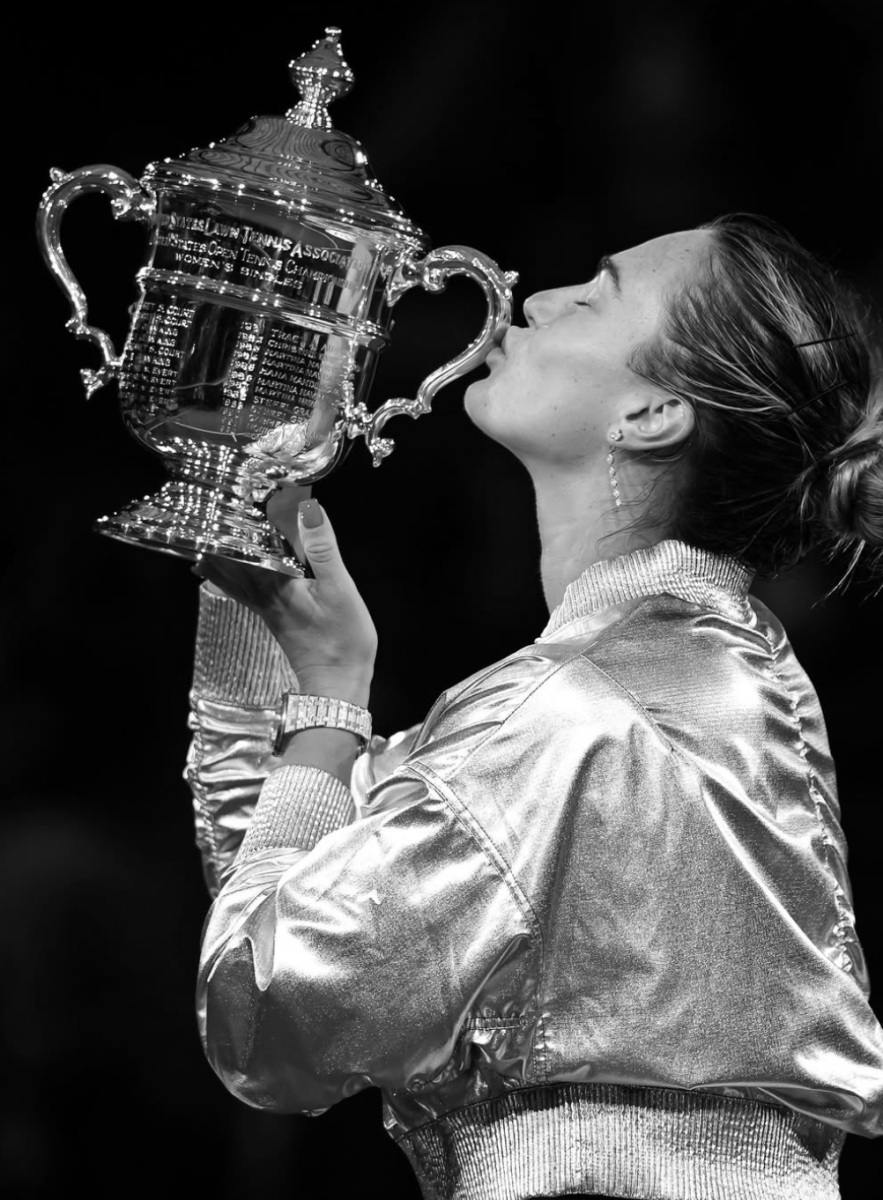
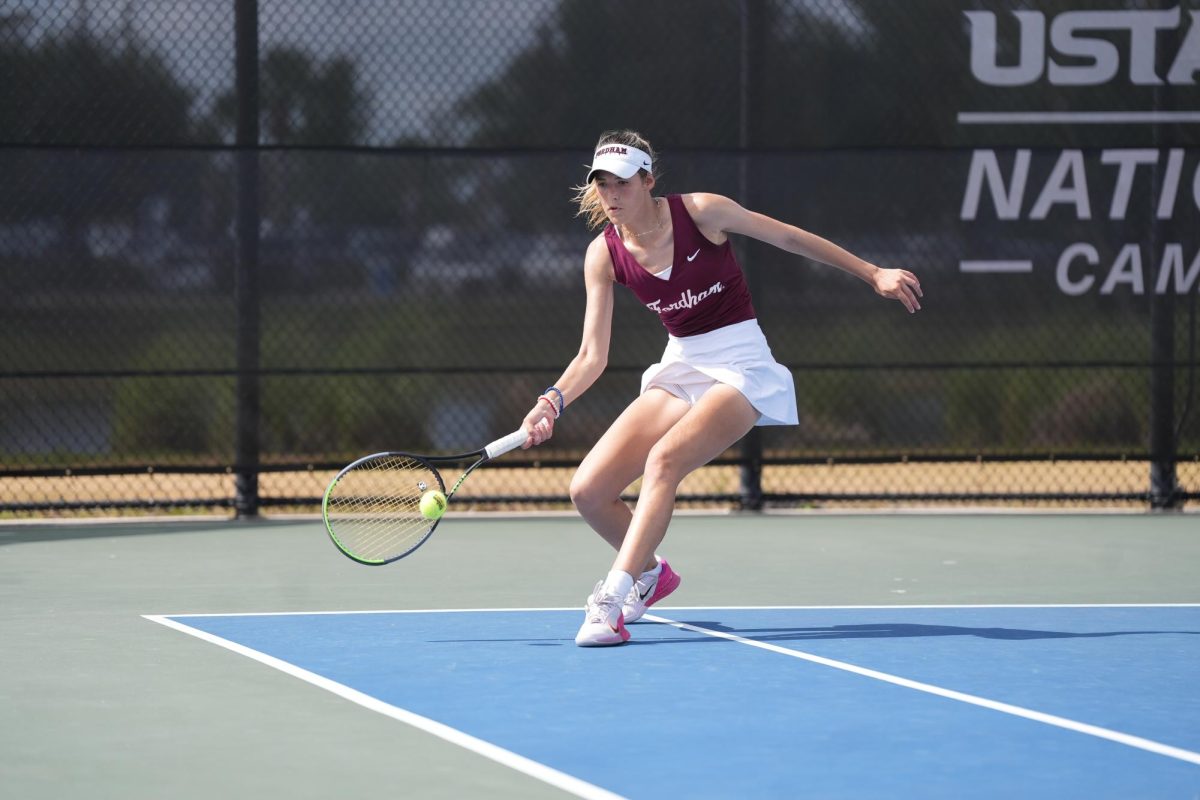
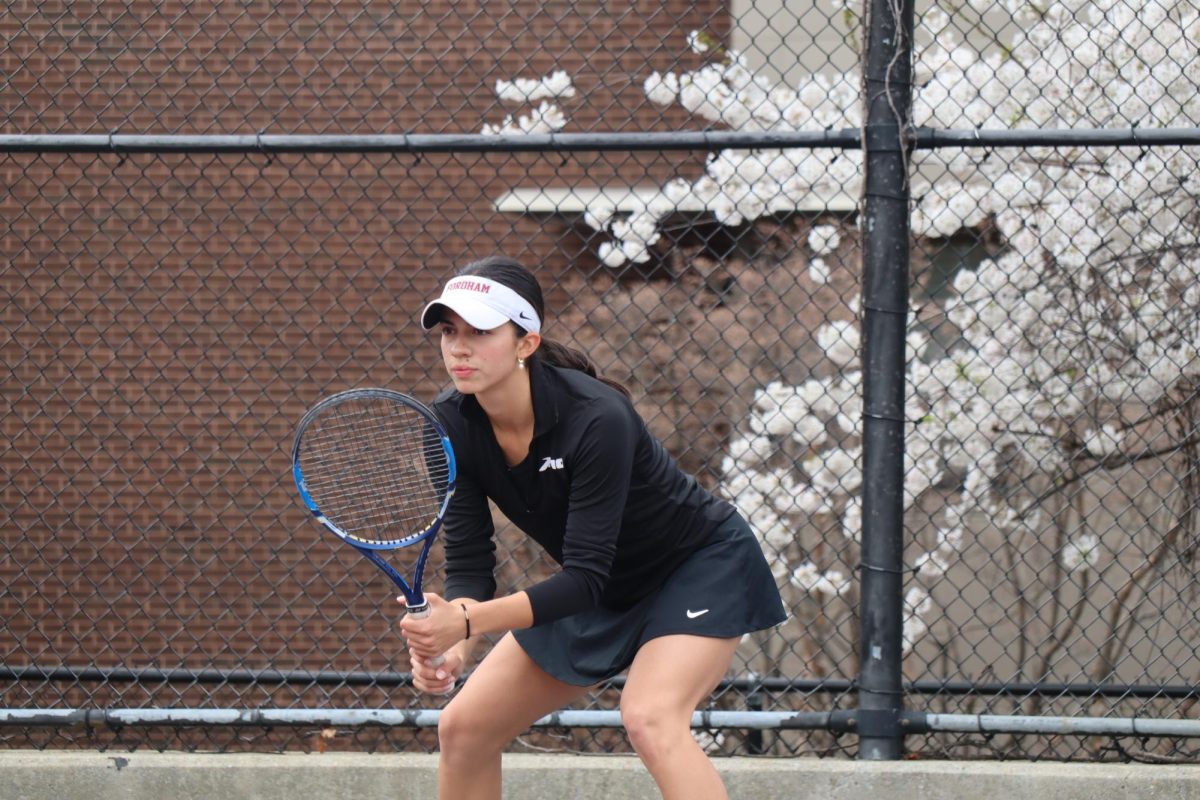
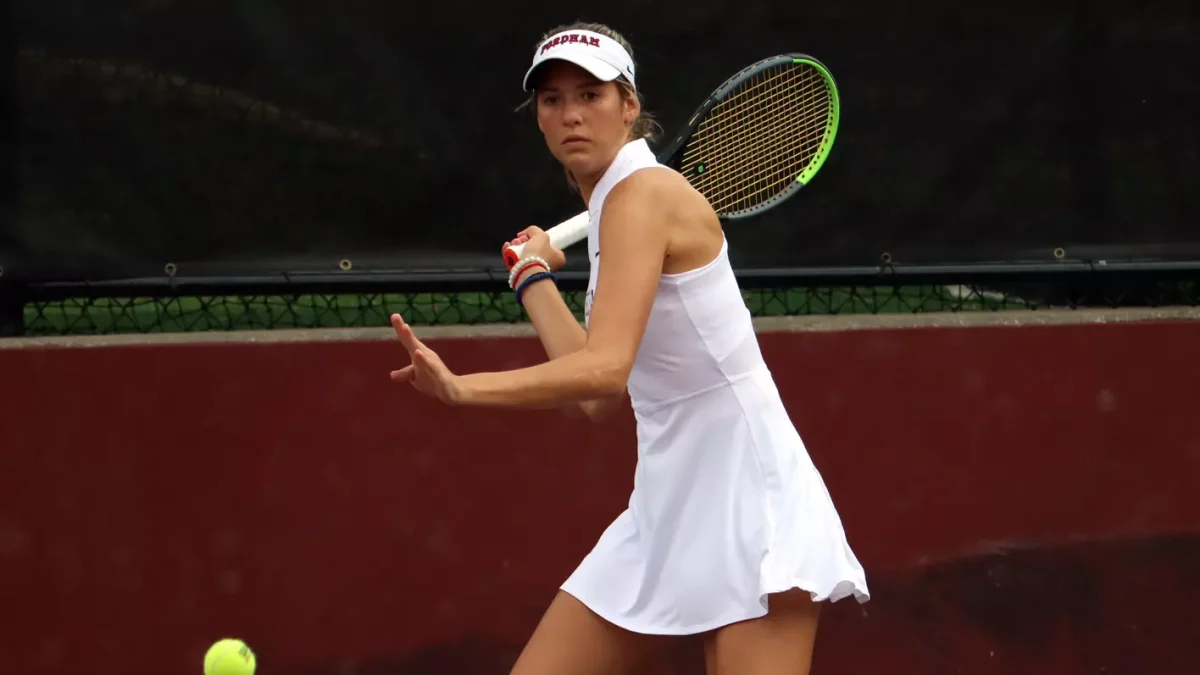
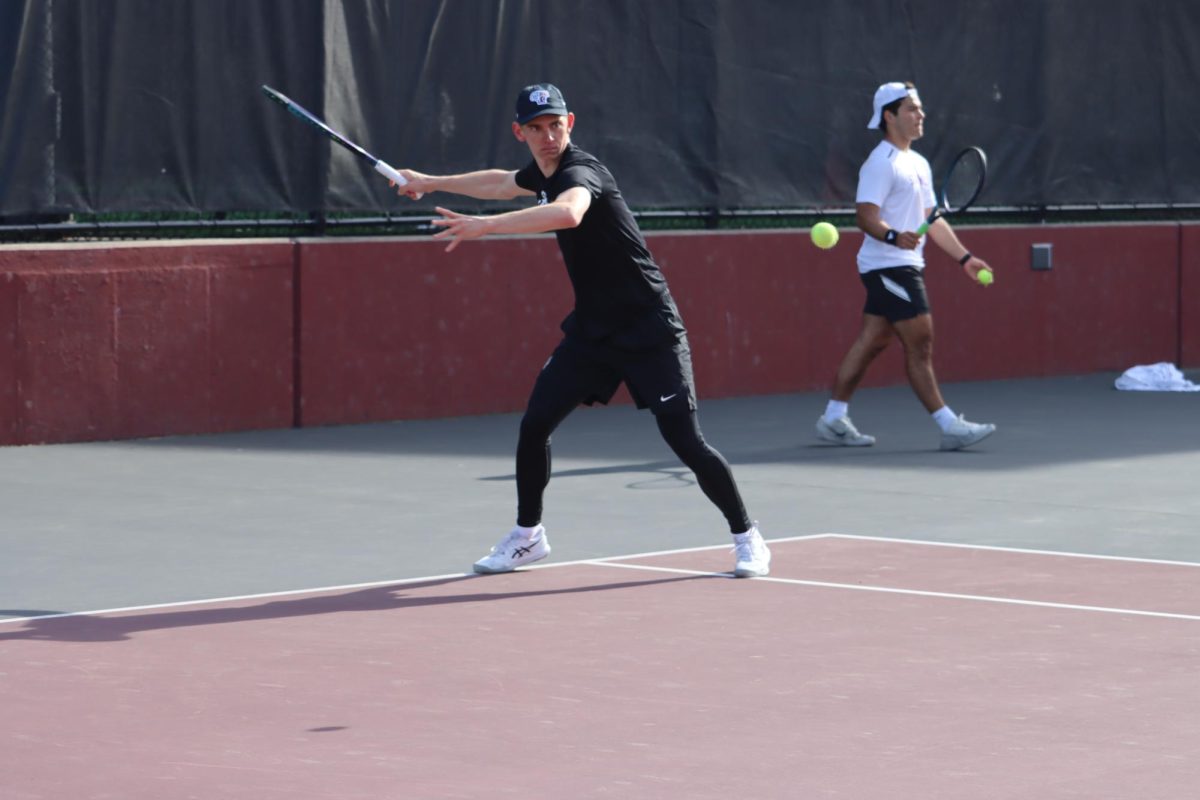

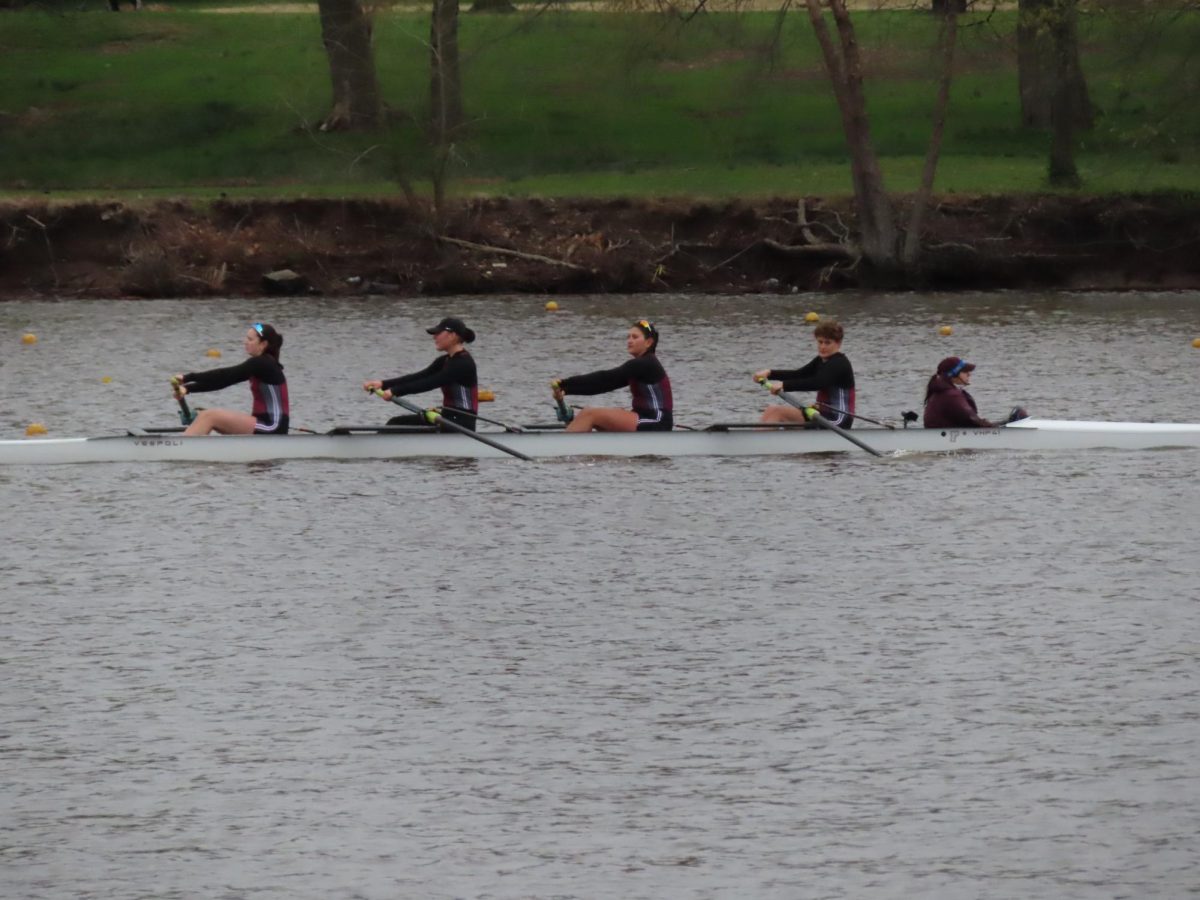
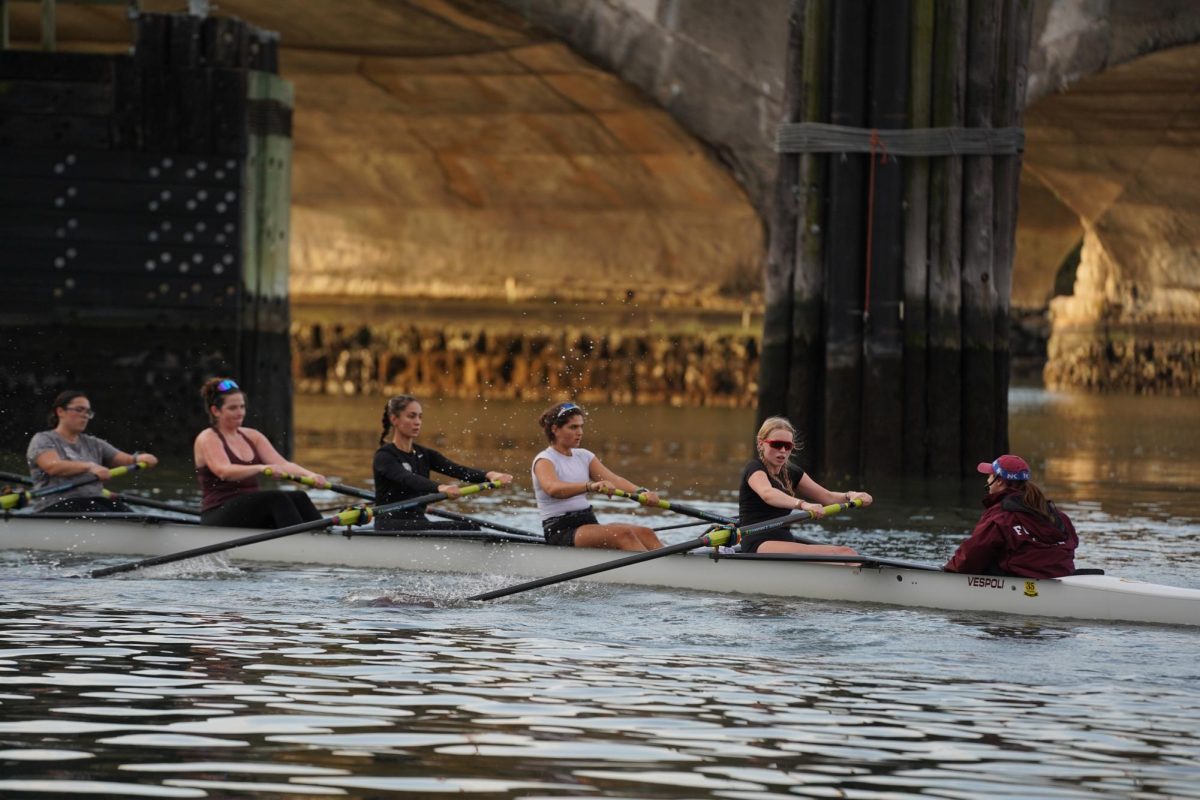

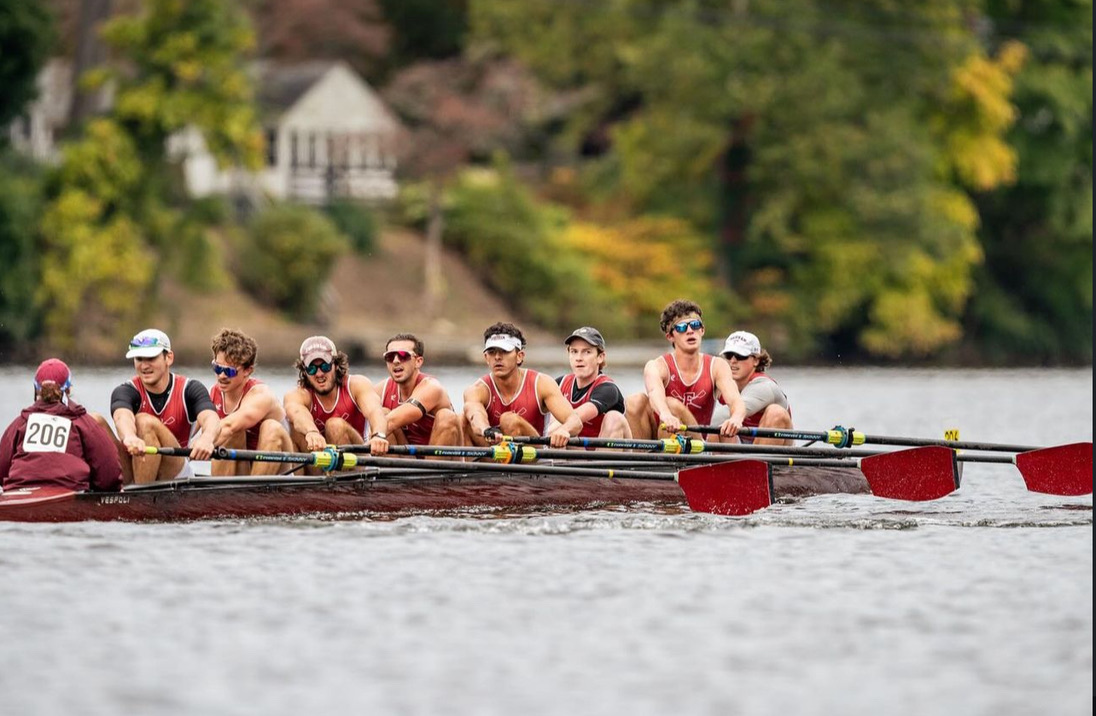

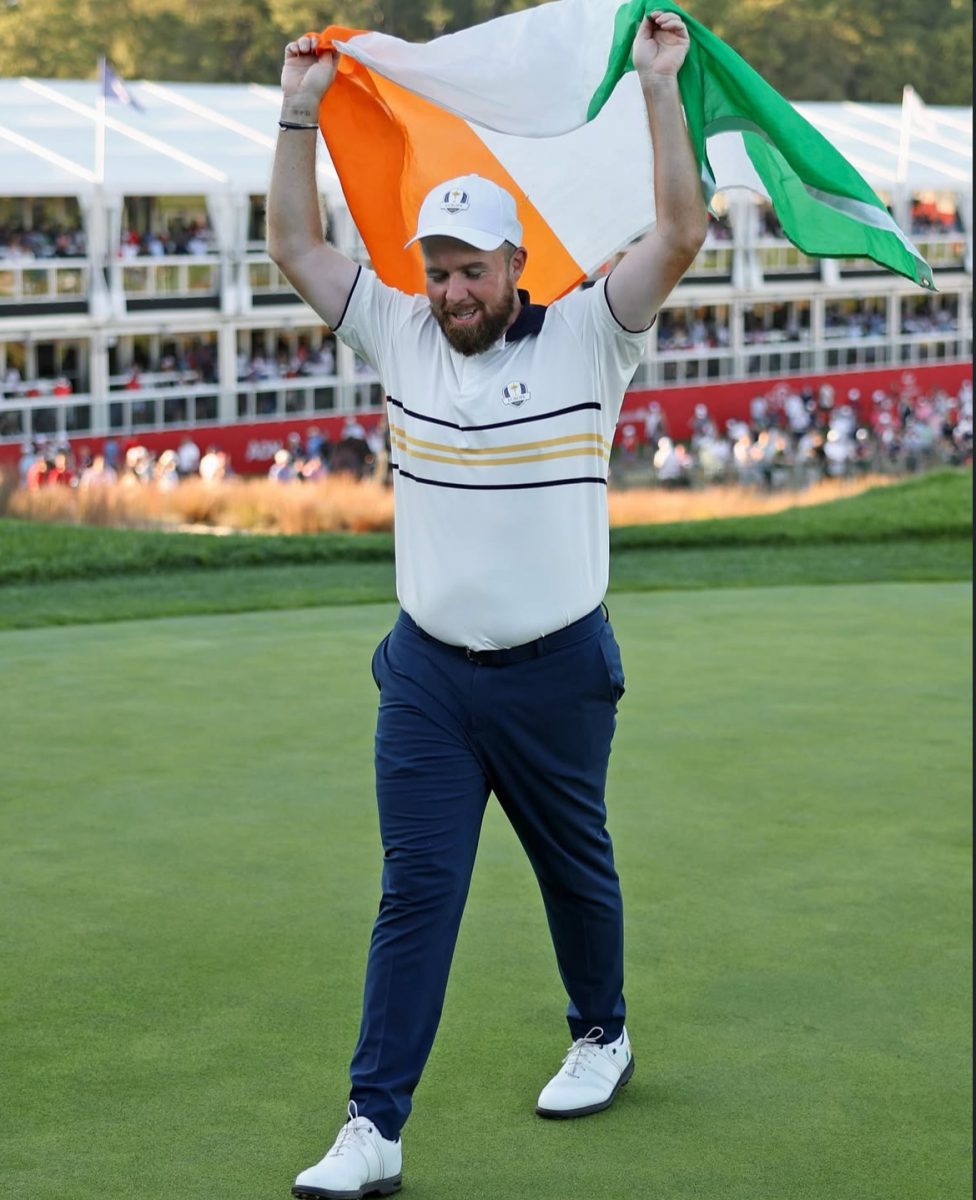



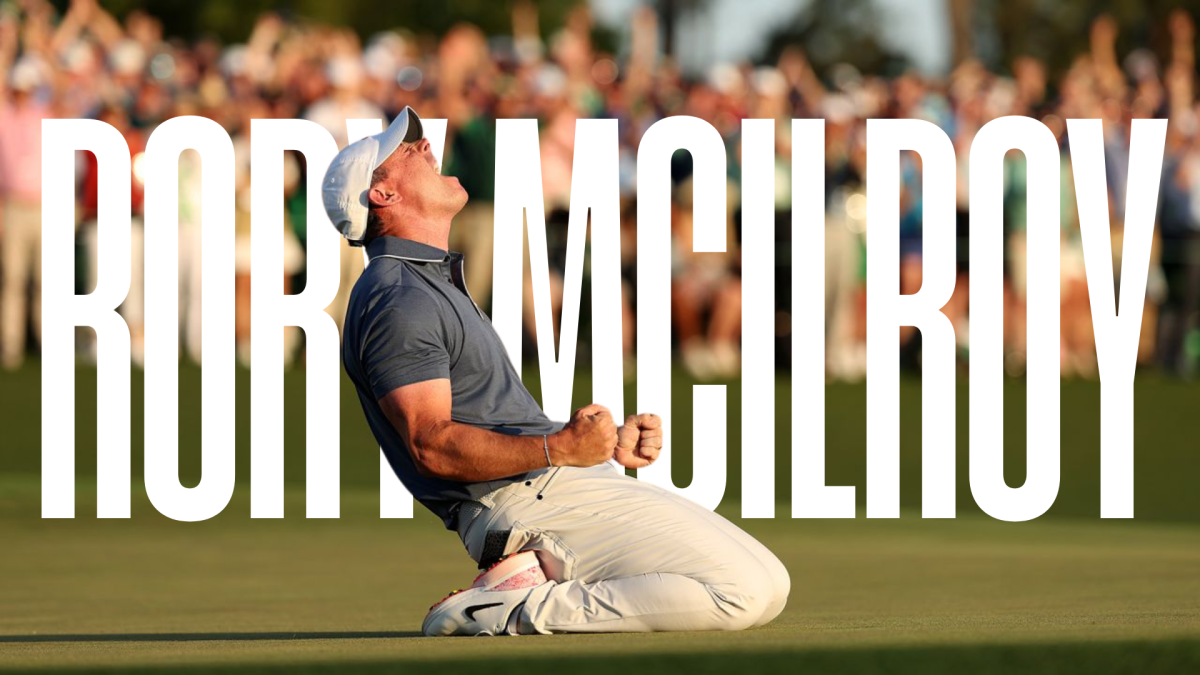
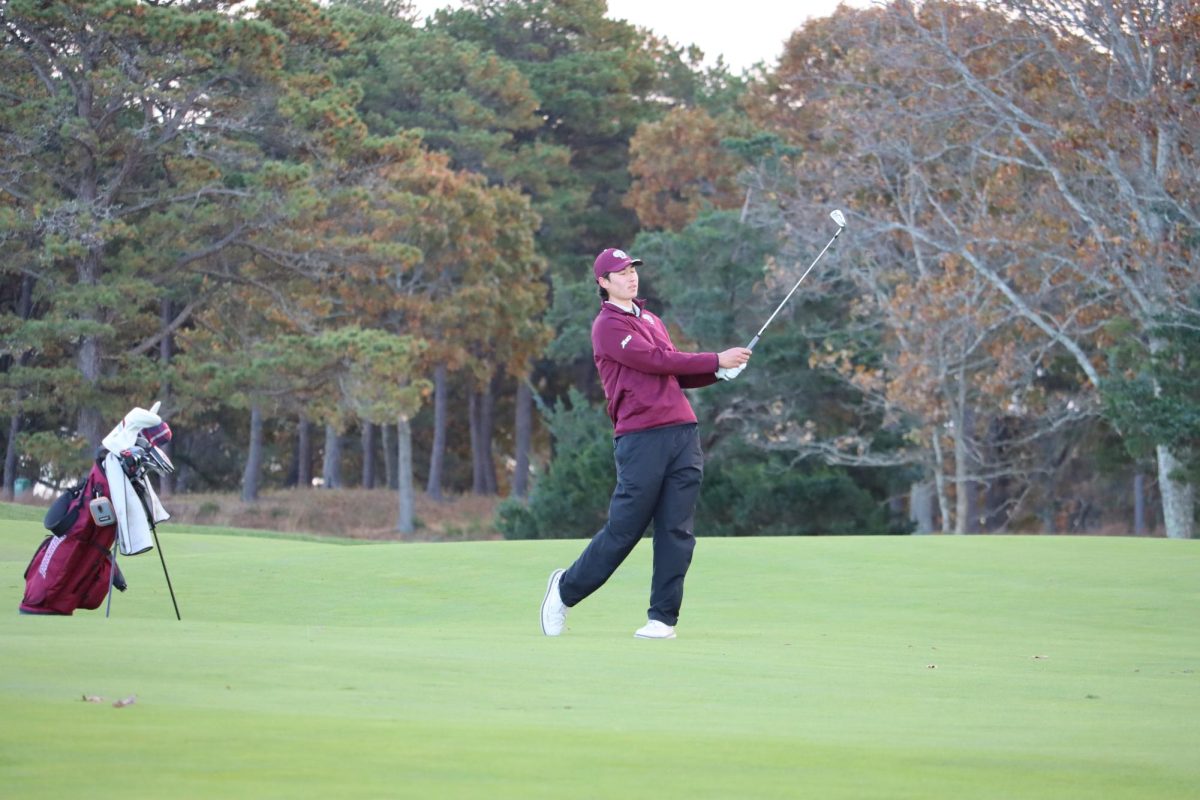

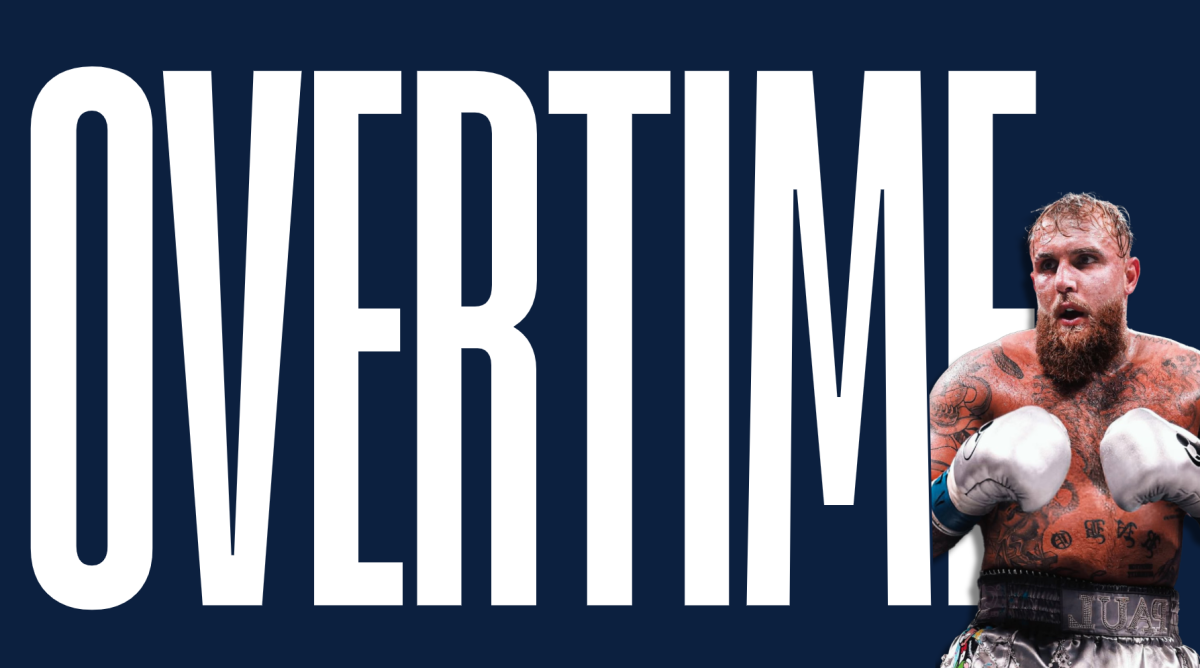
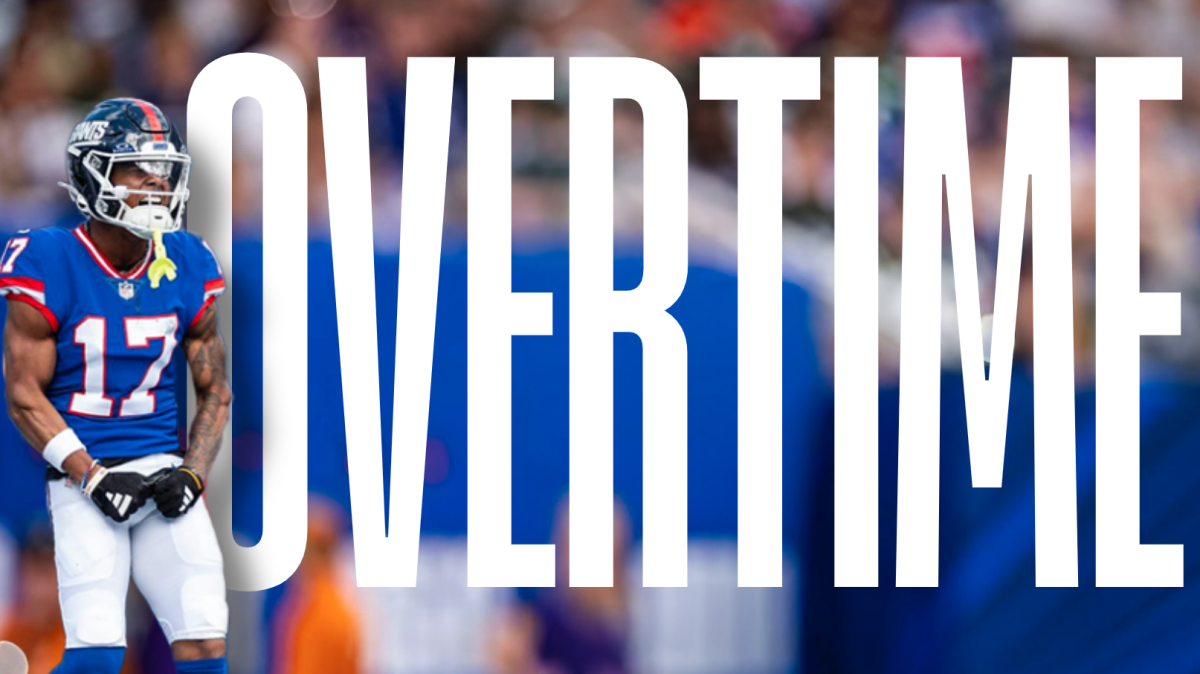
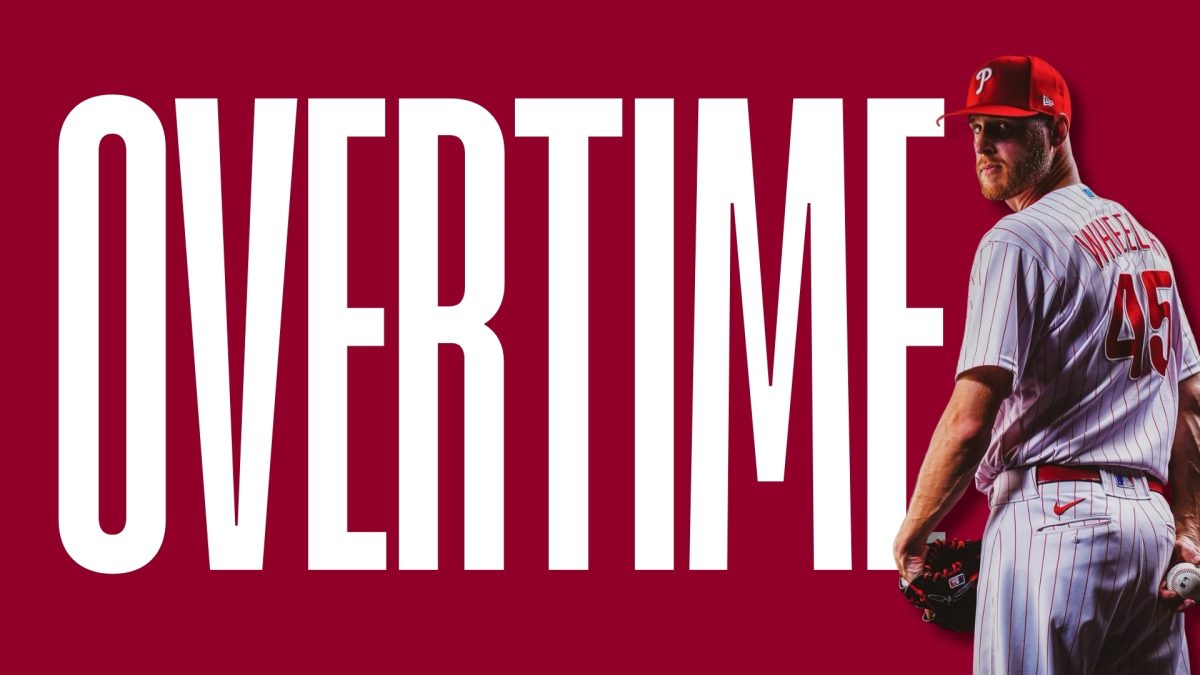
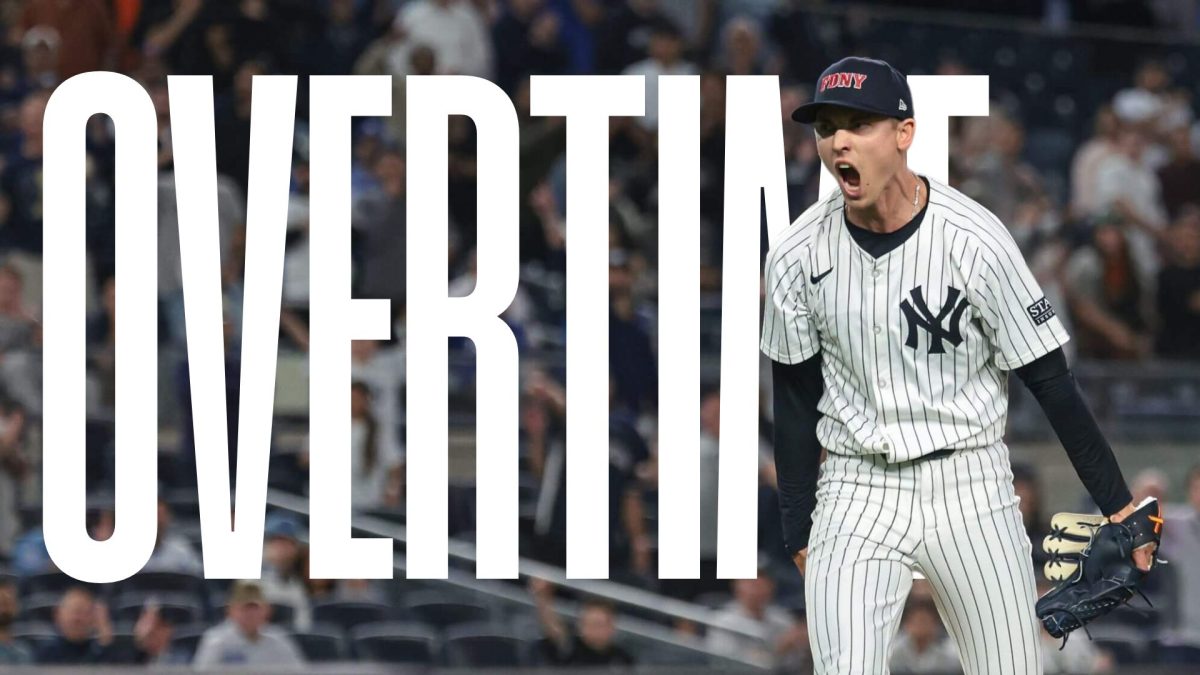

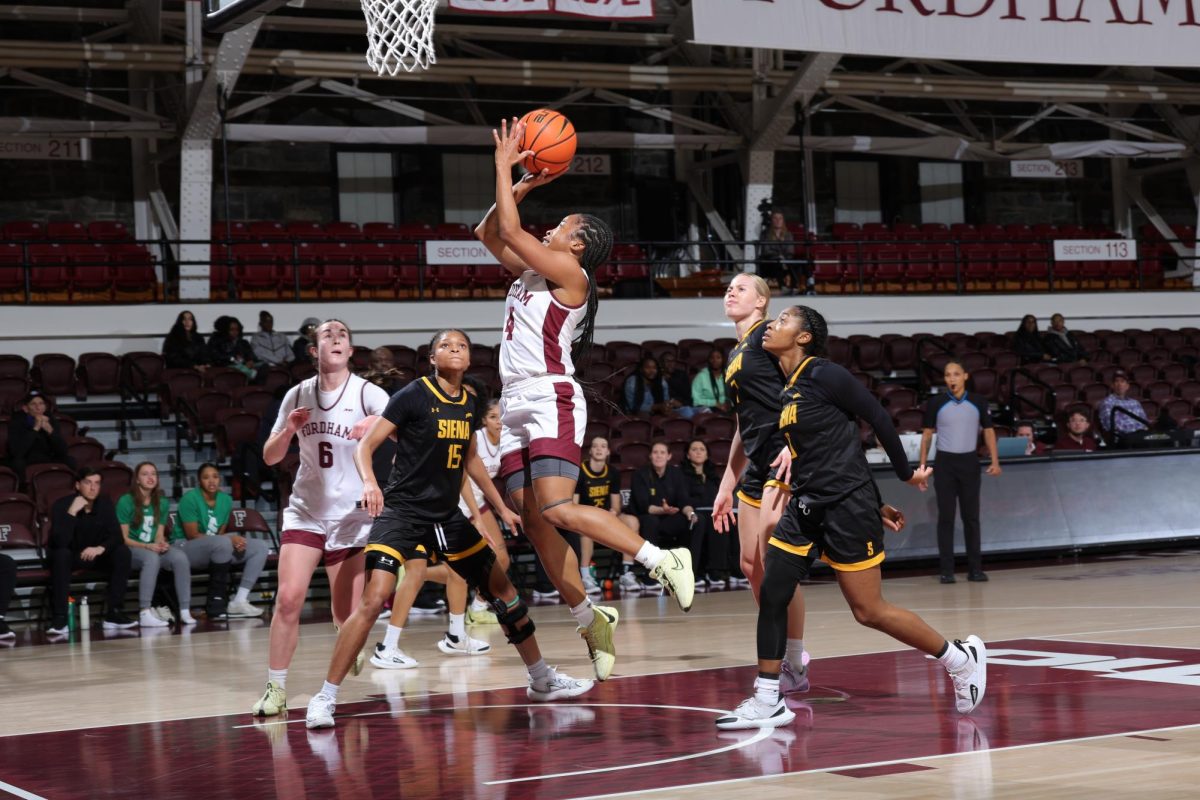



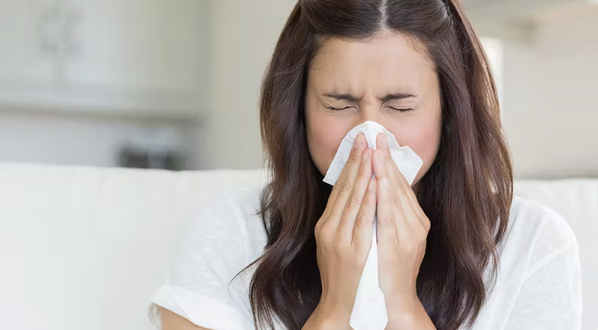

Ellie • Feb 6, 2025 at 1:41 pm
Thank you, Ms. Zeraat, for bringing attention to this disparity!